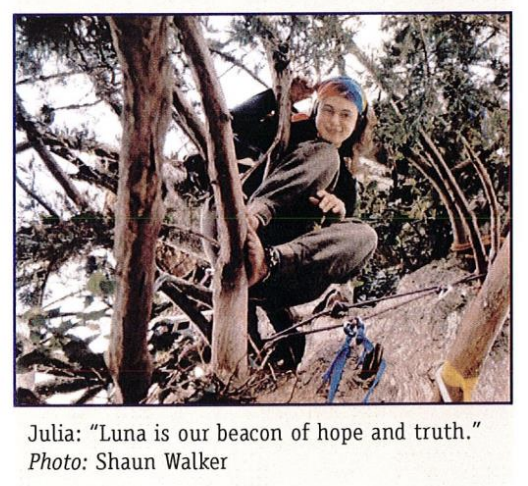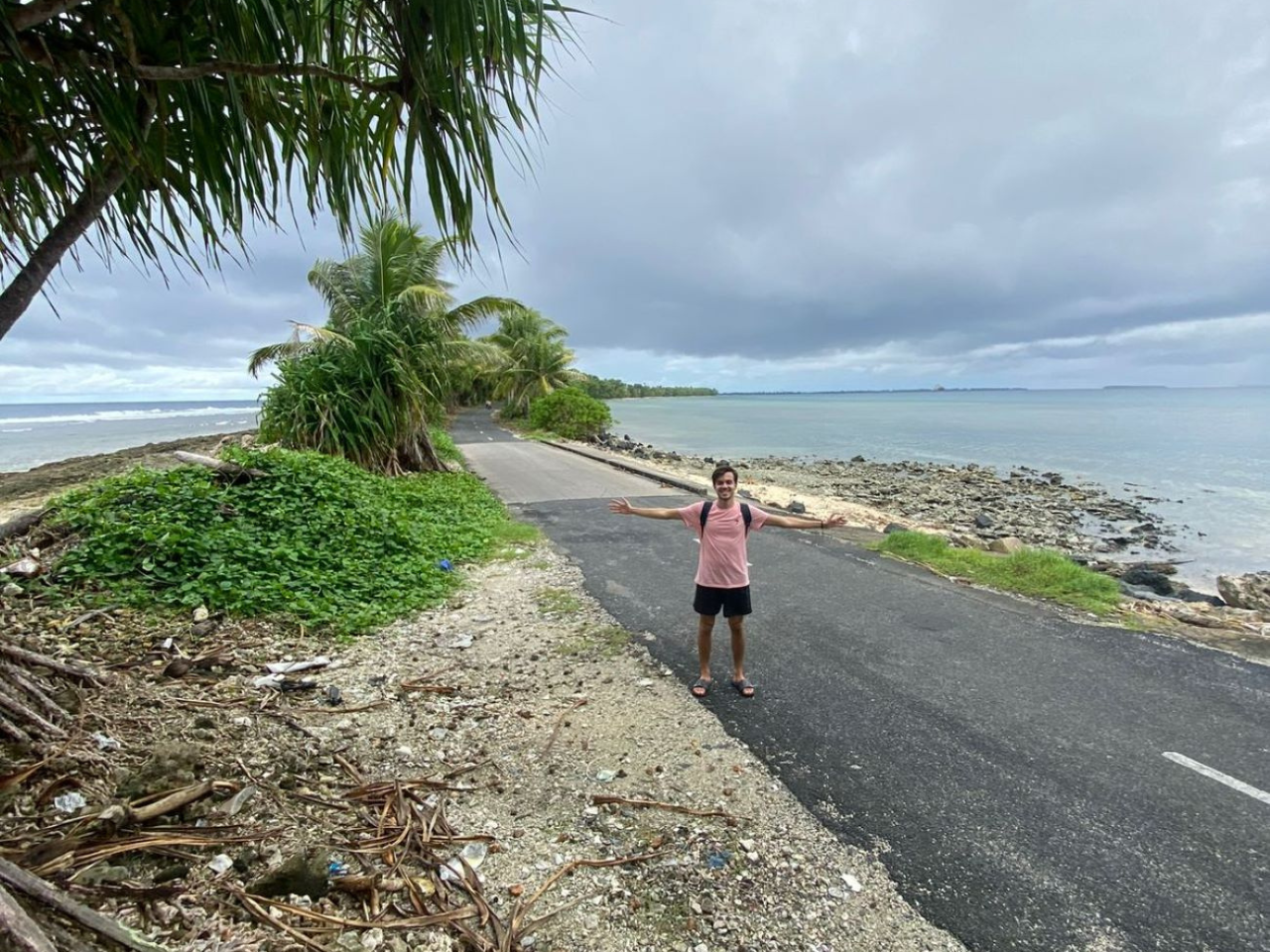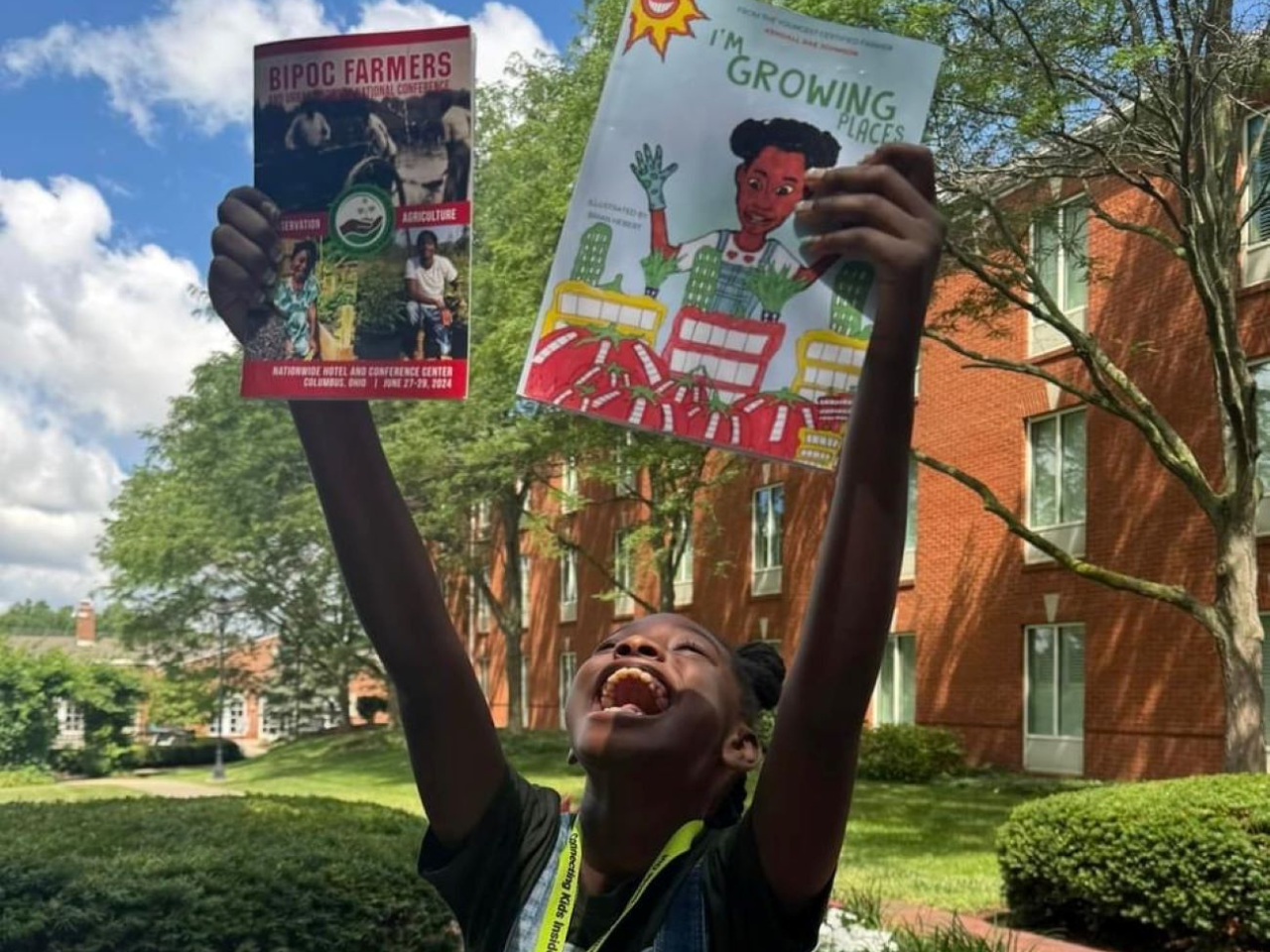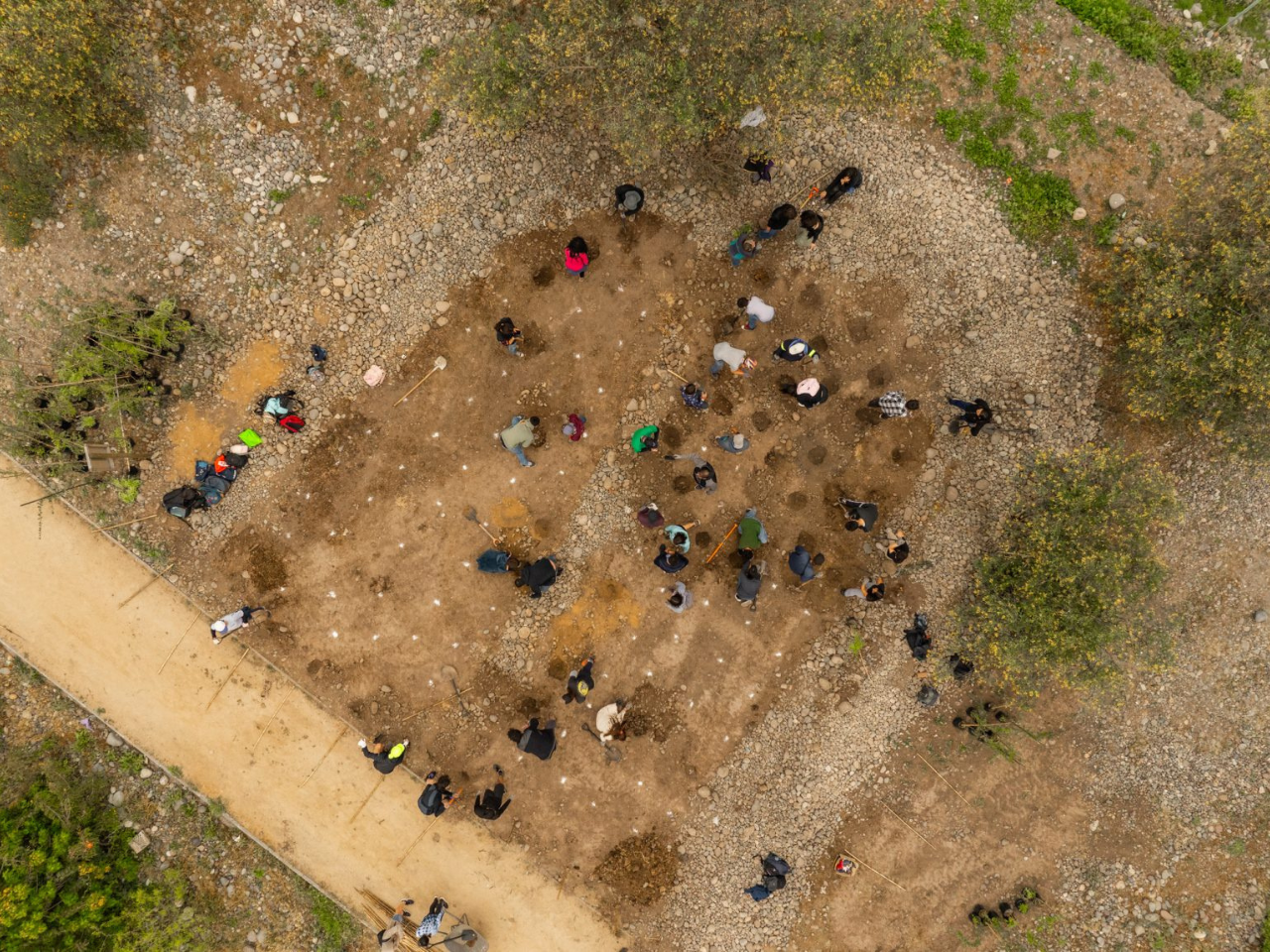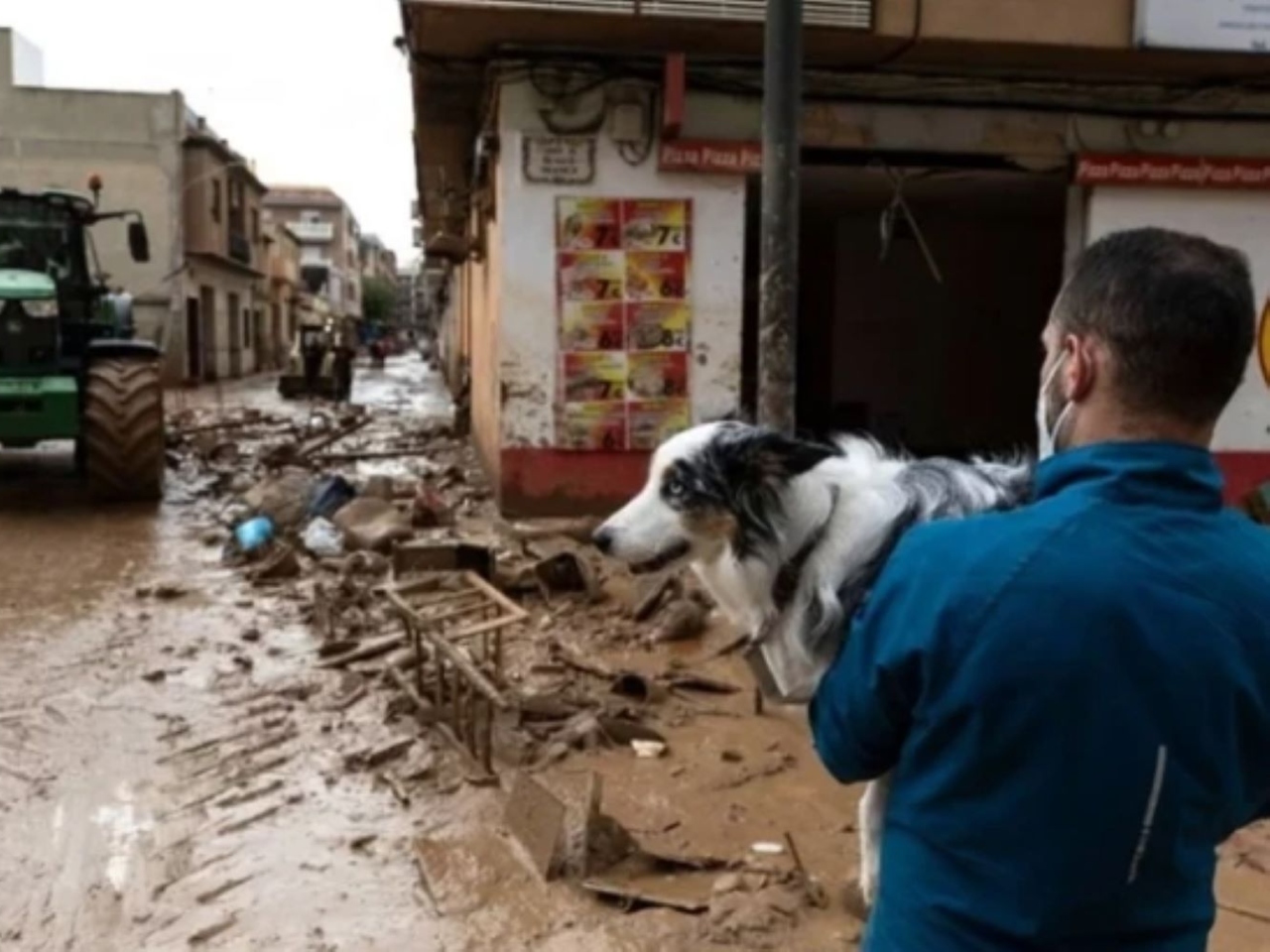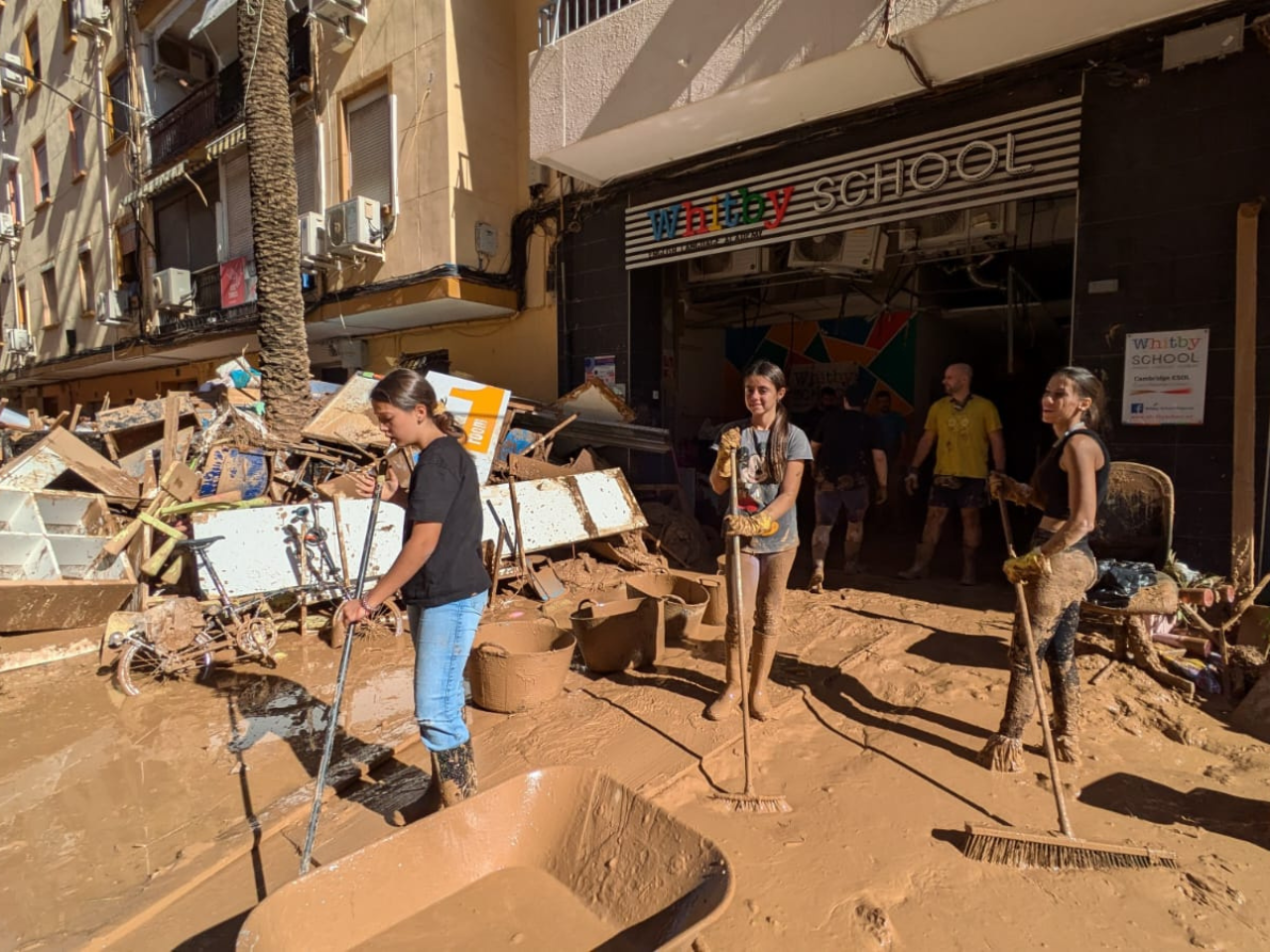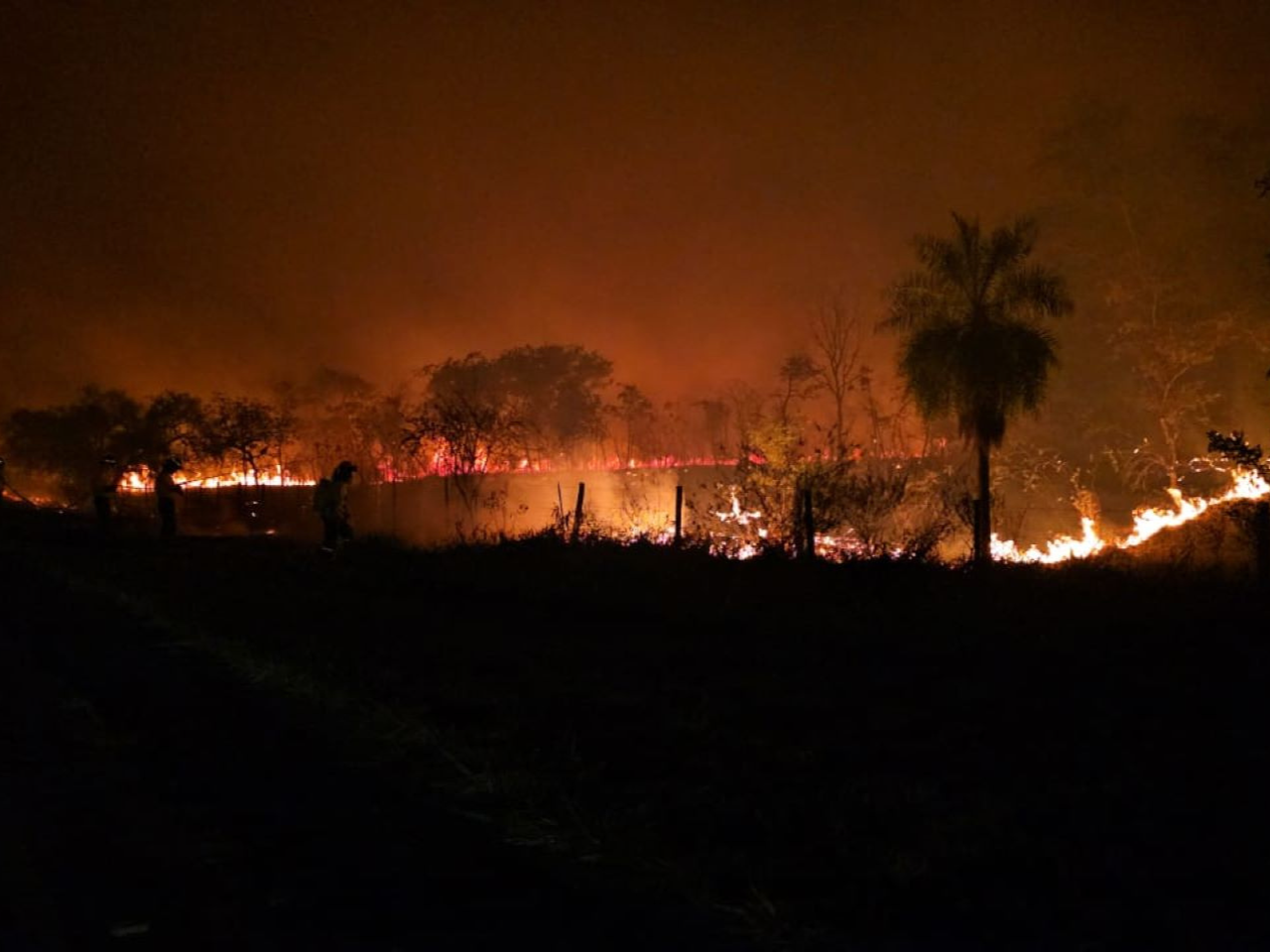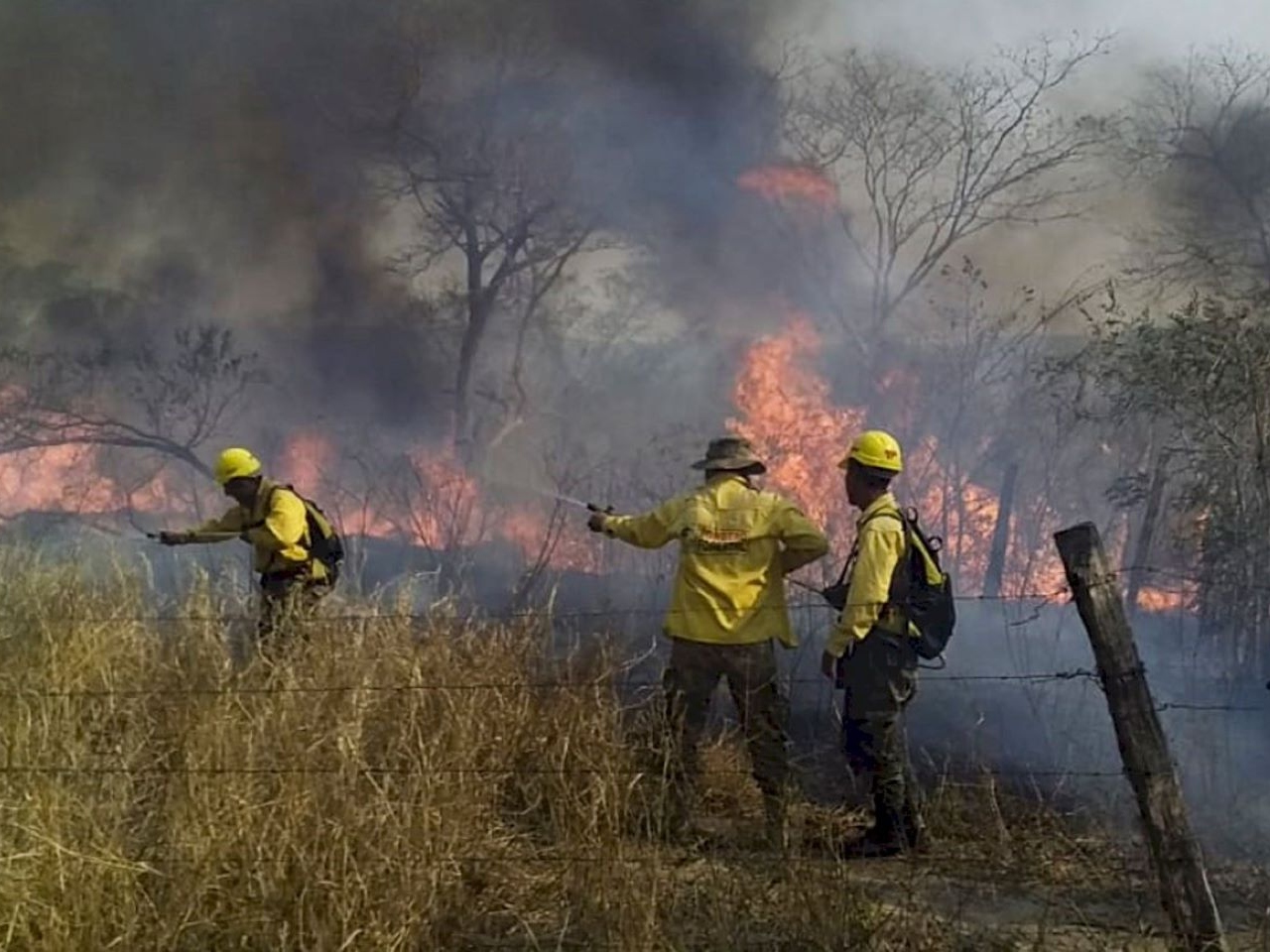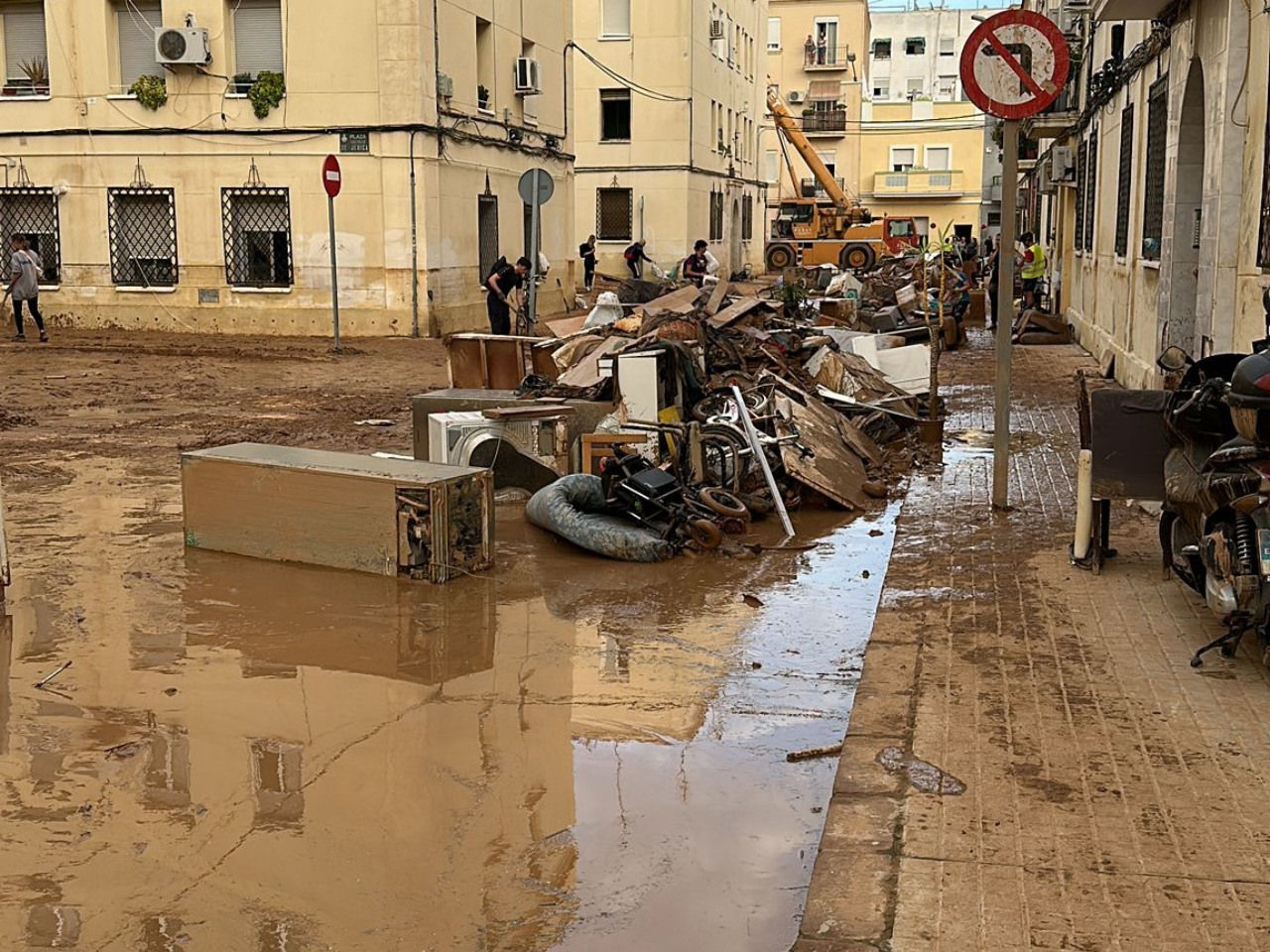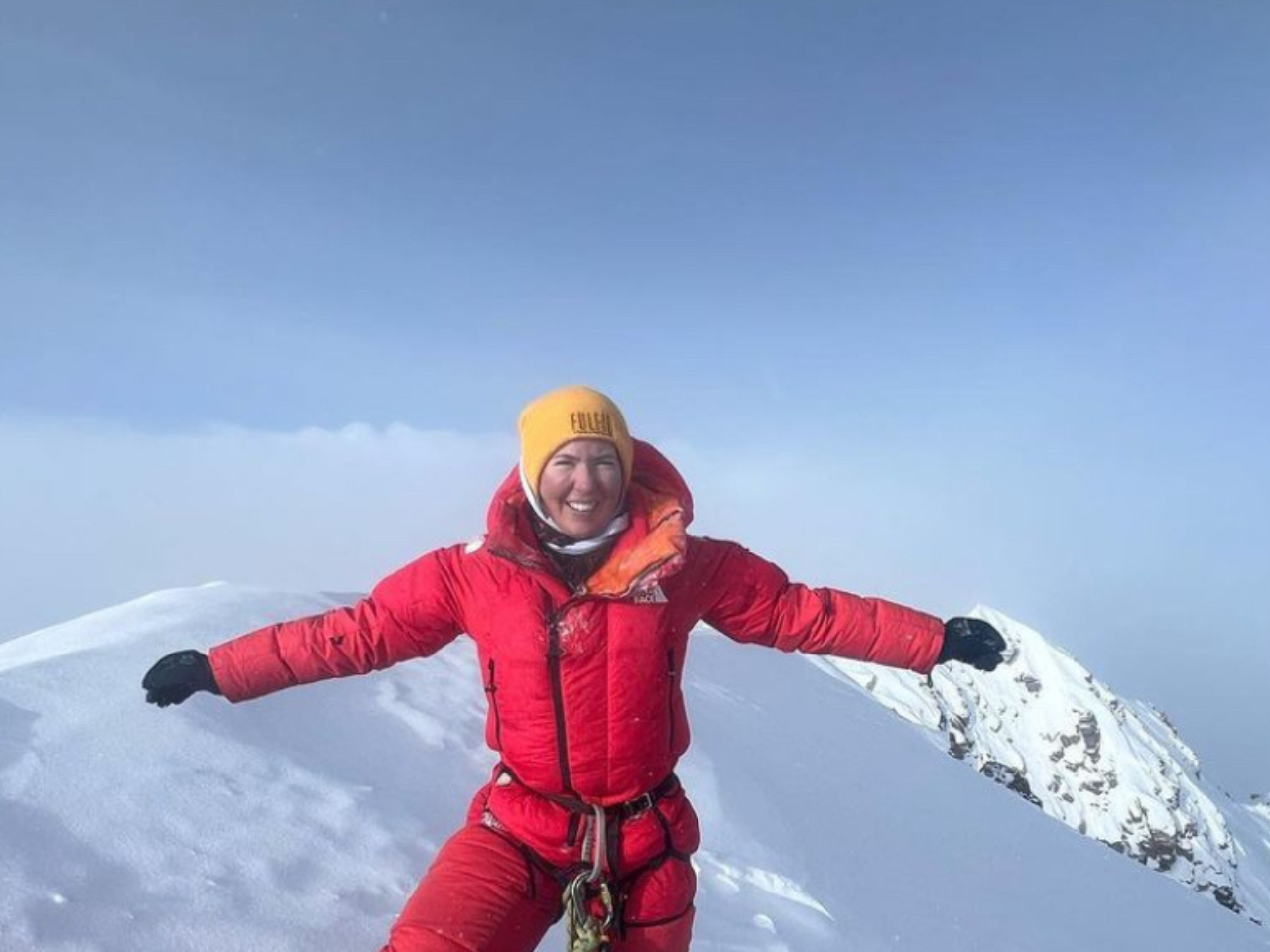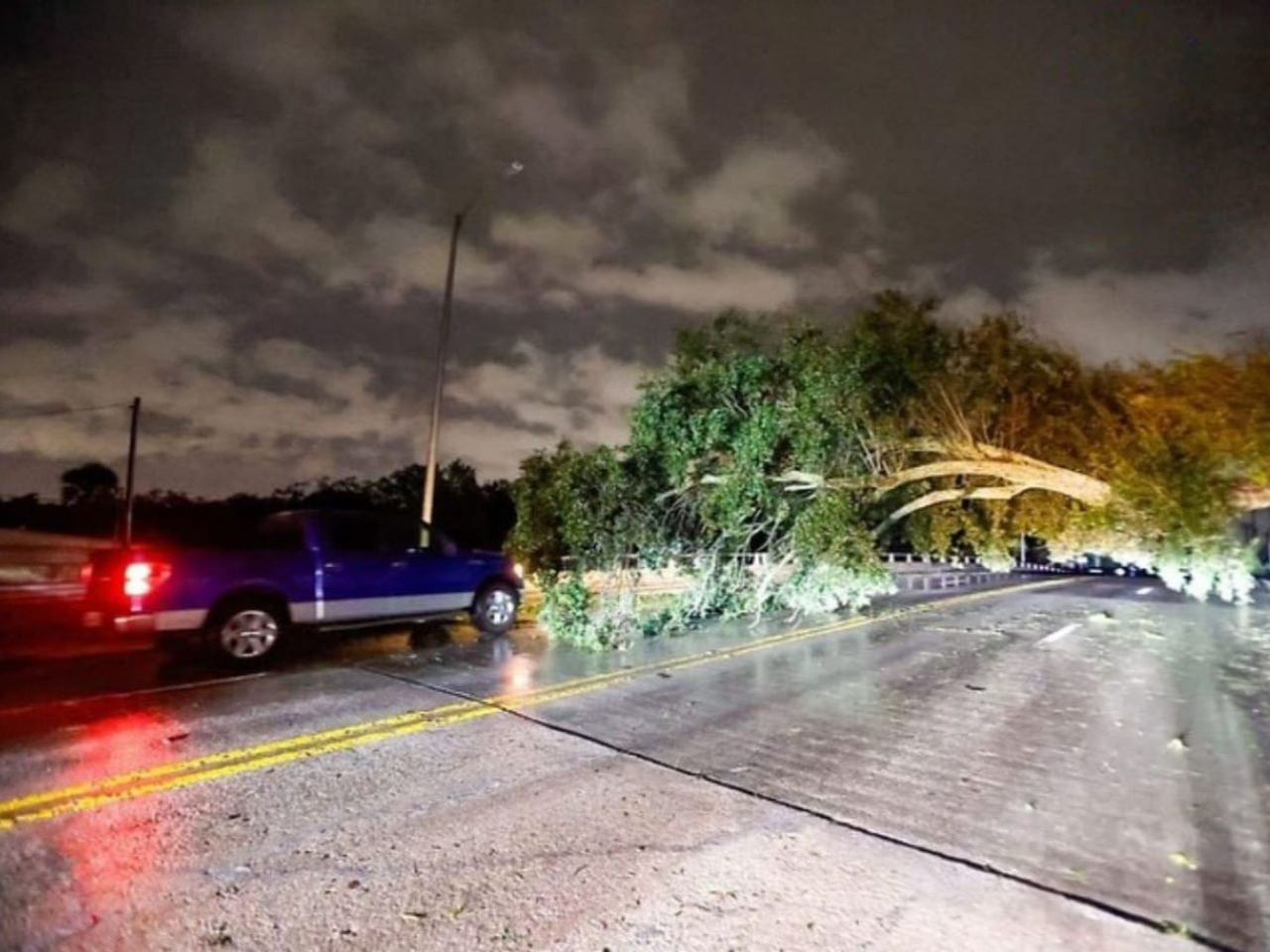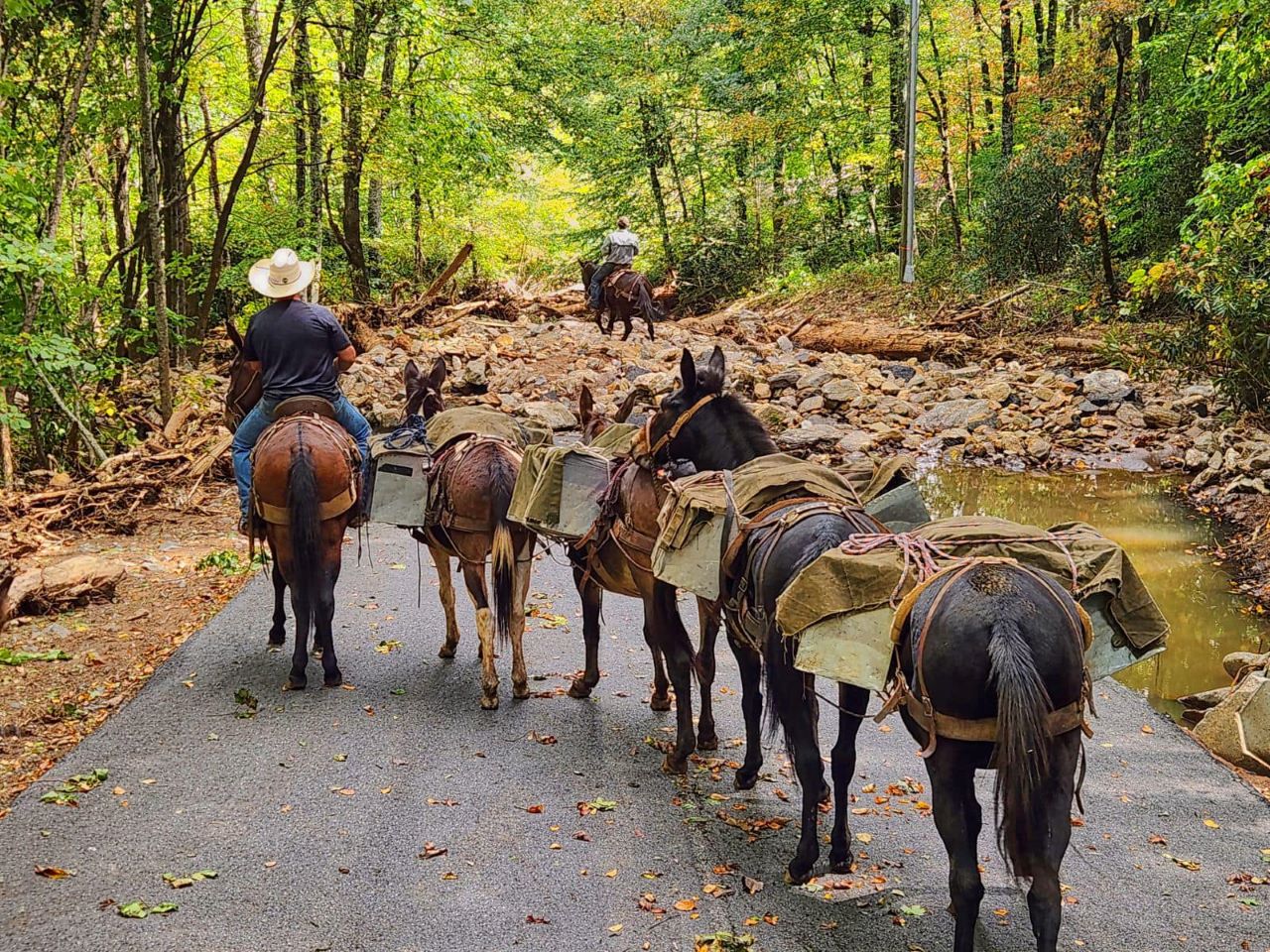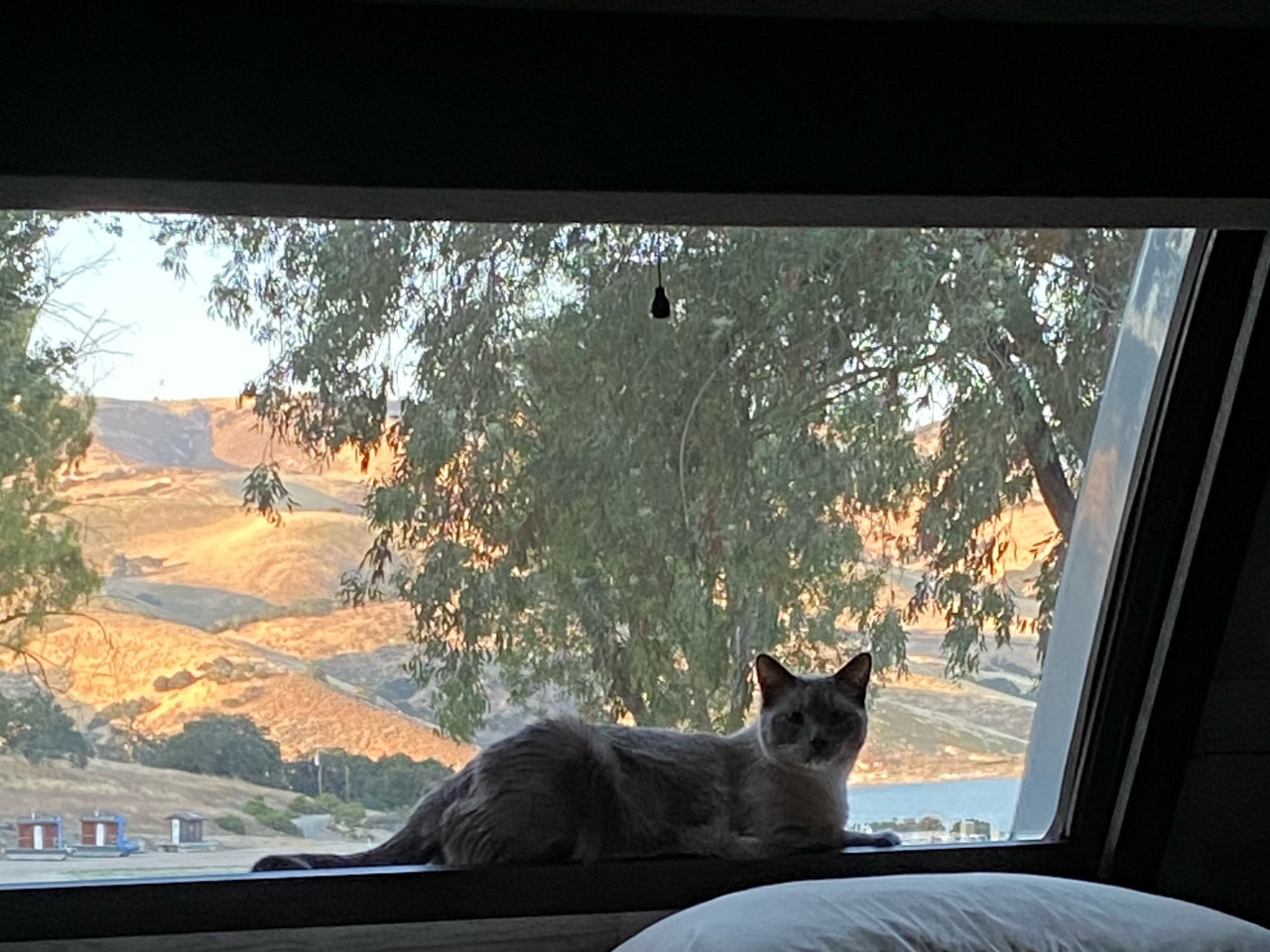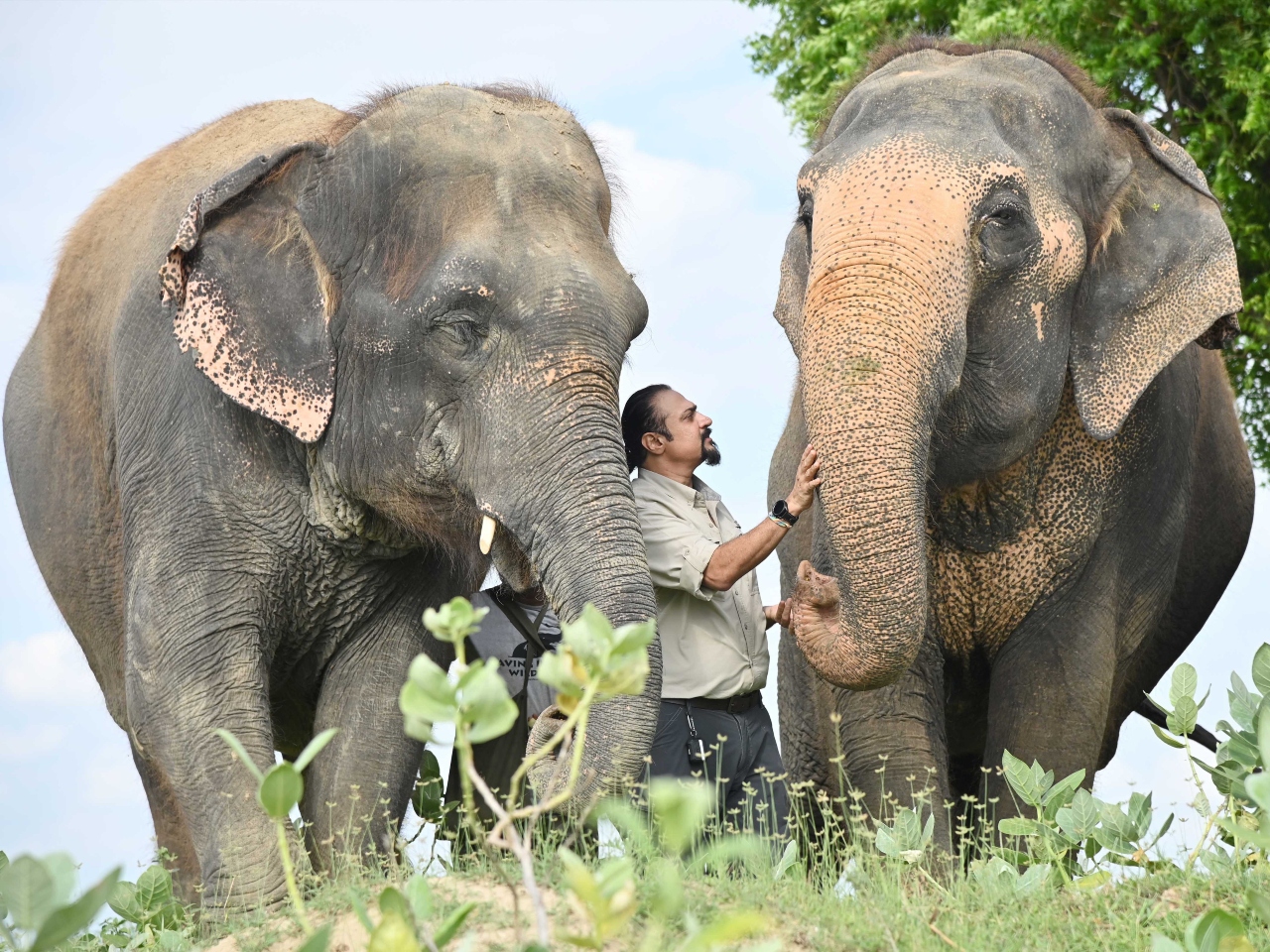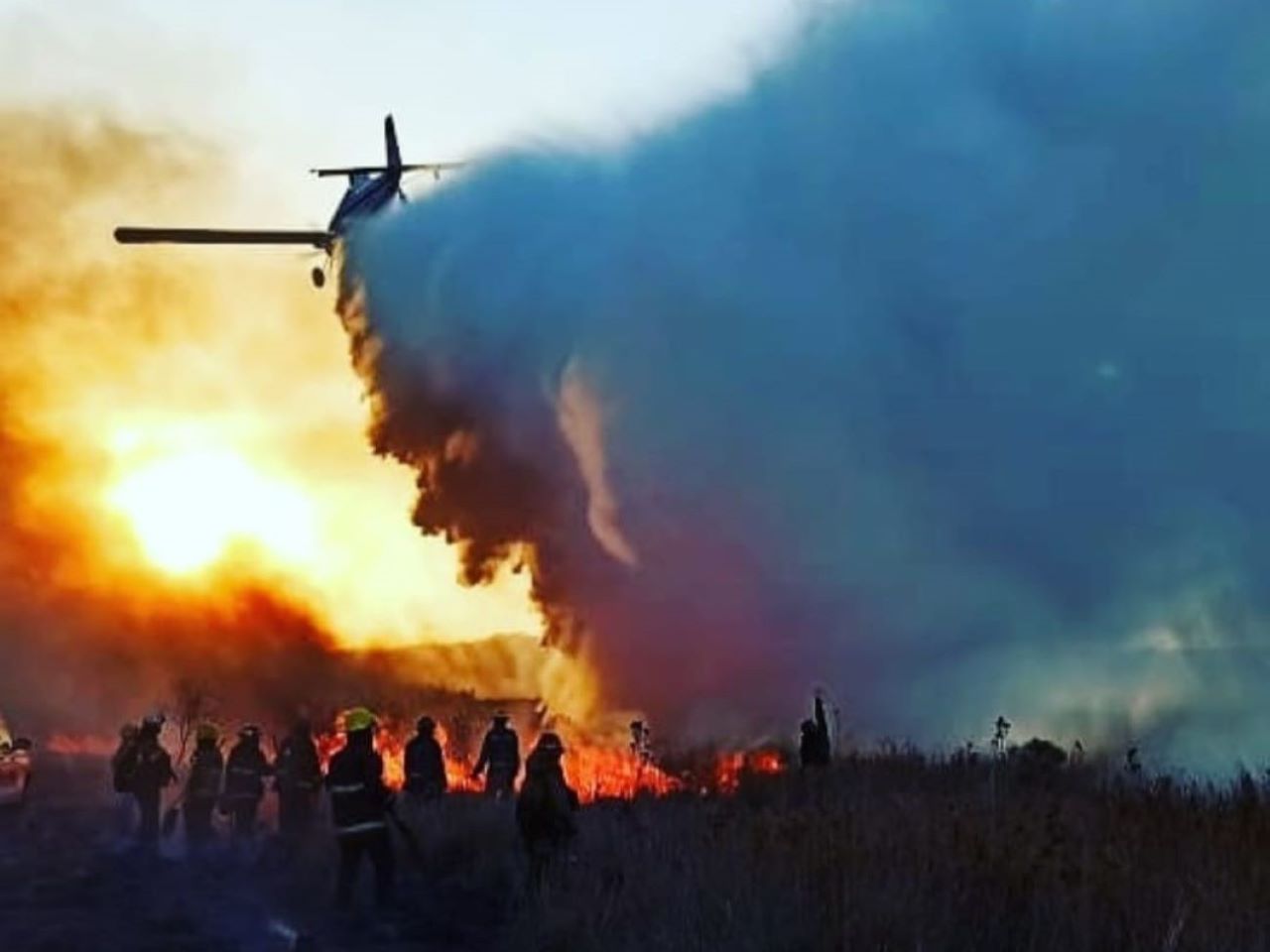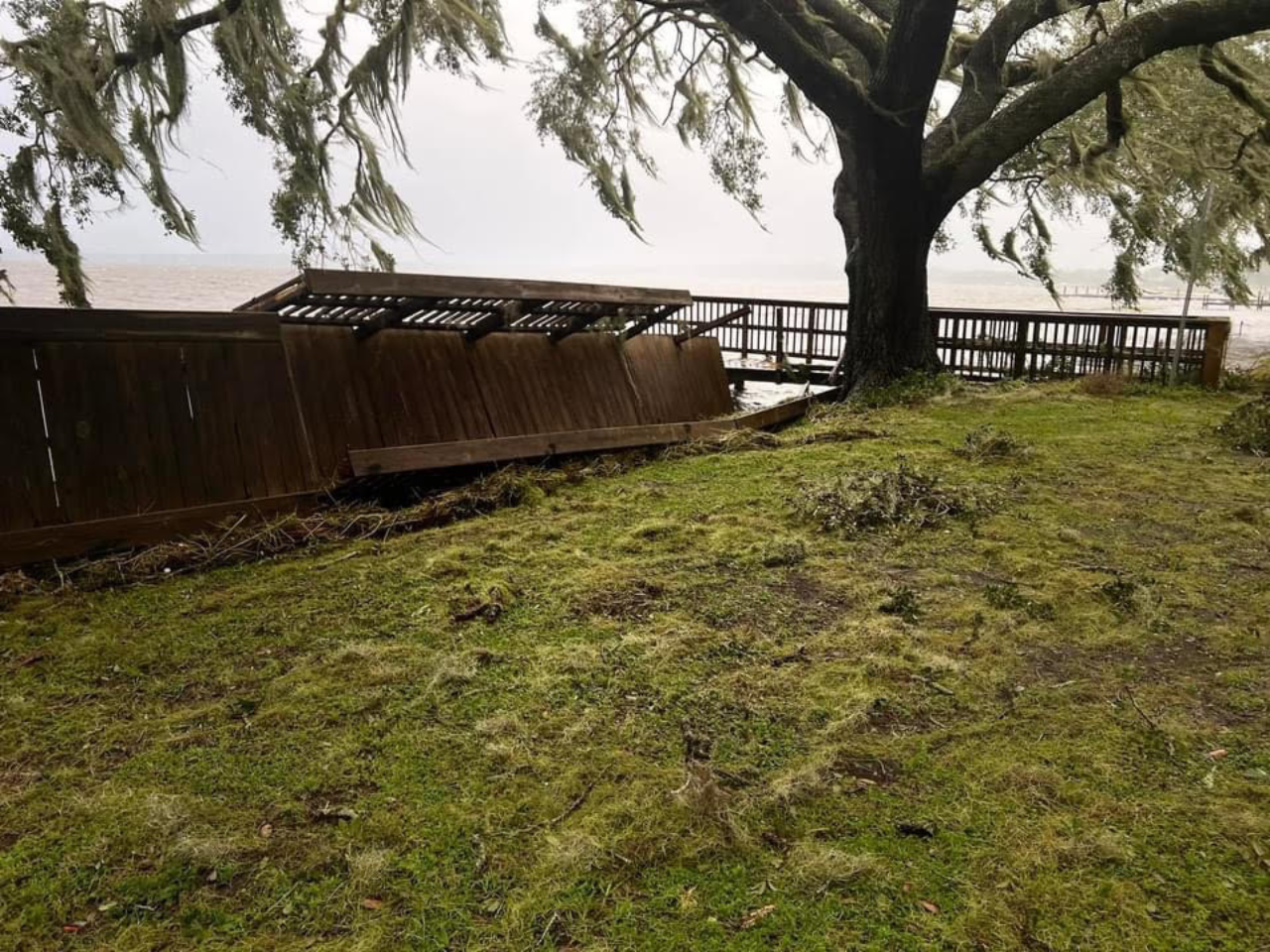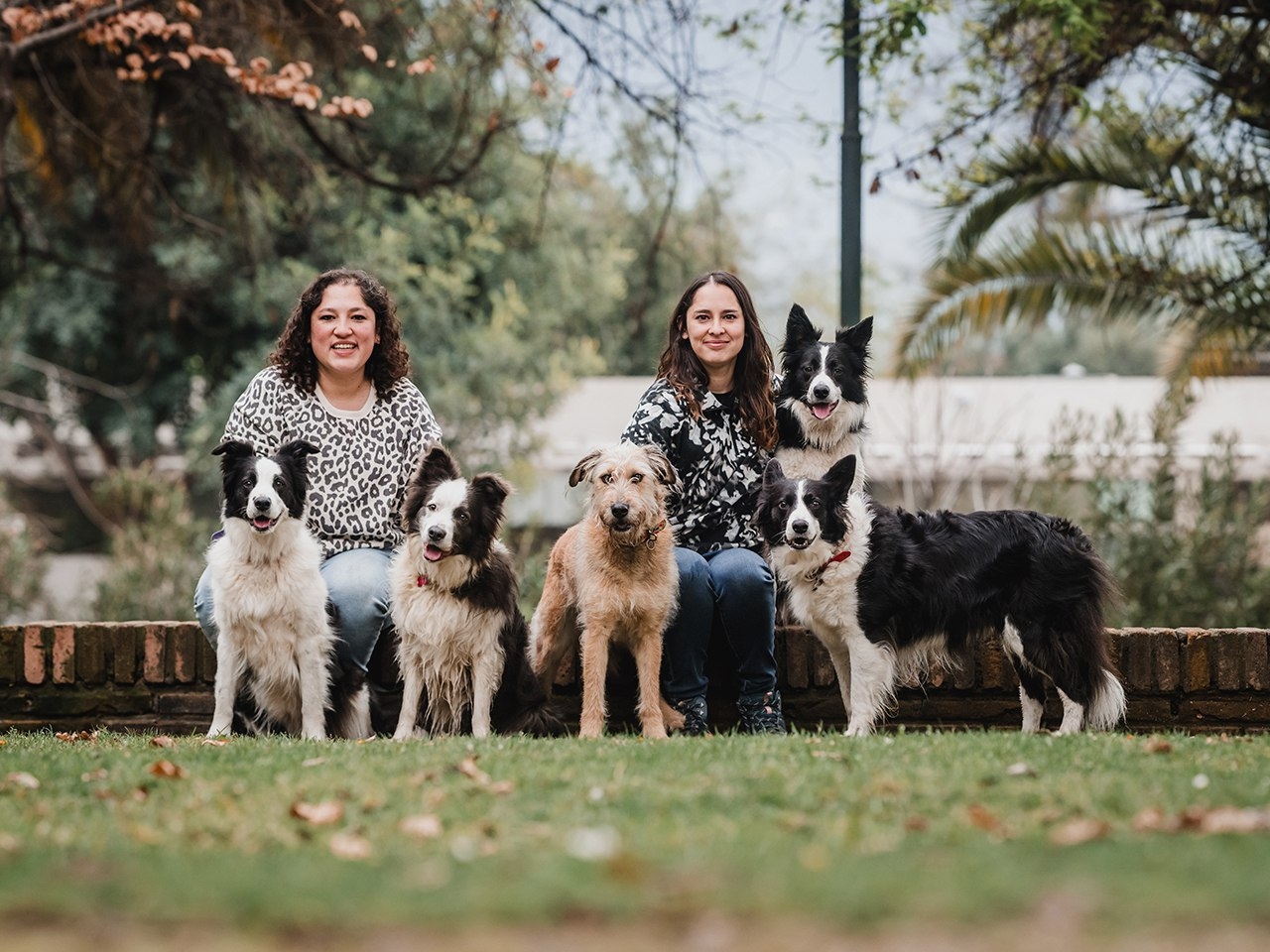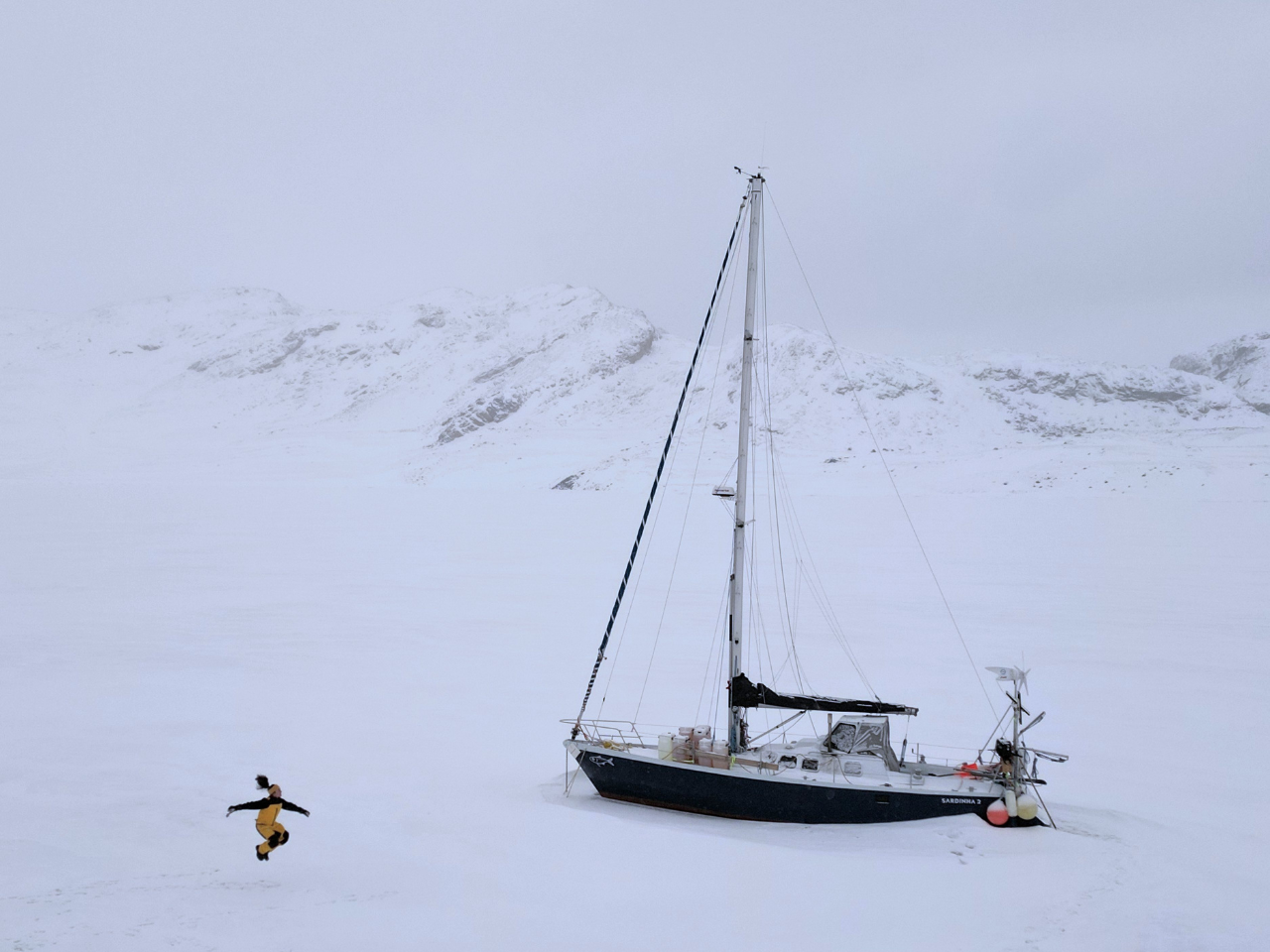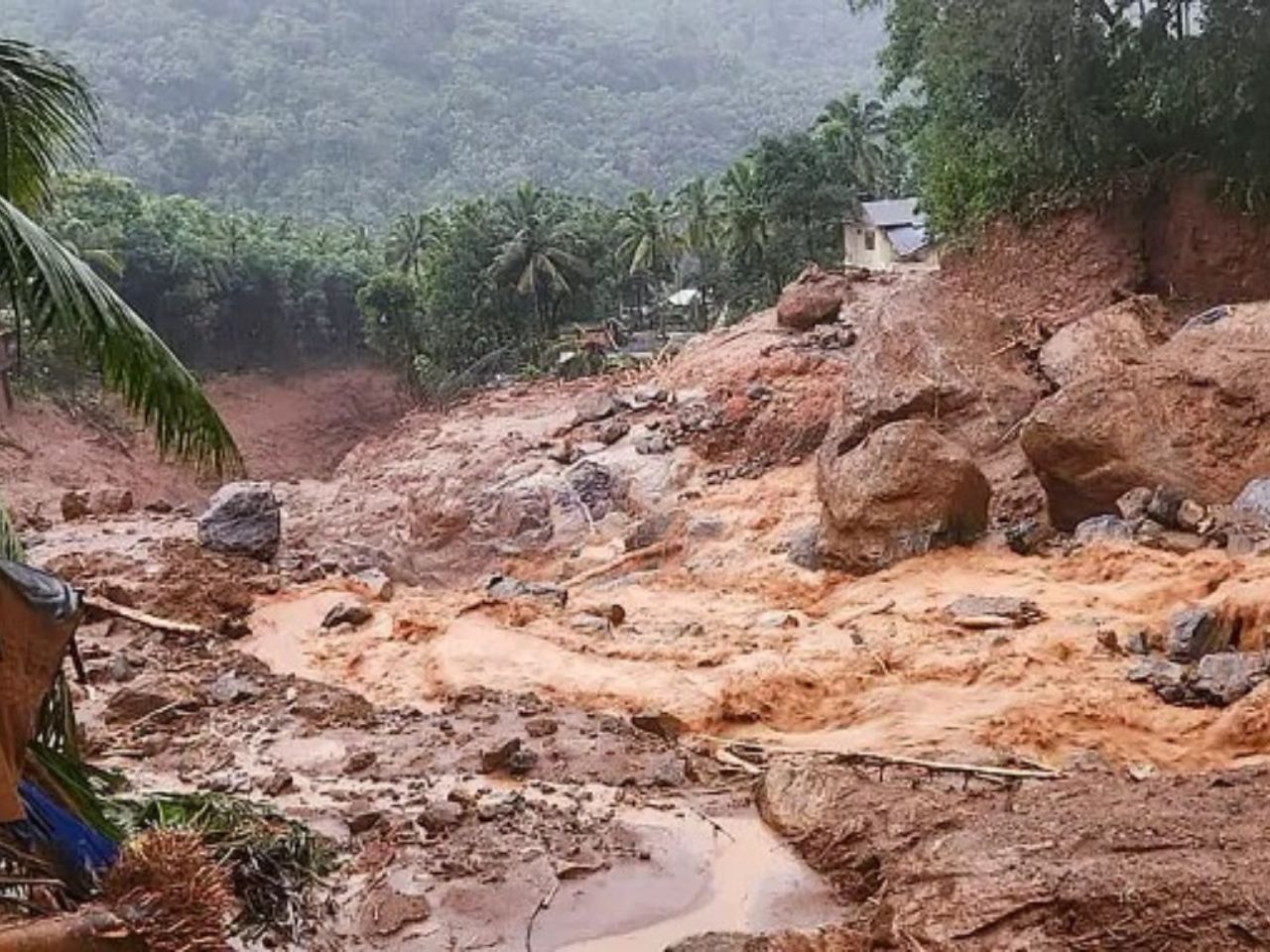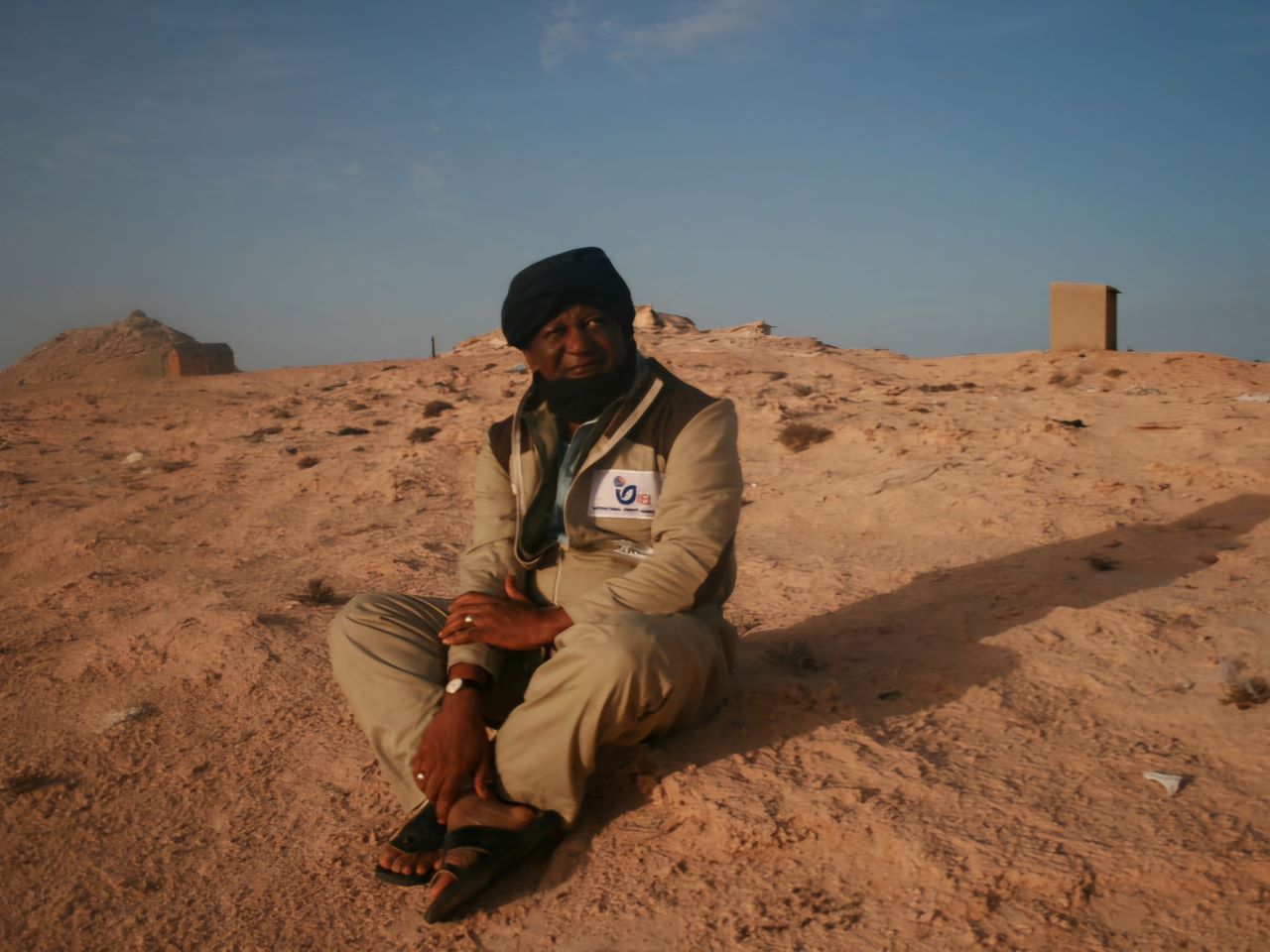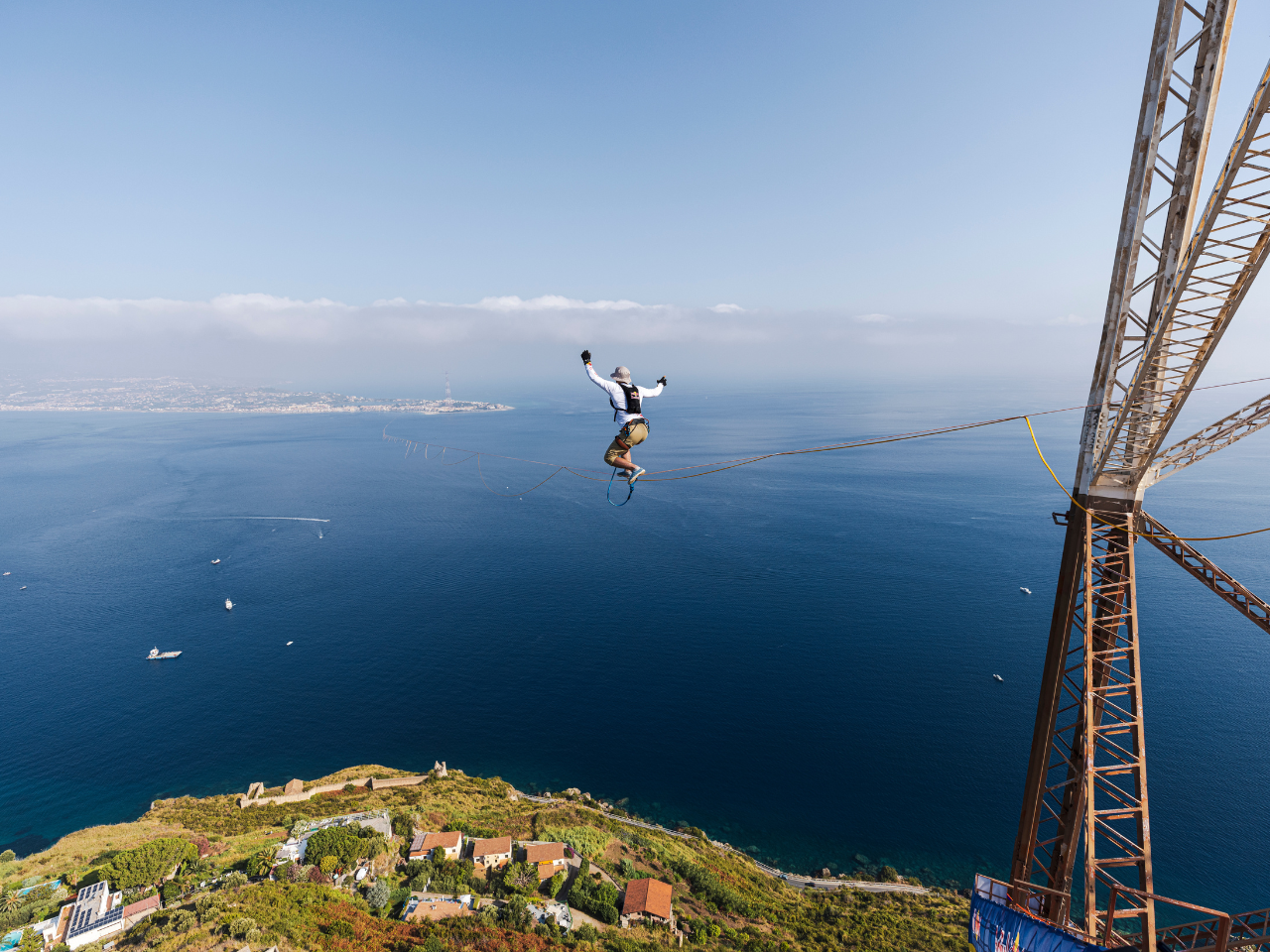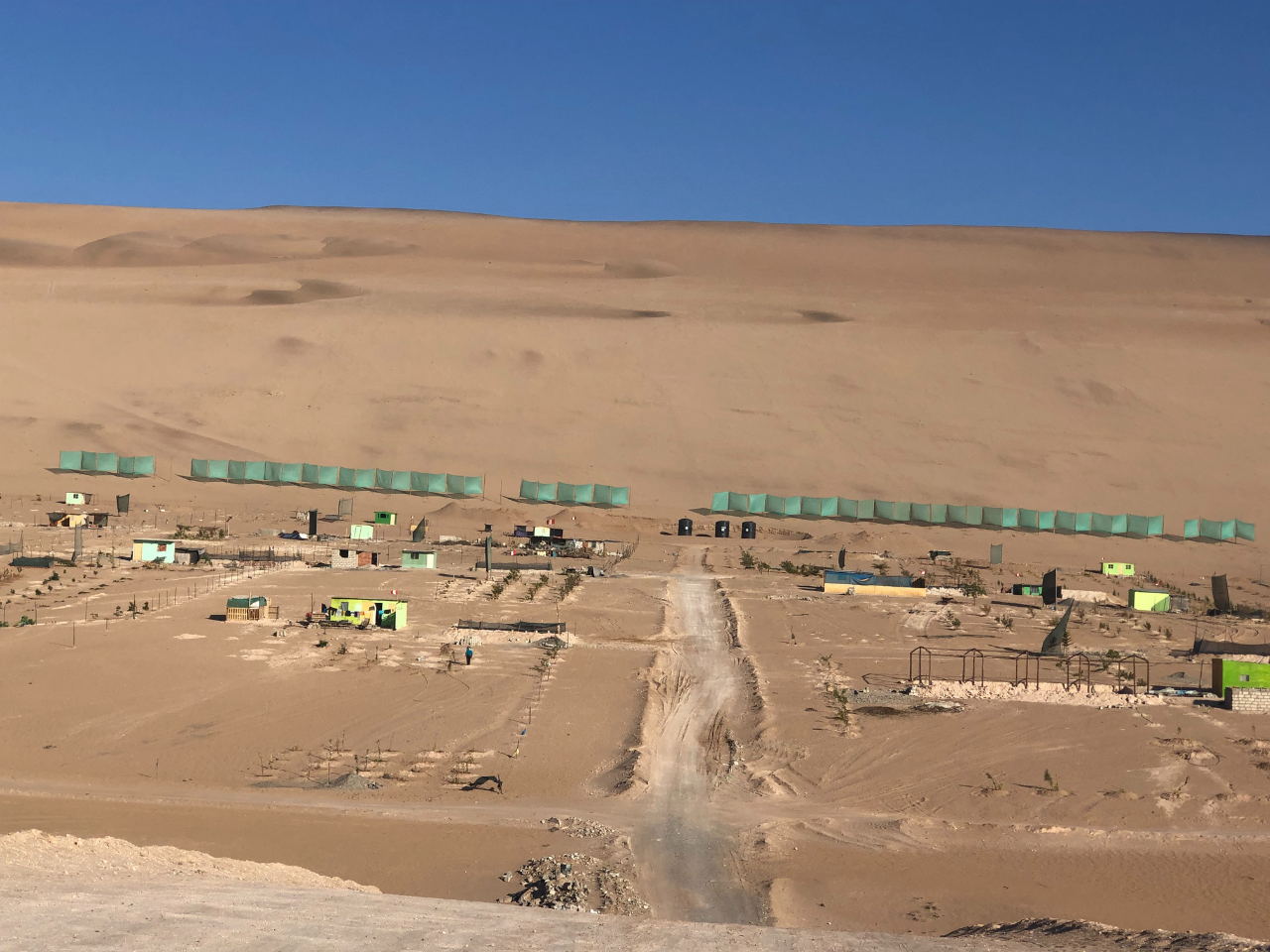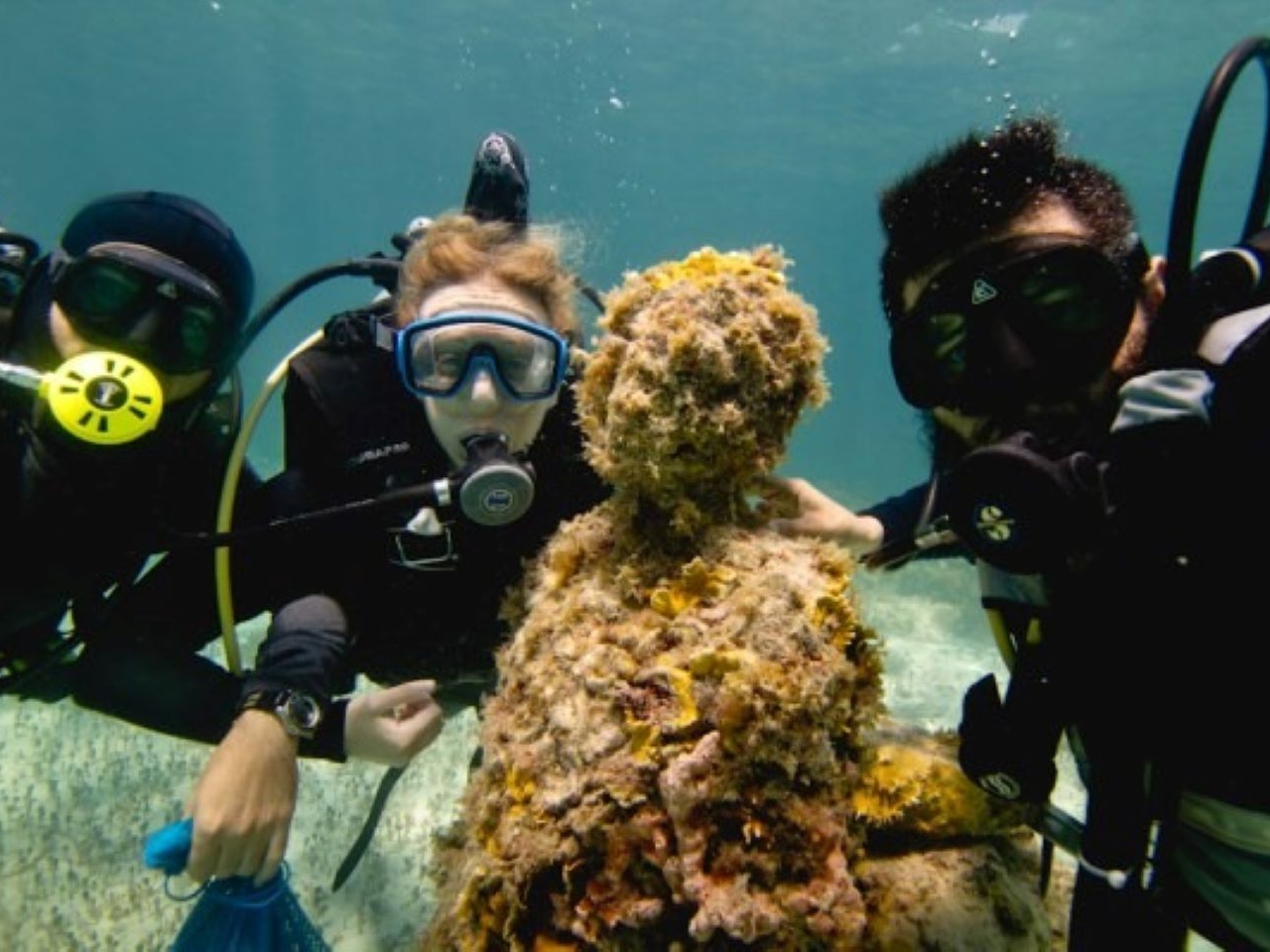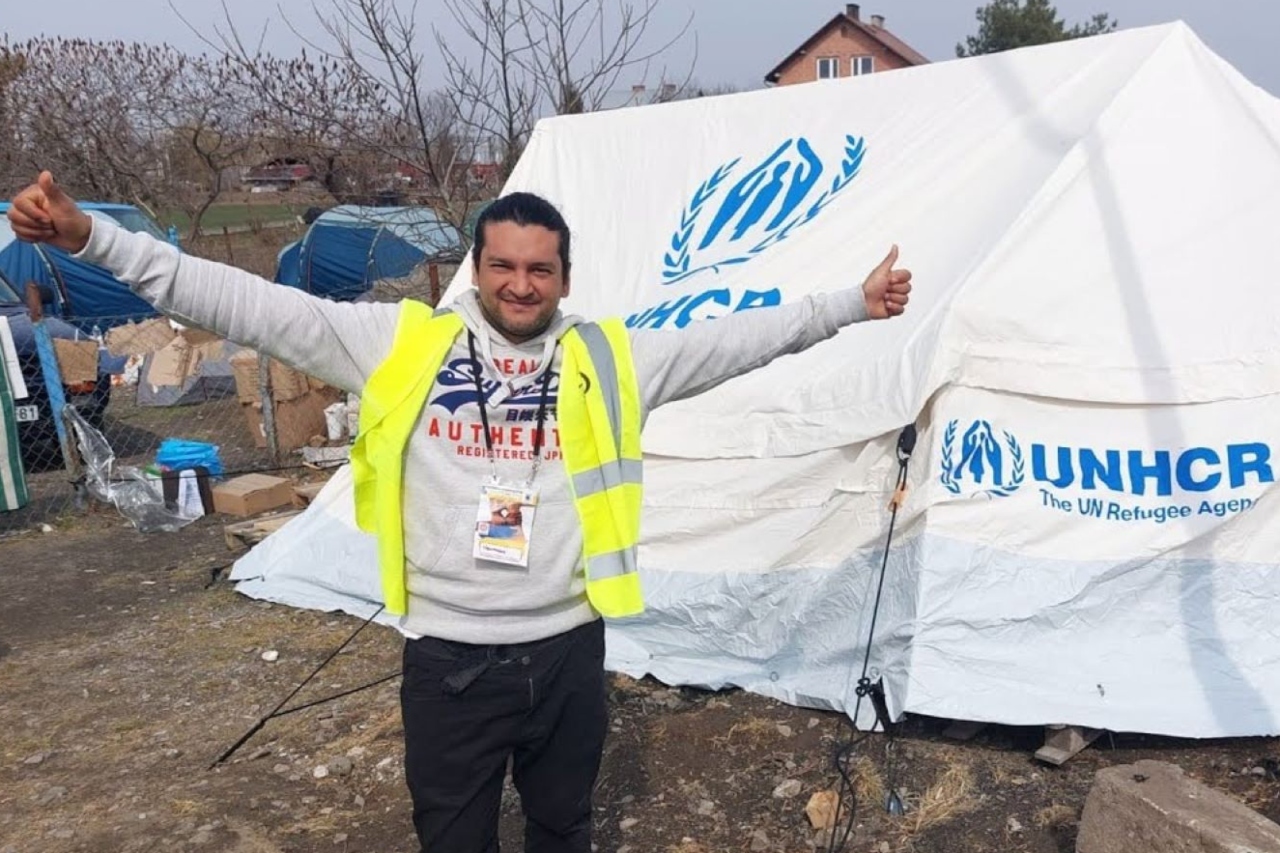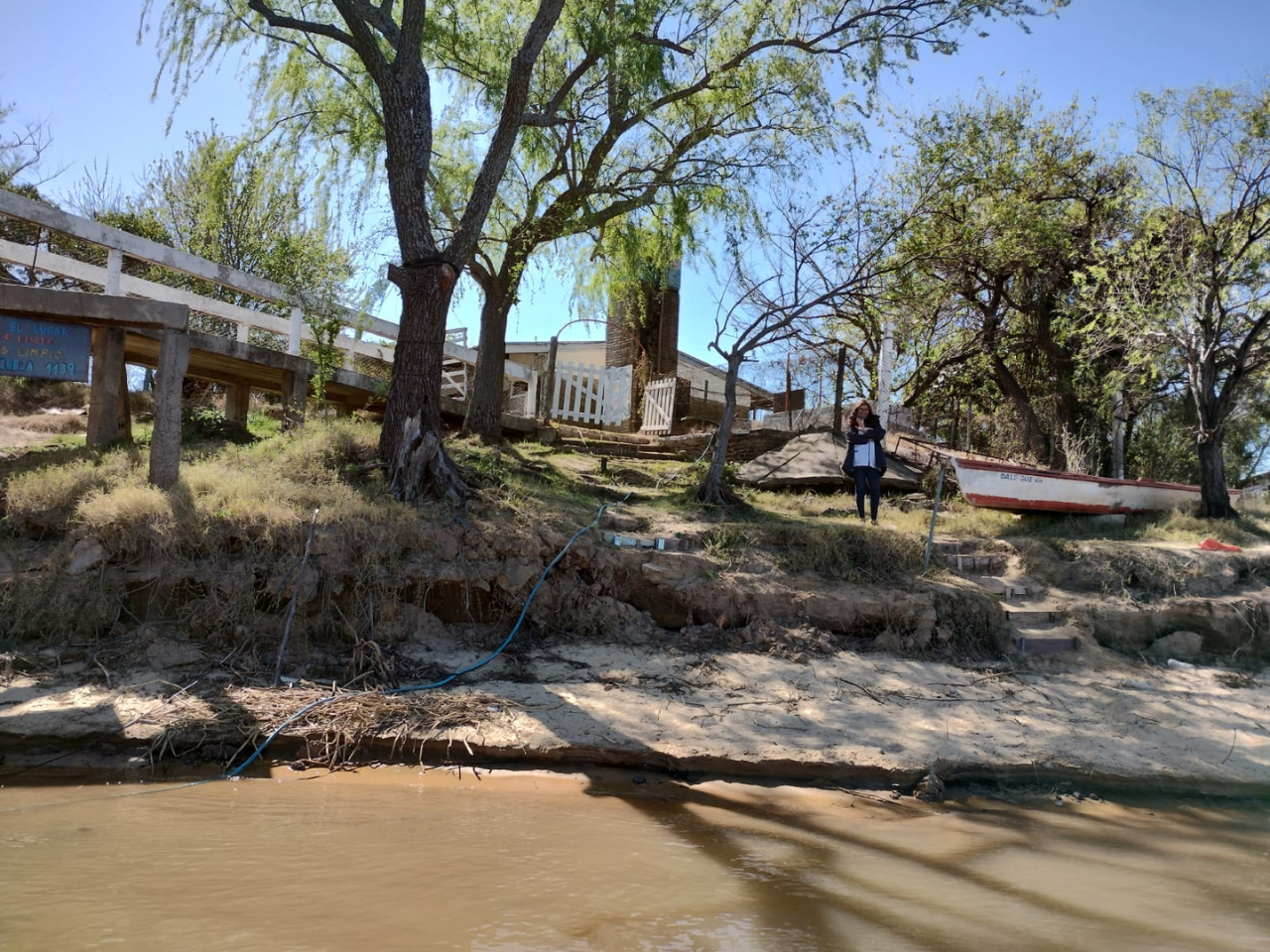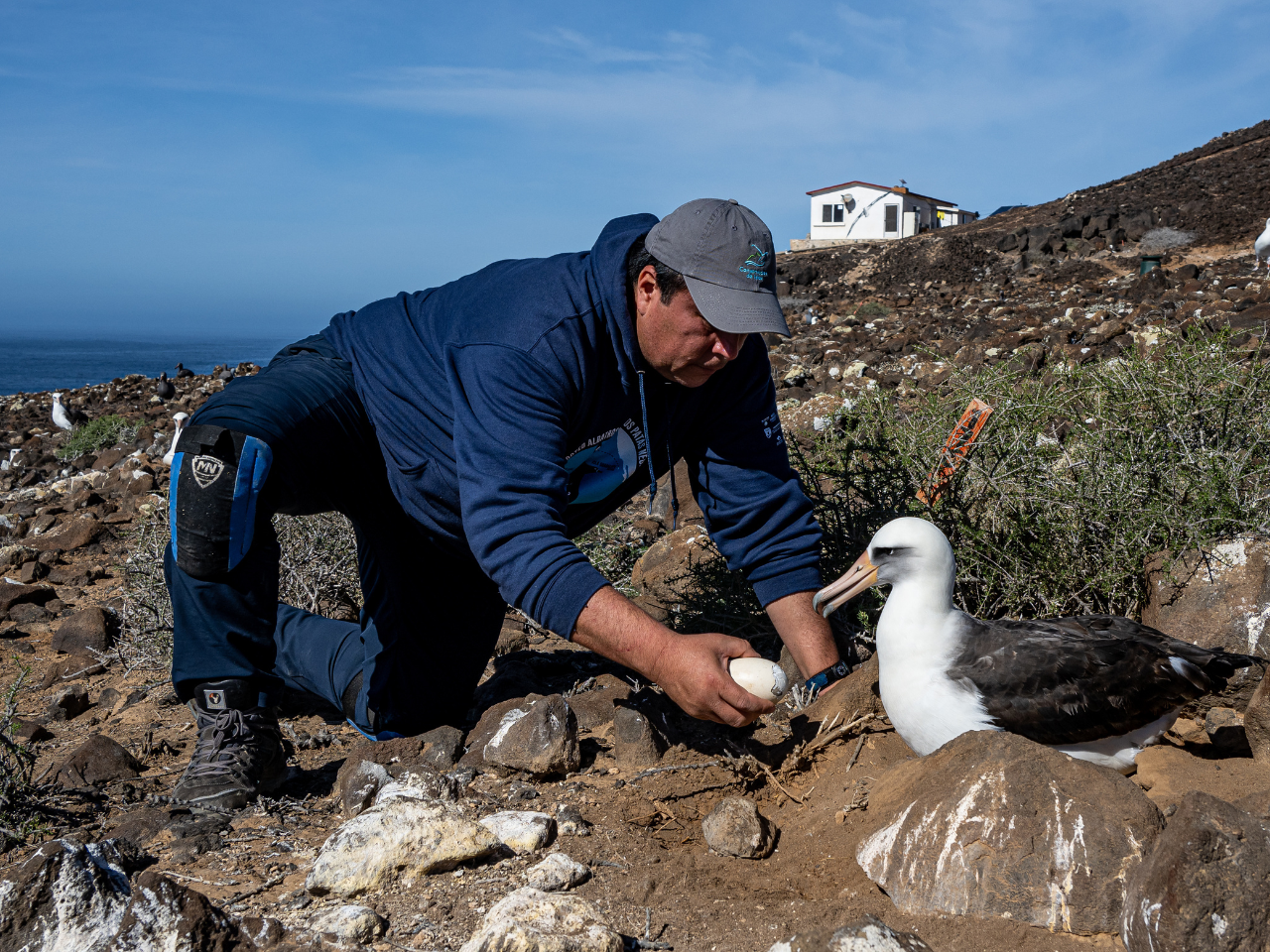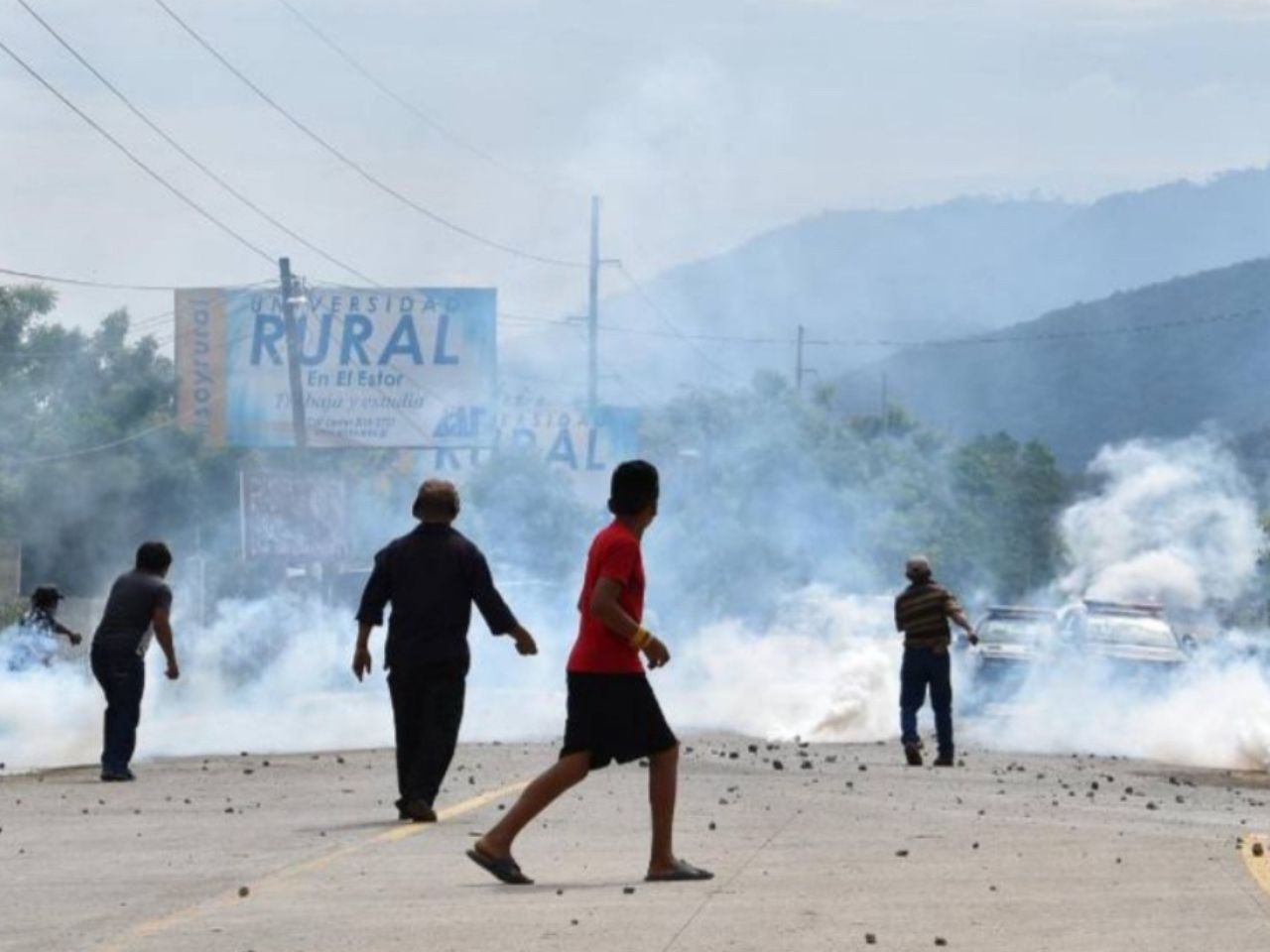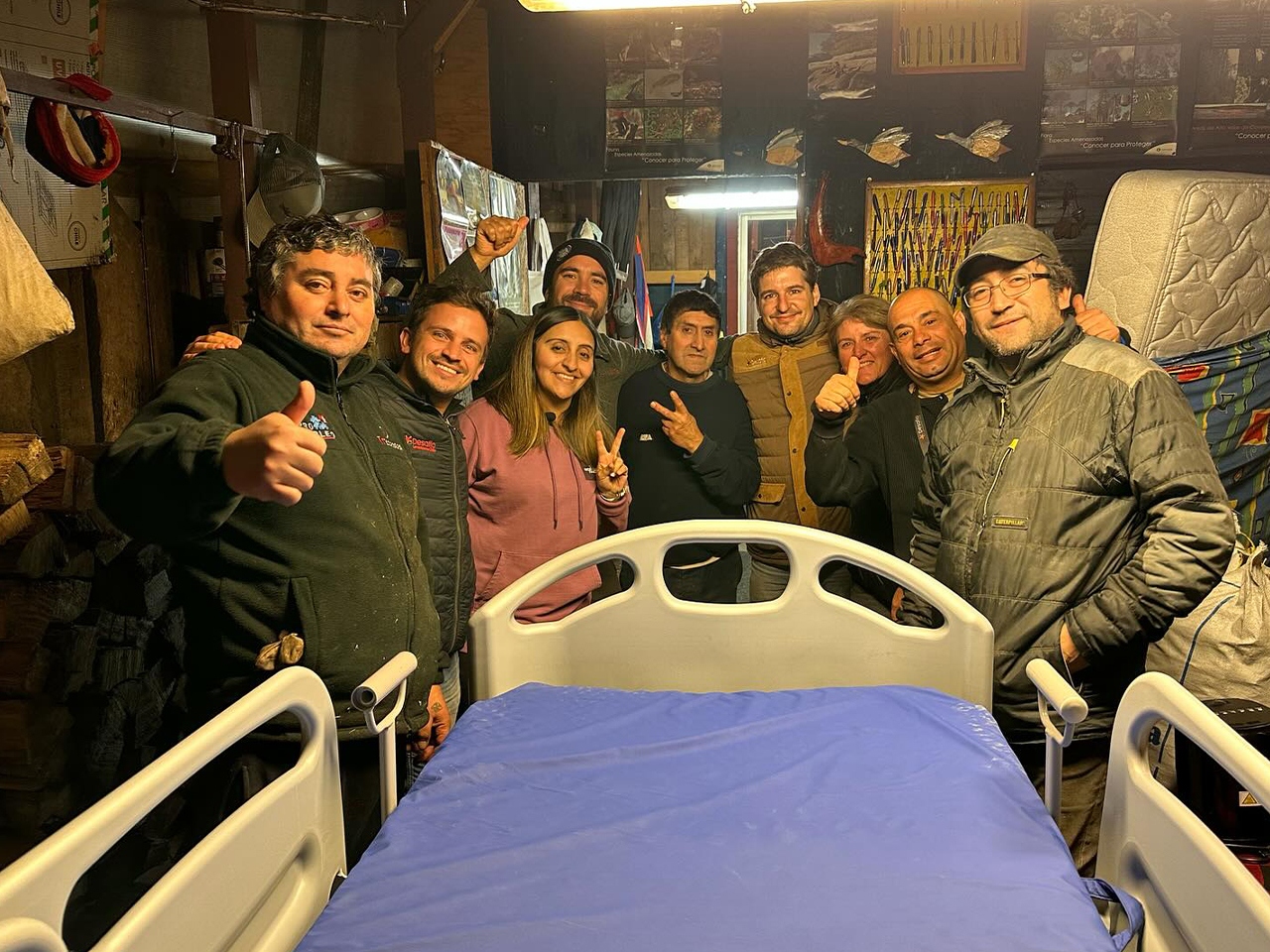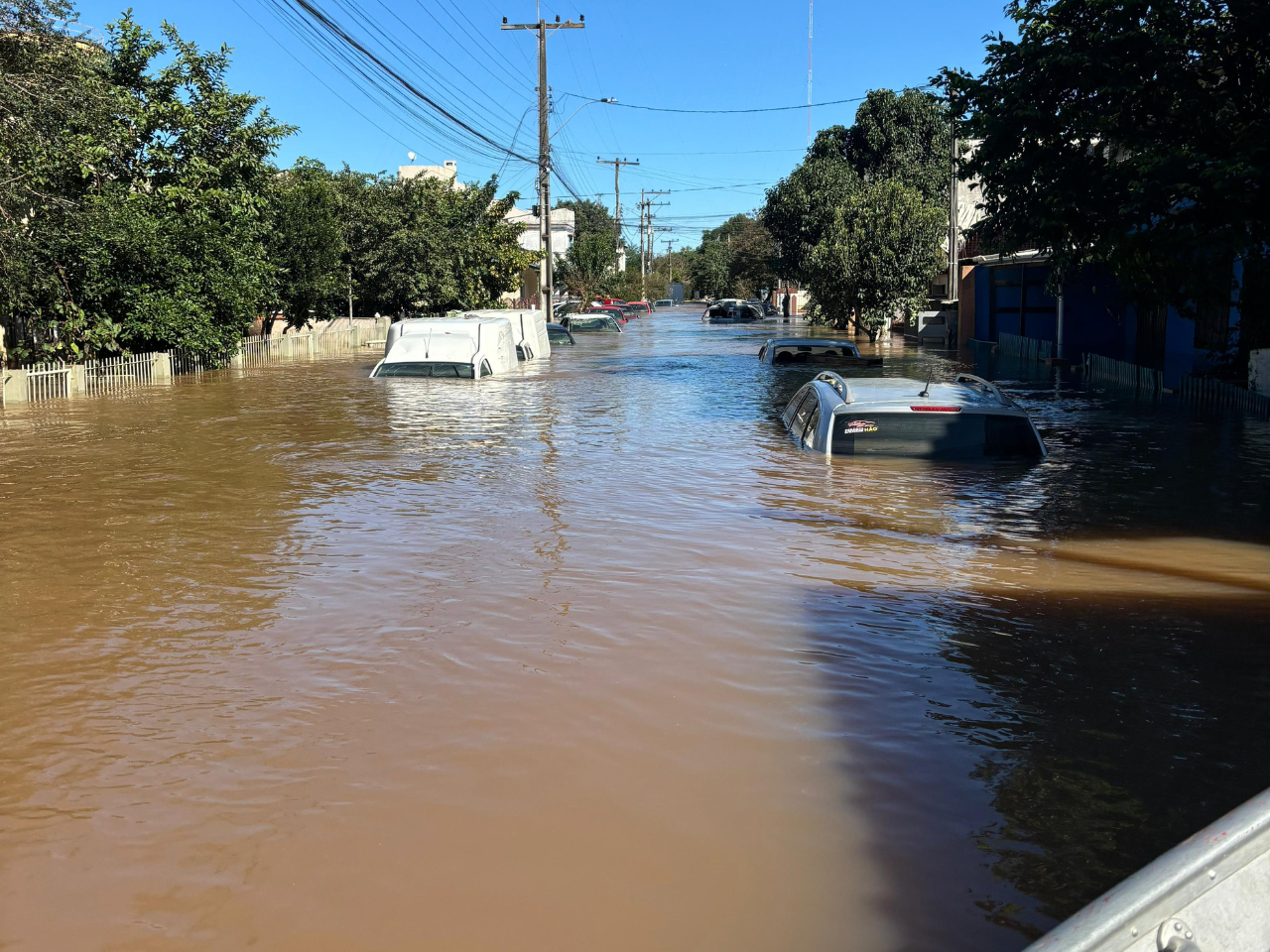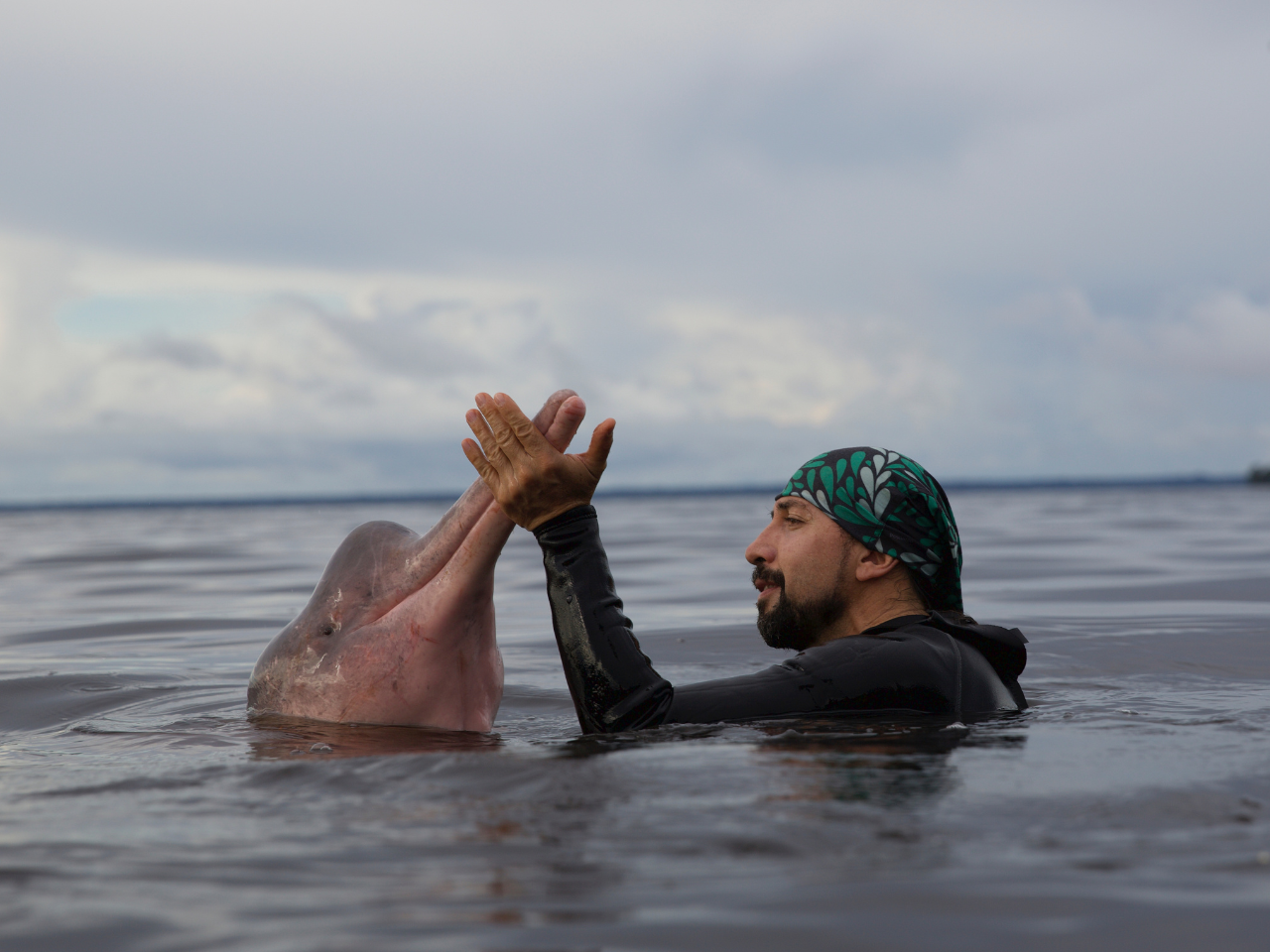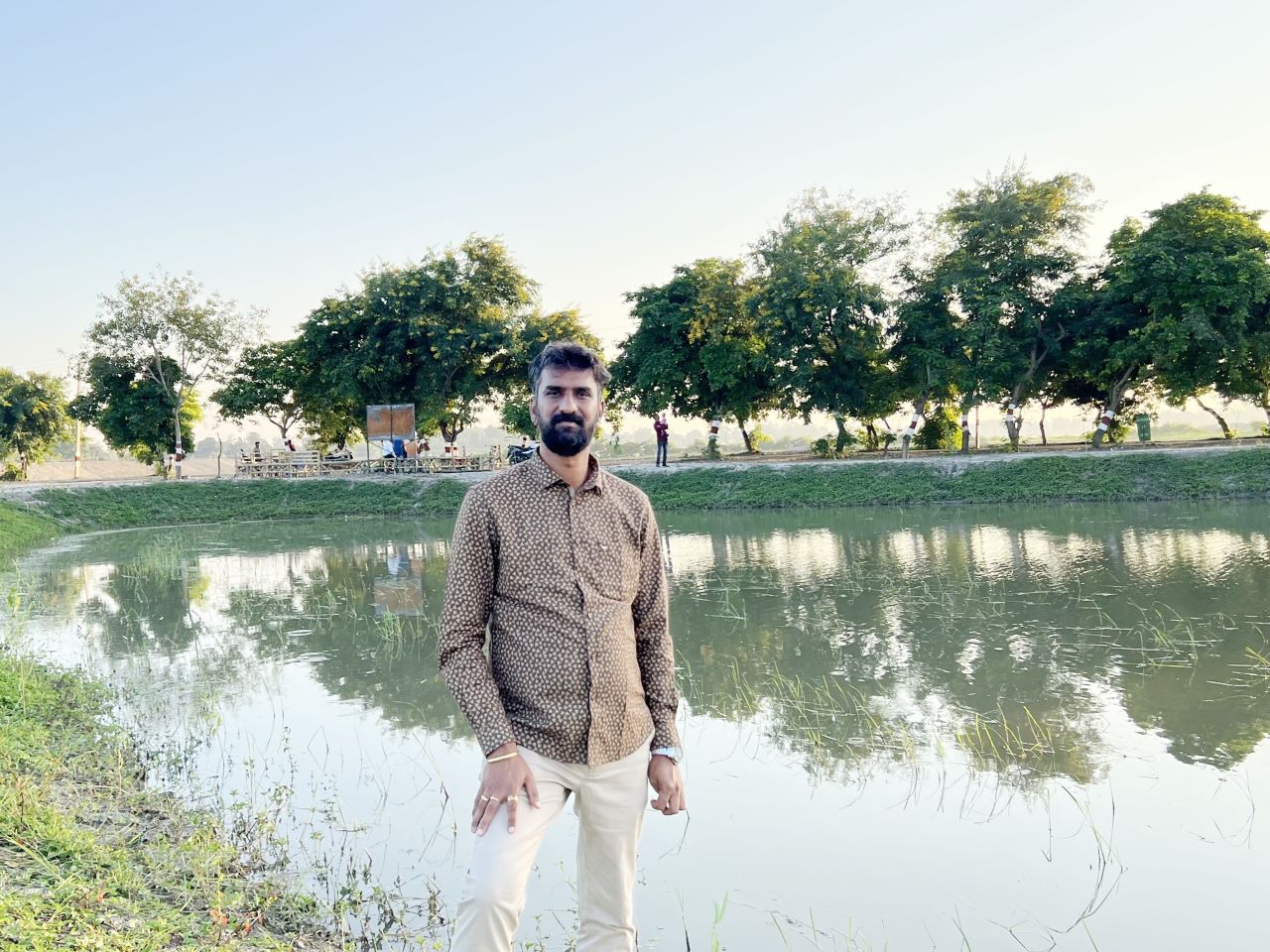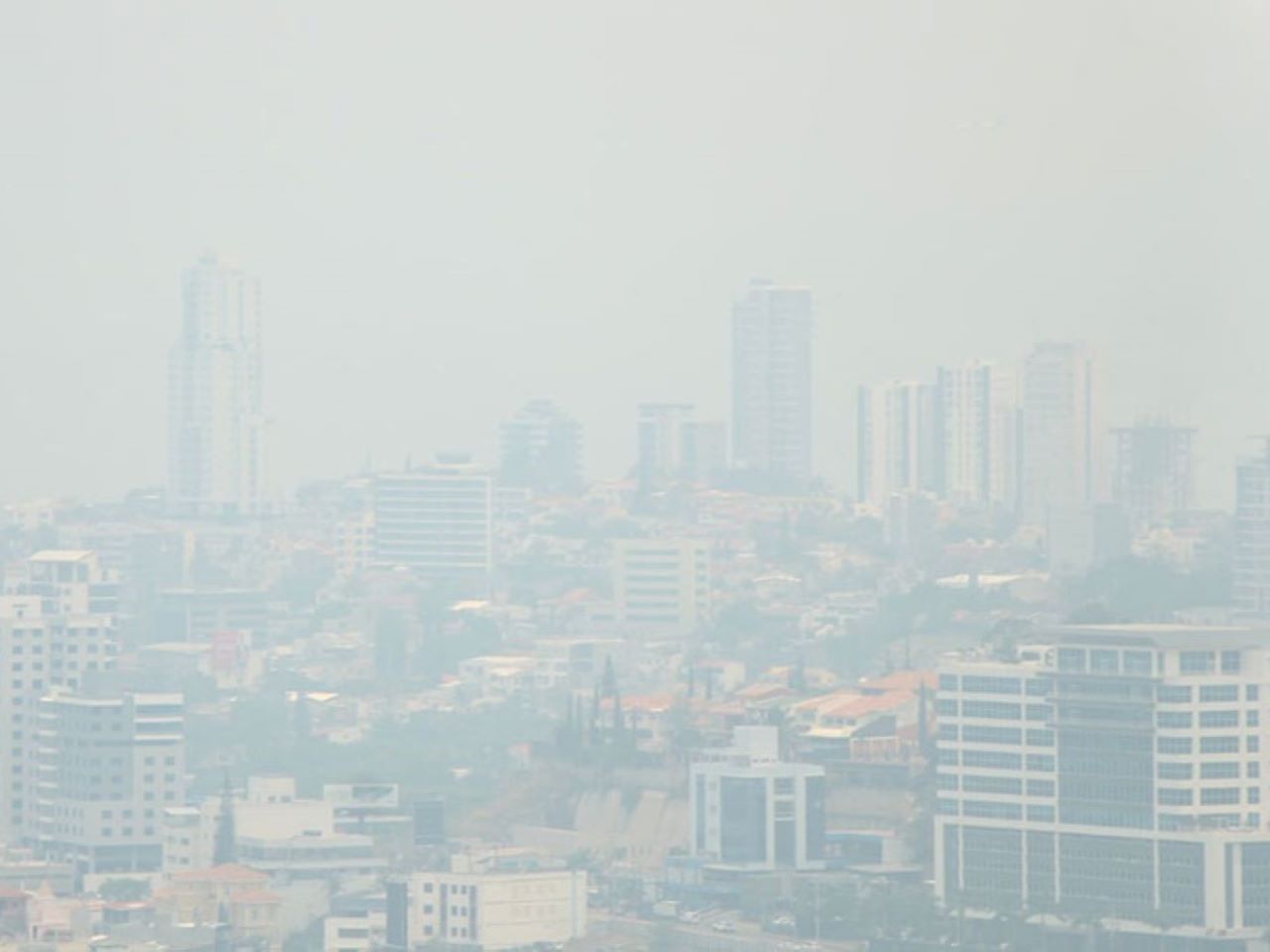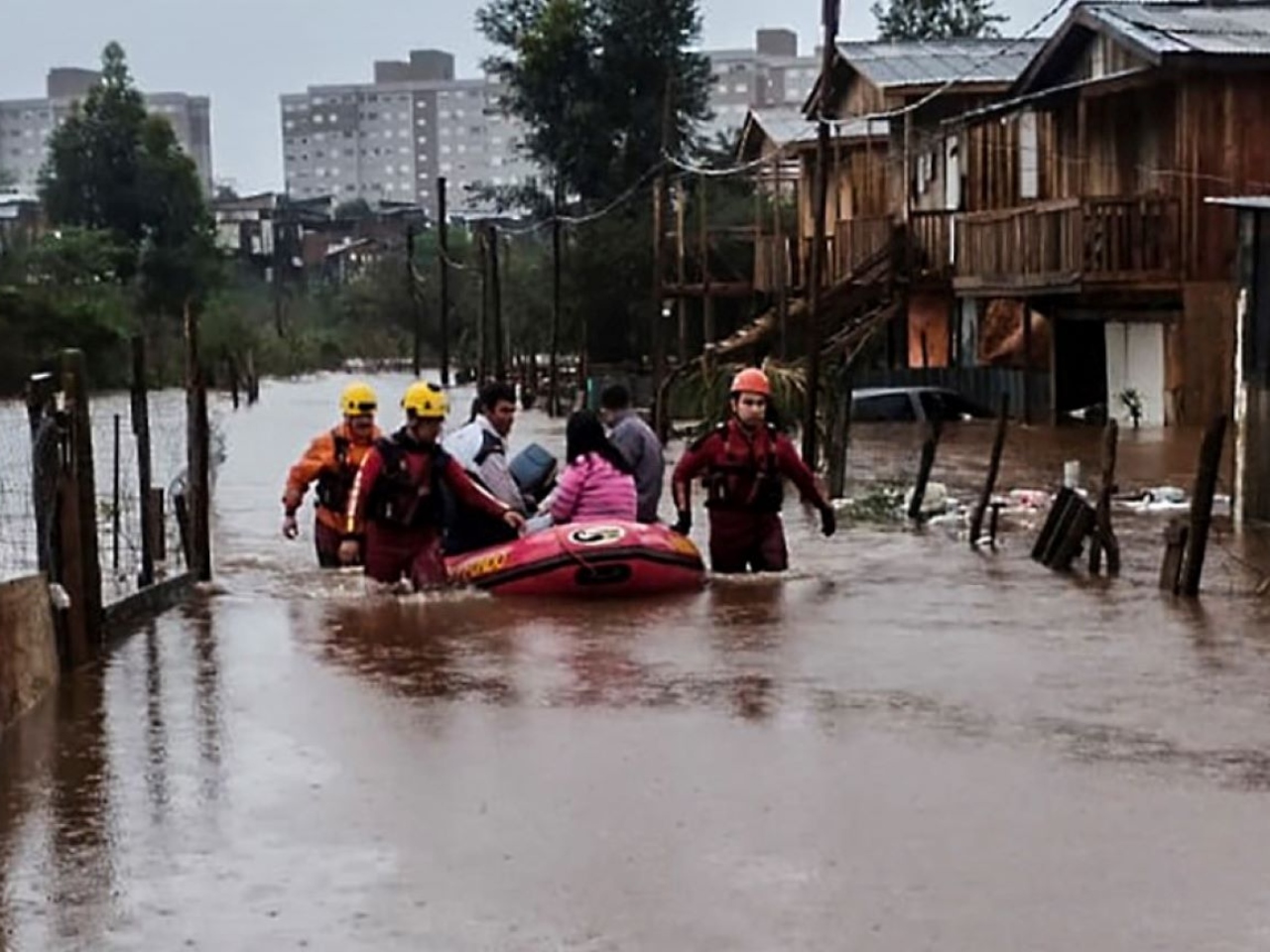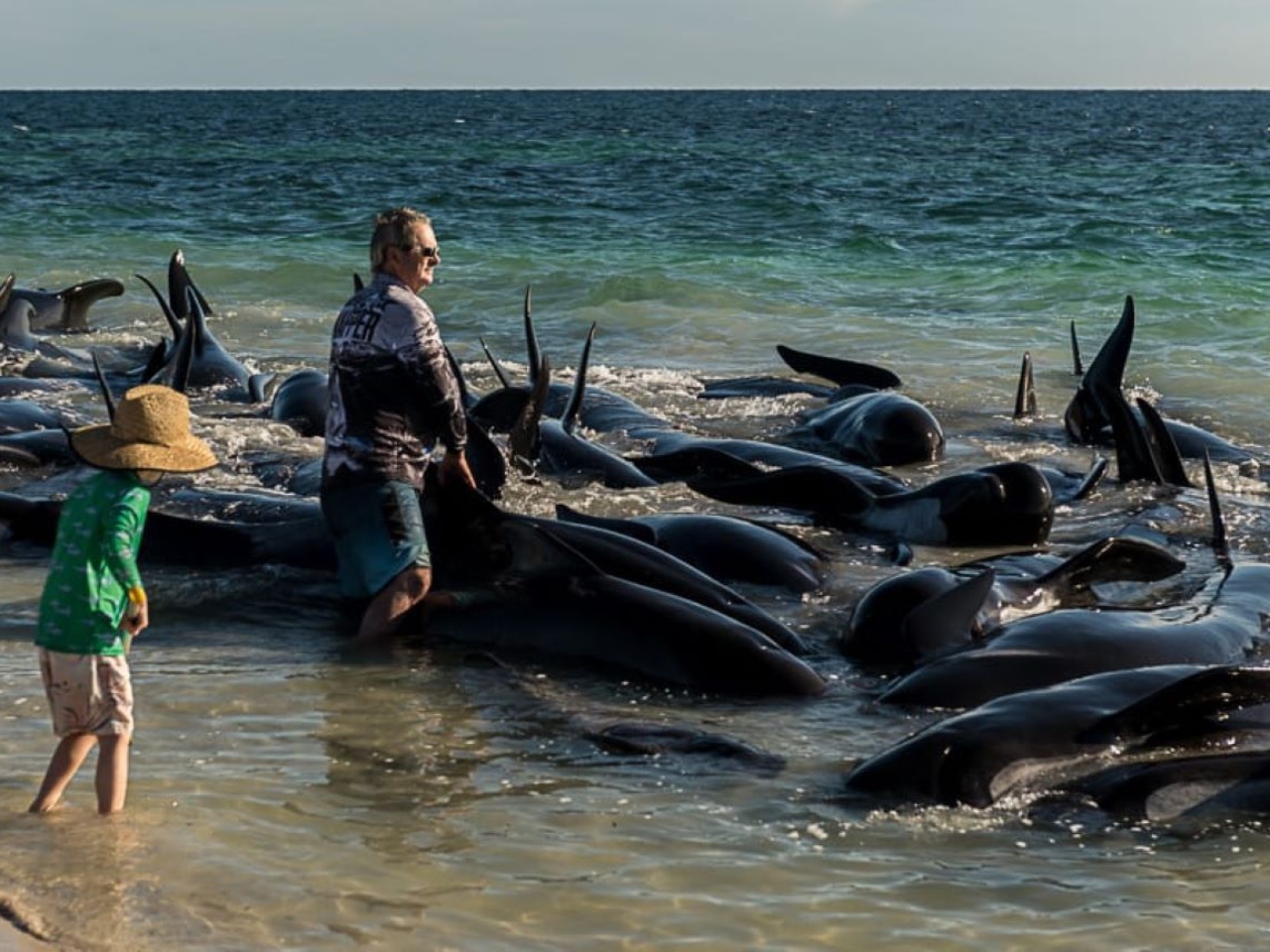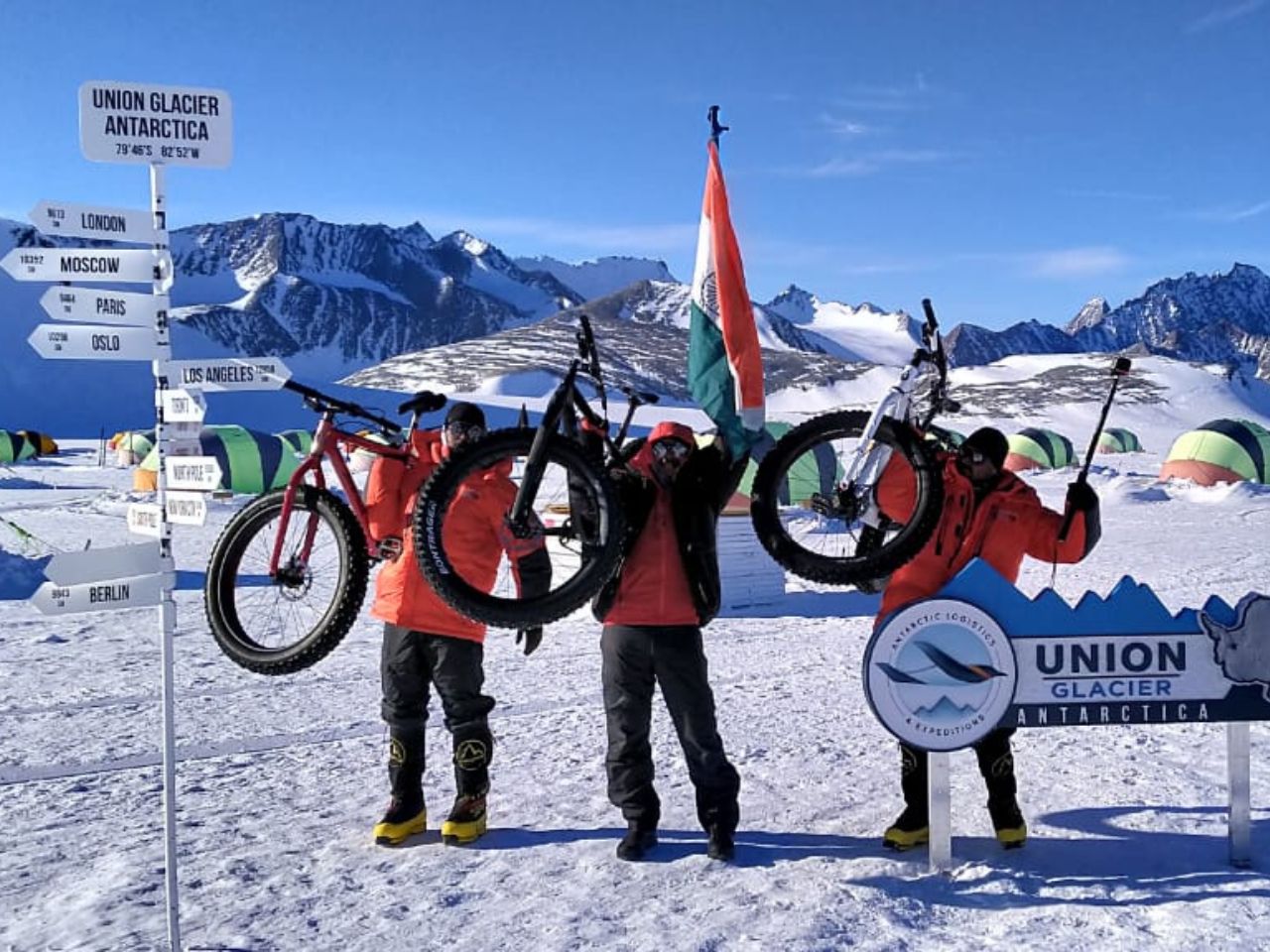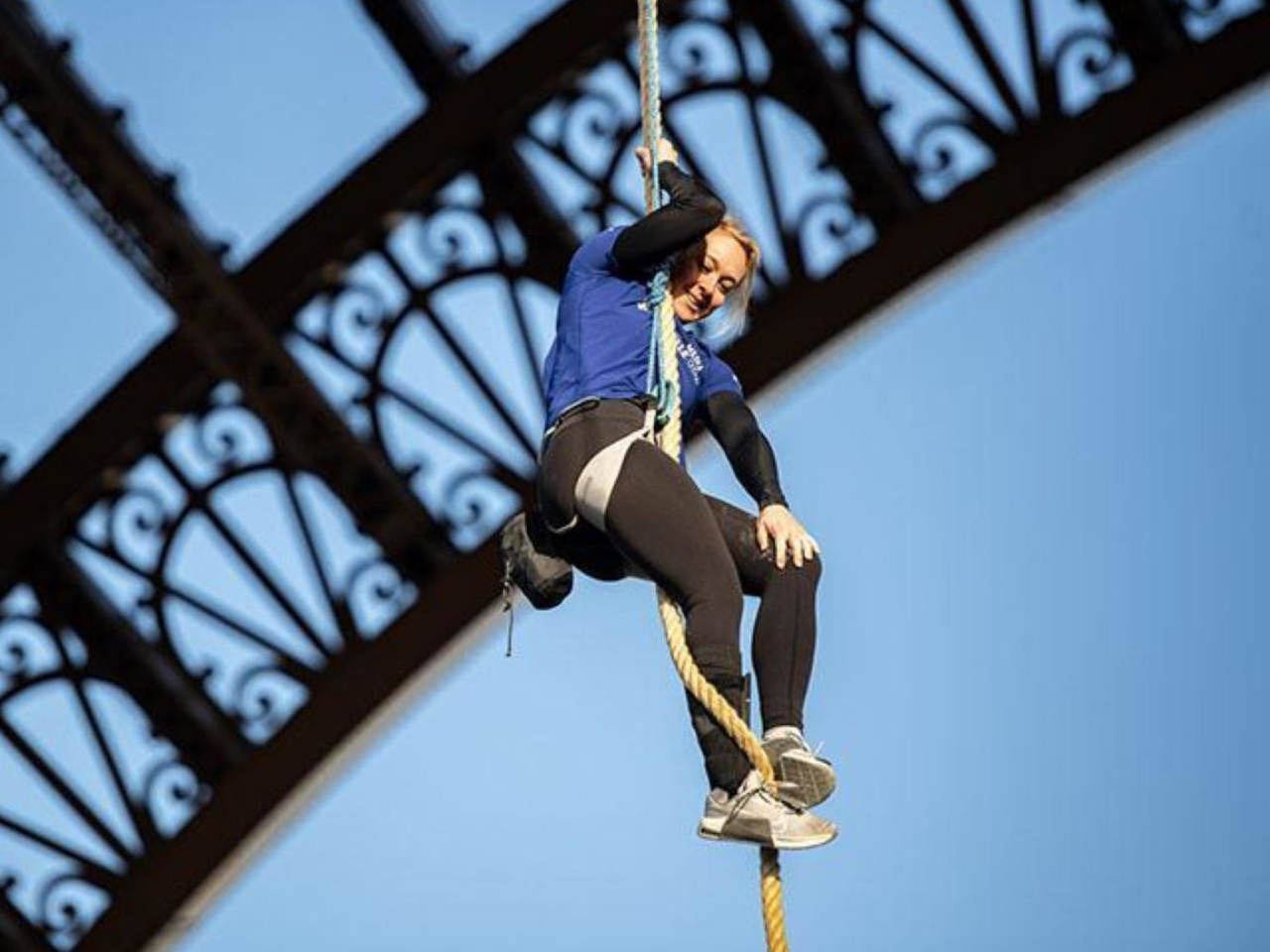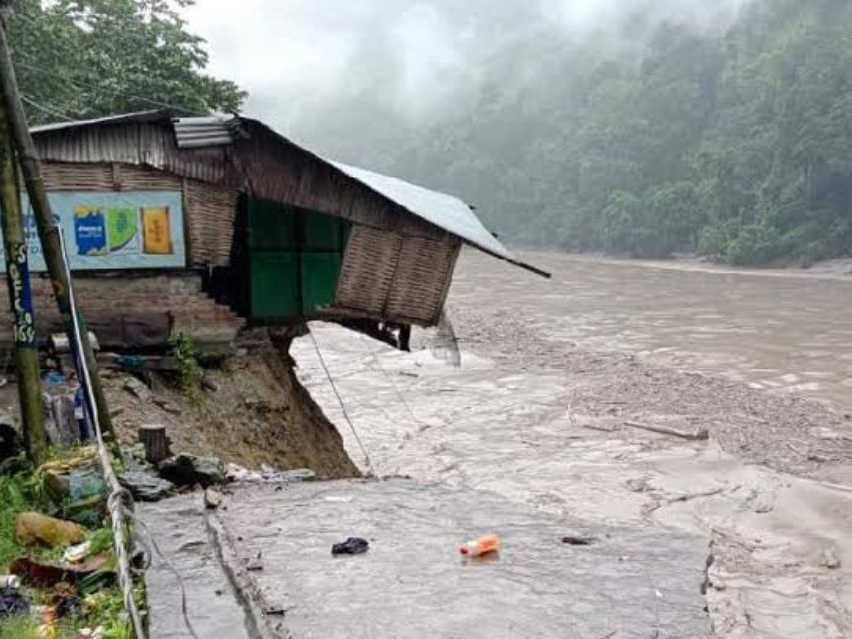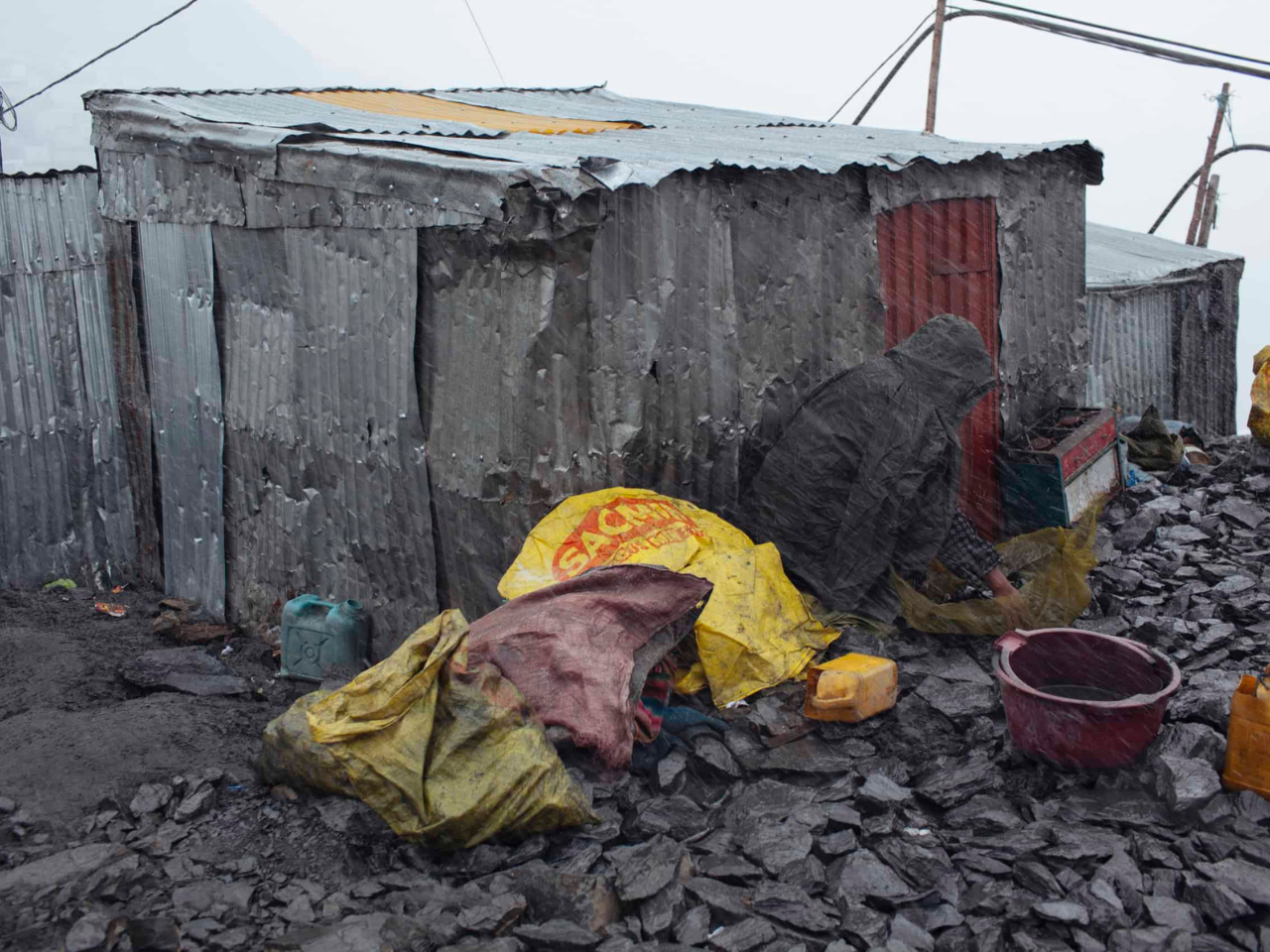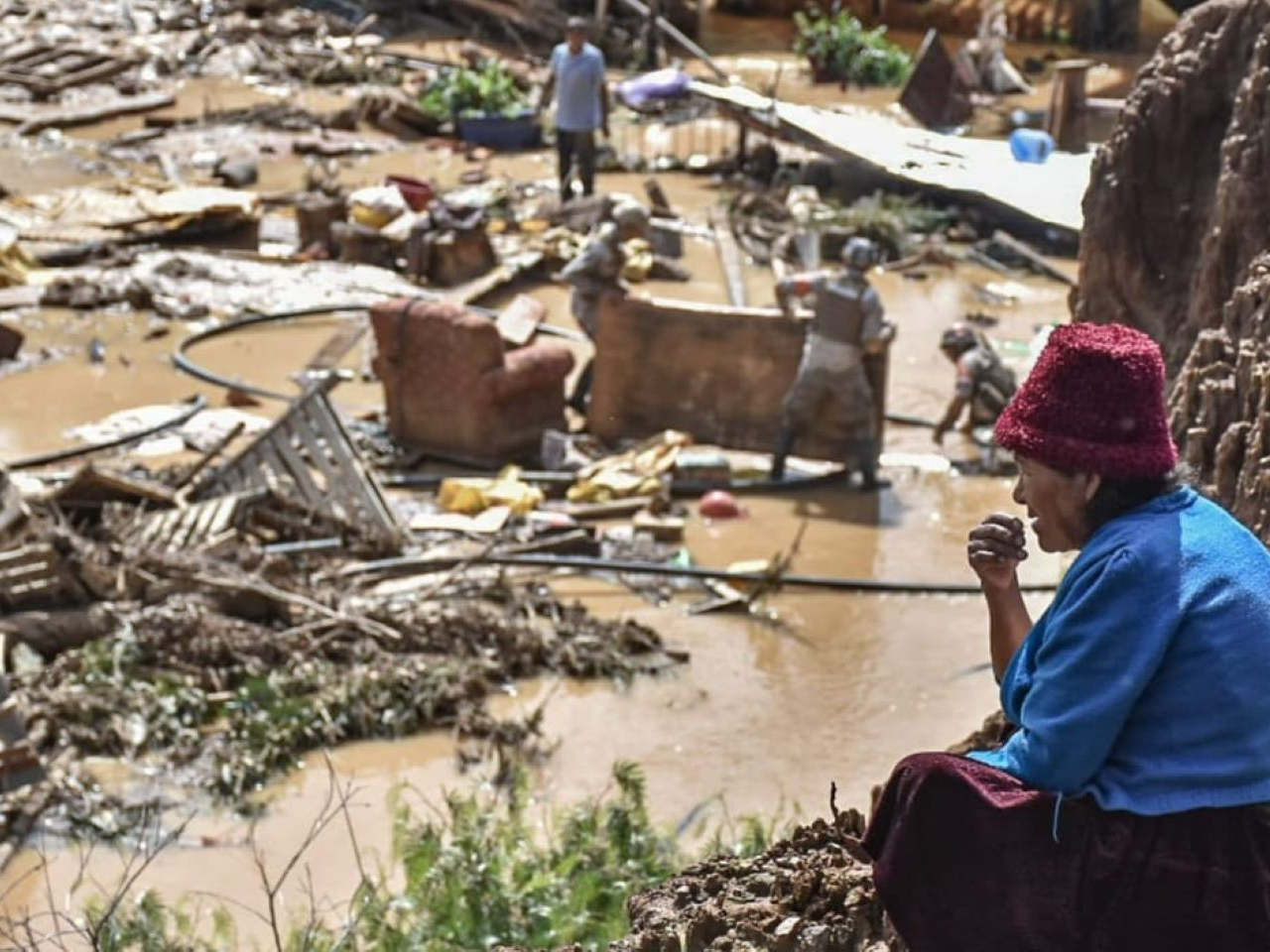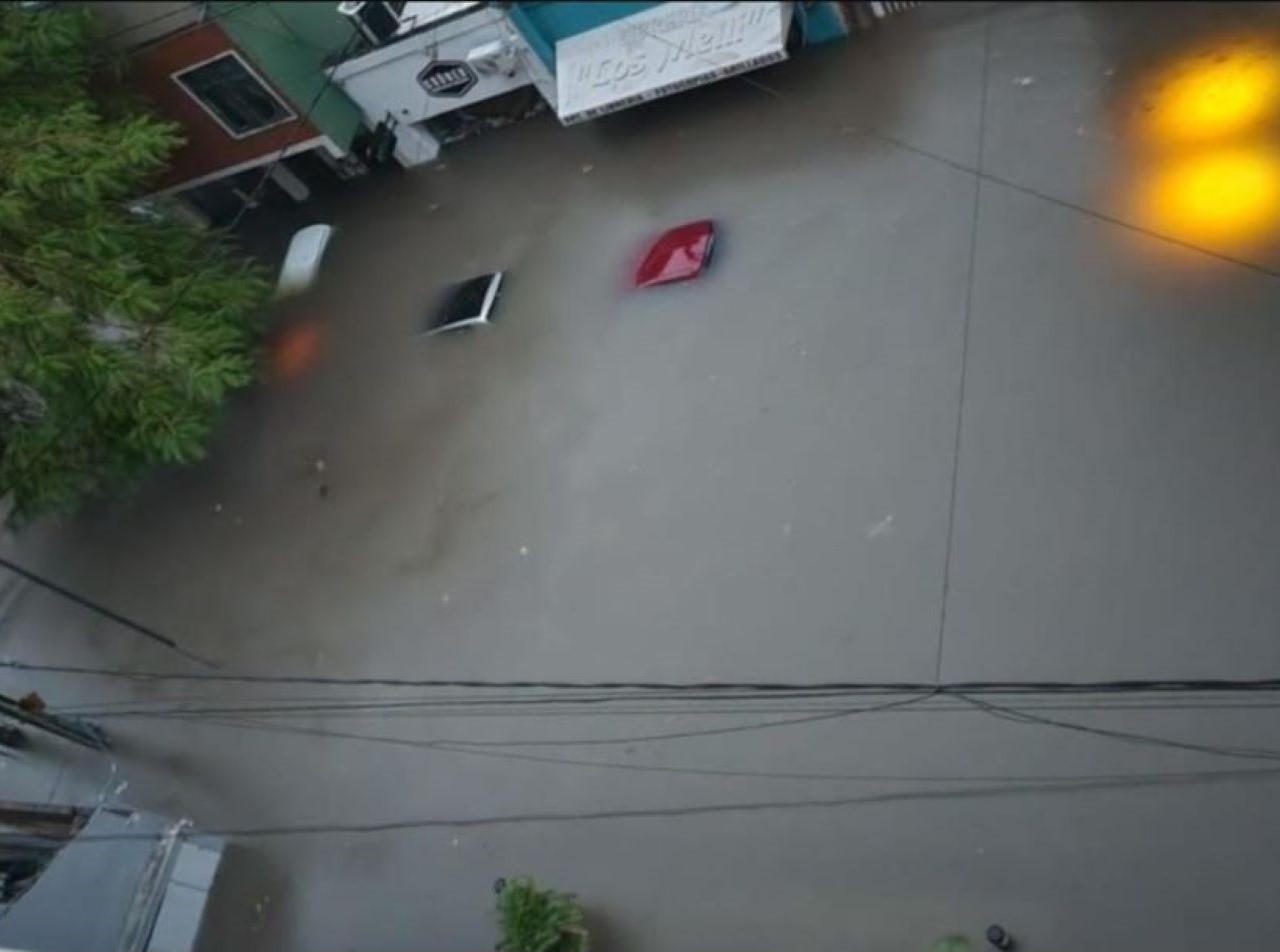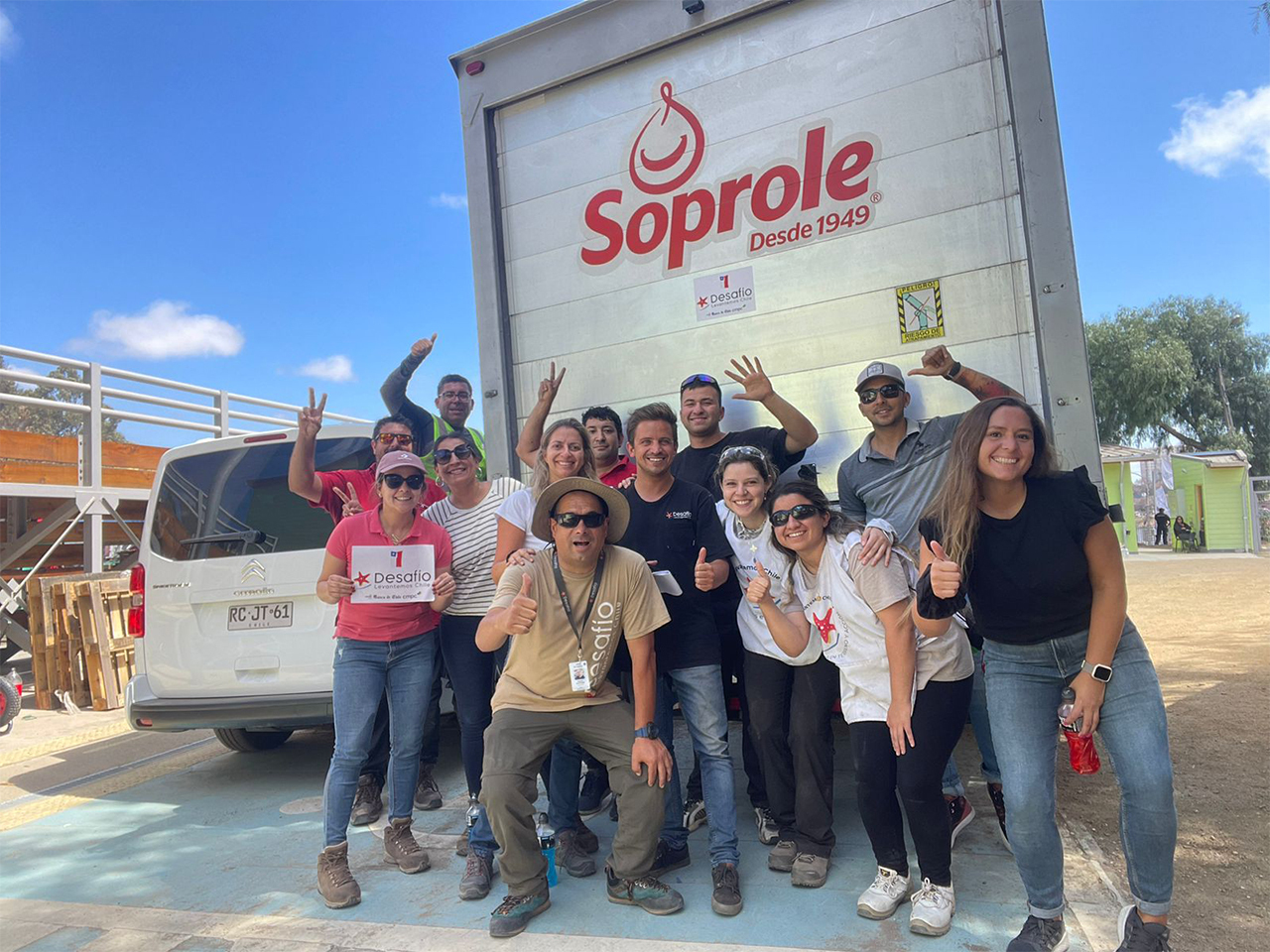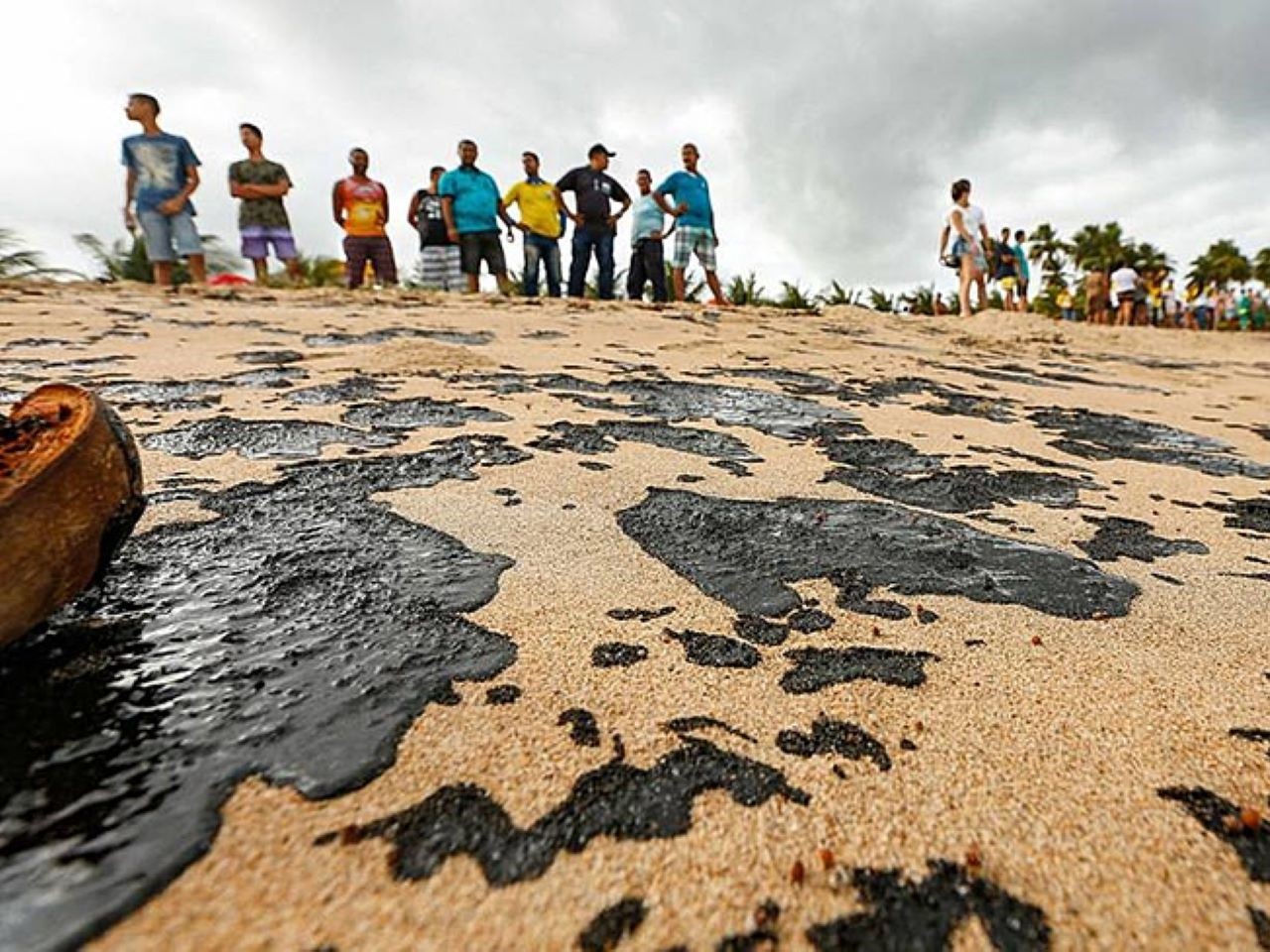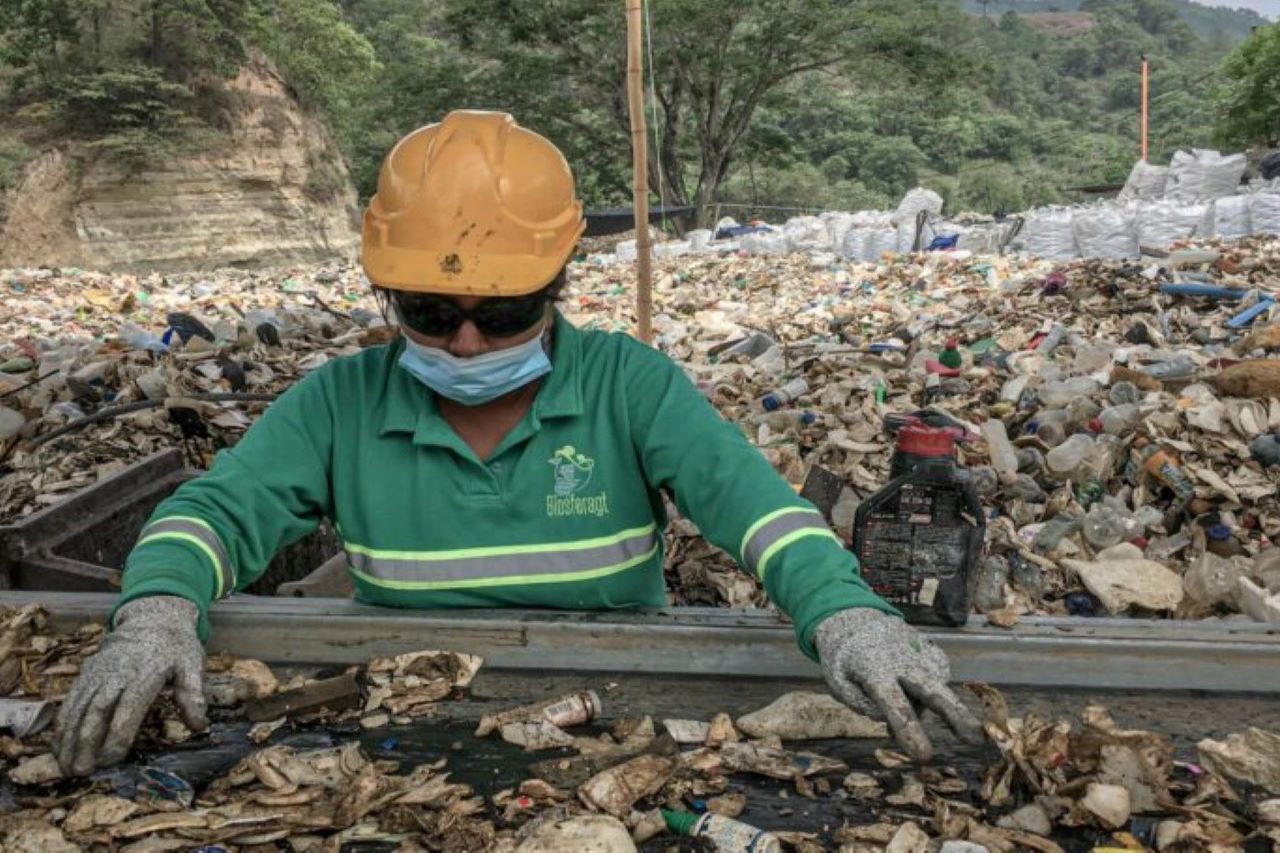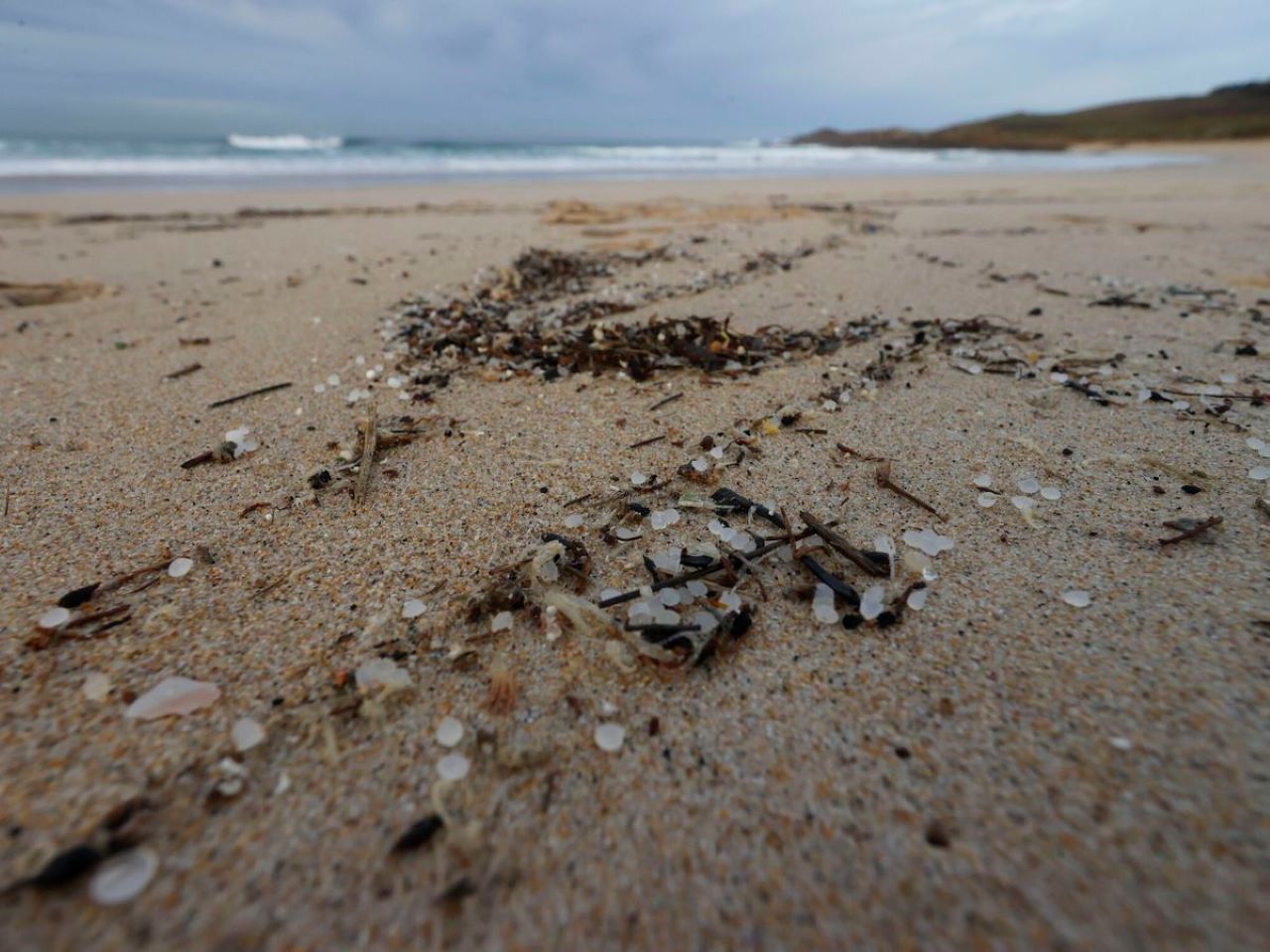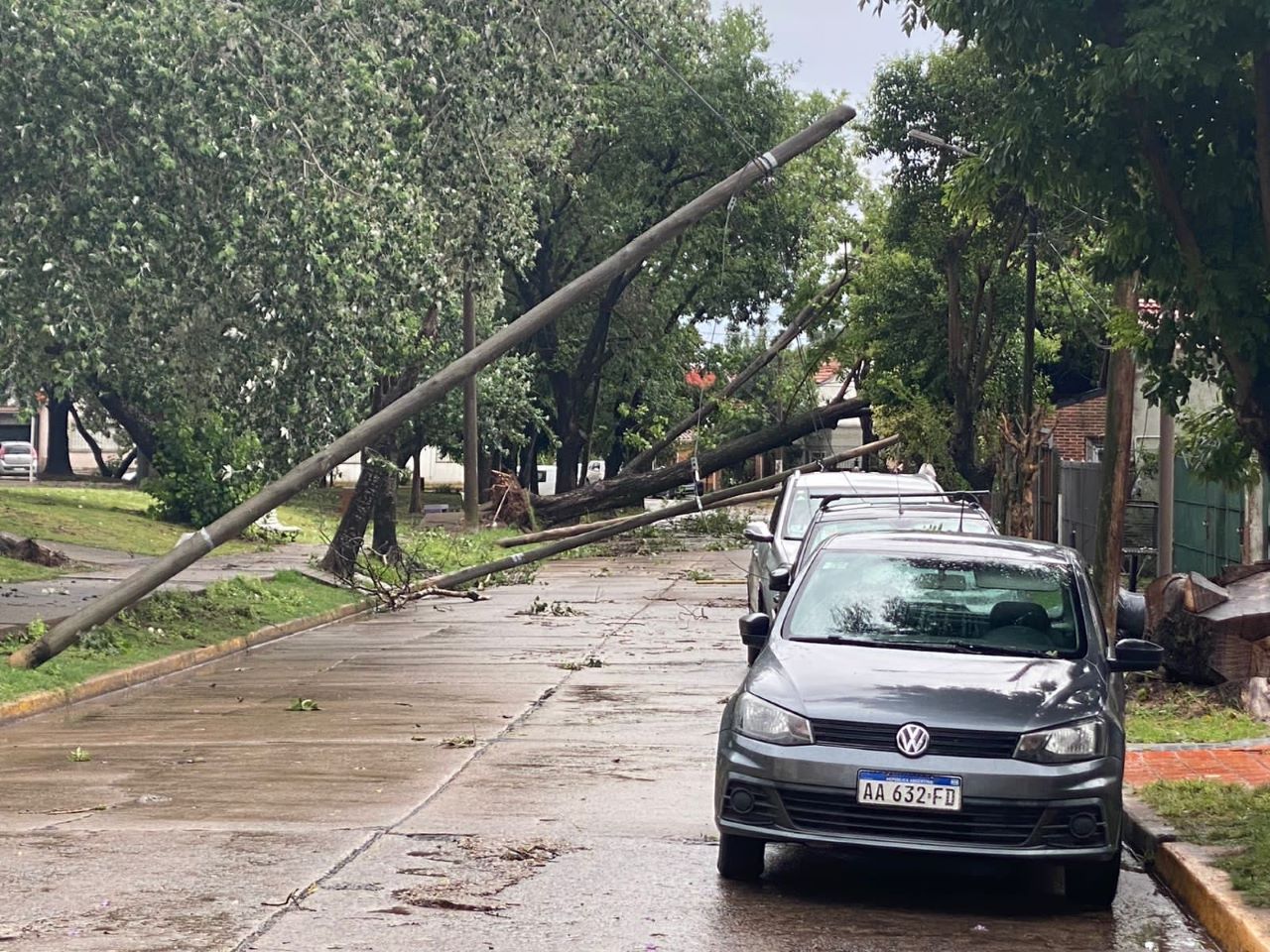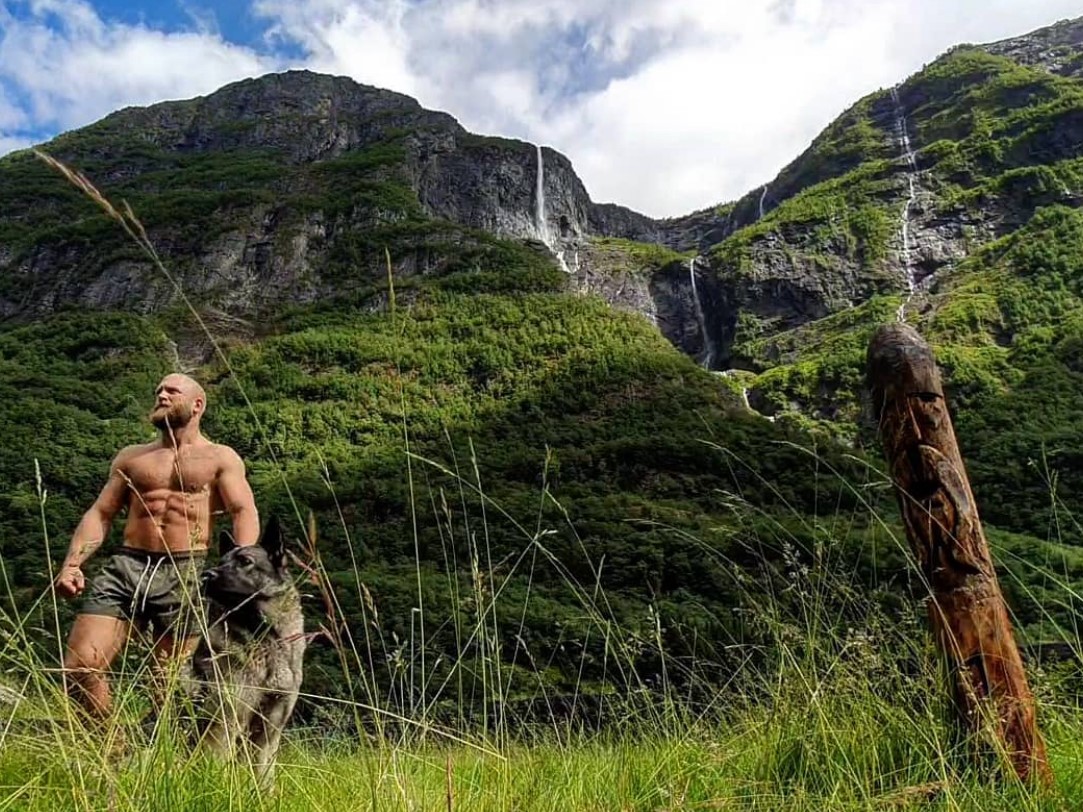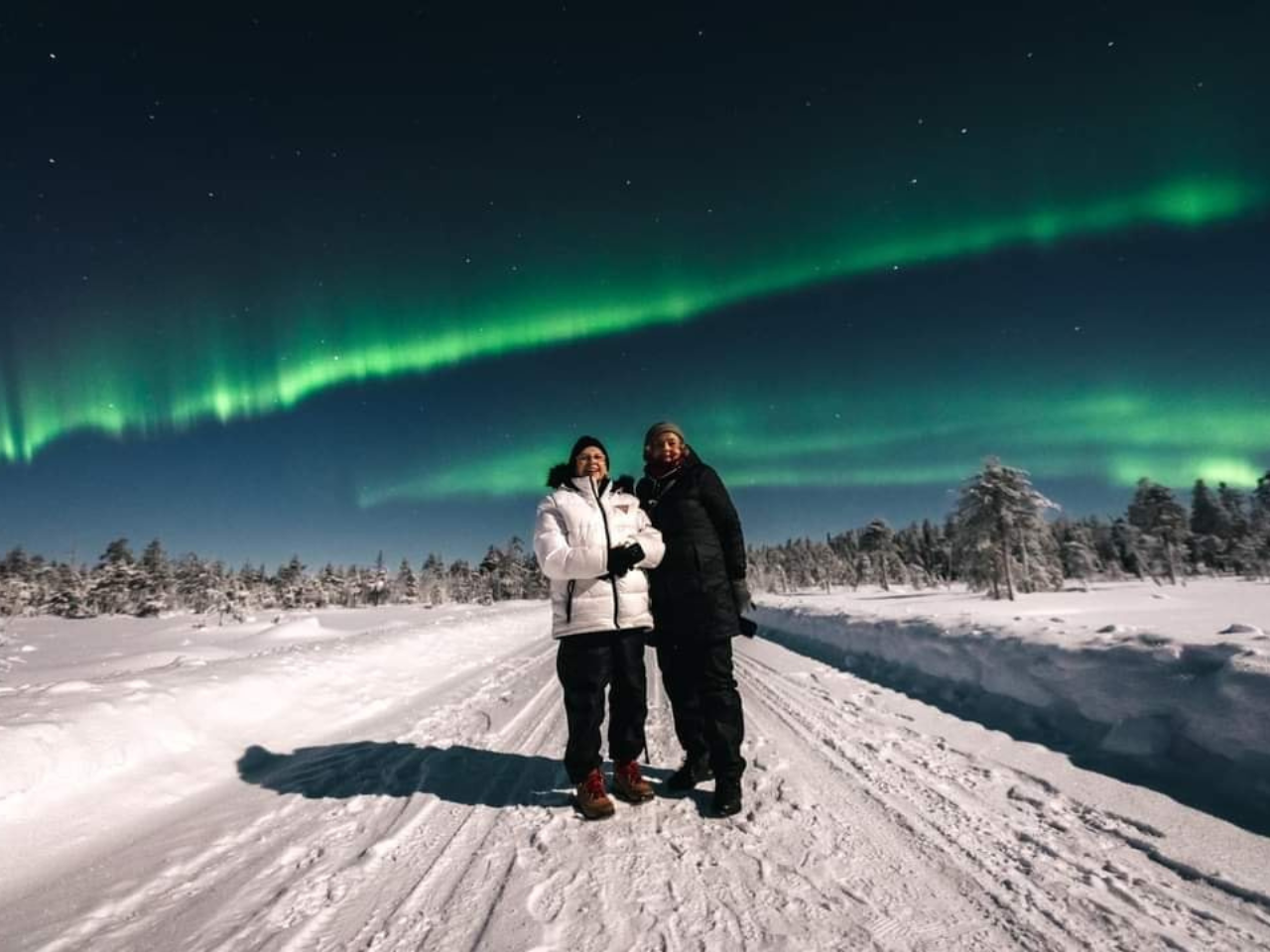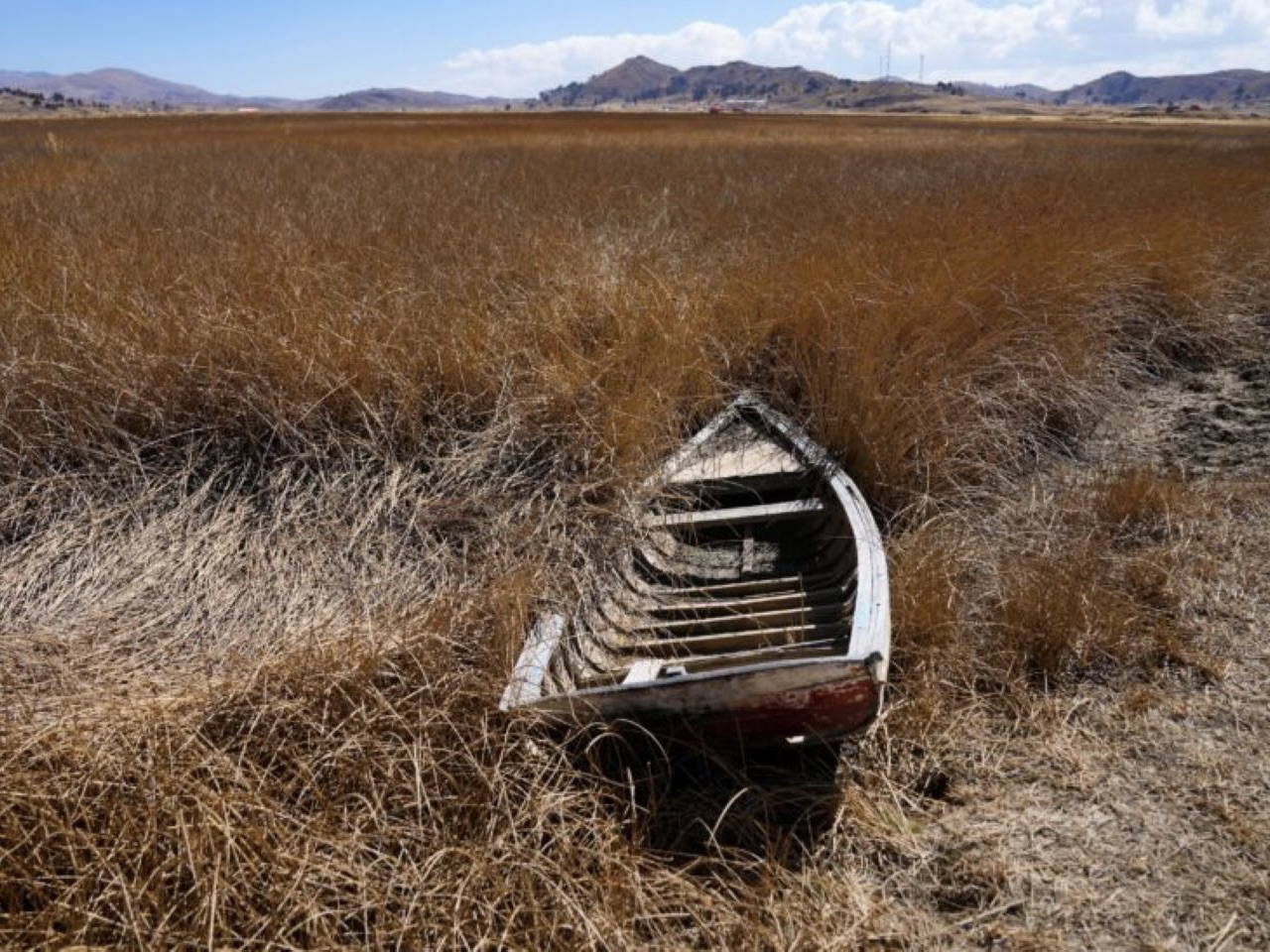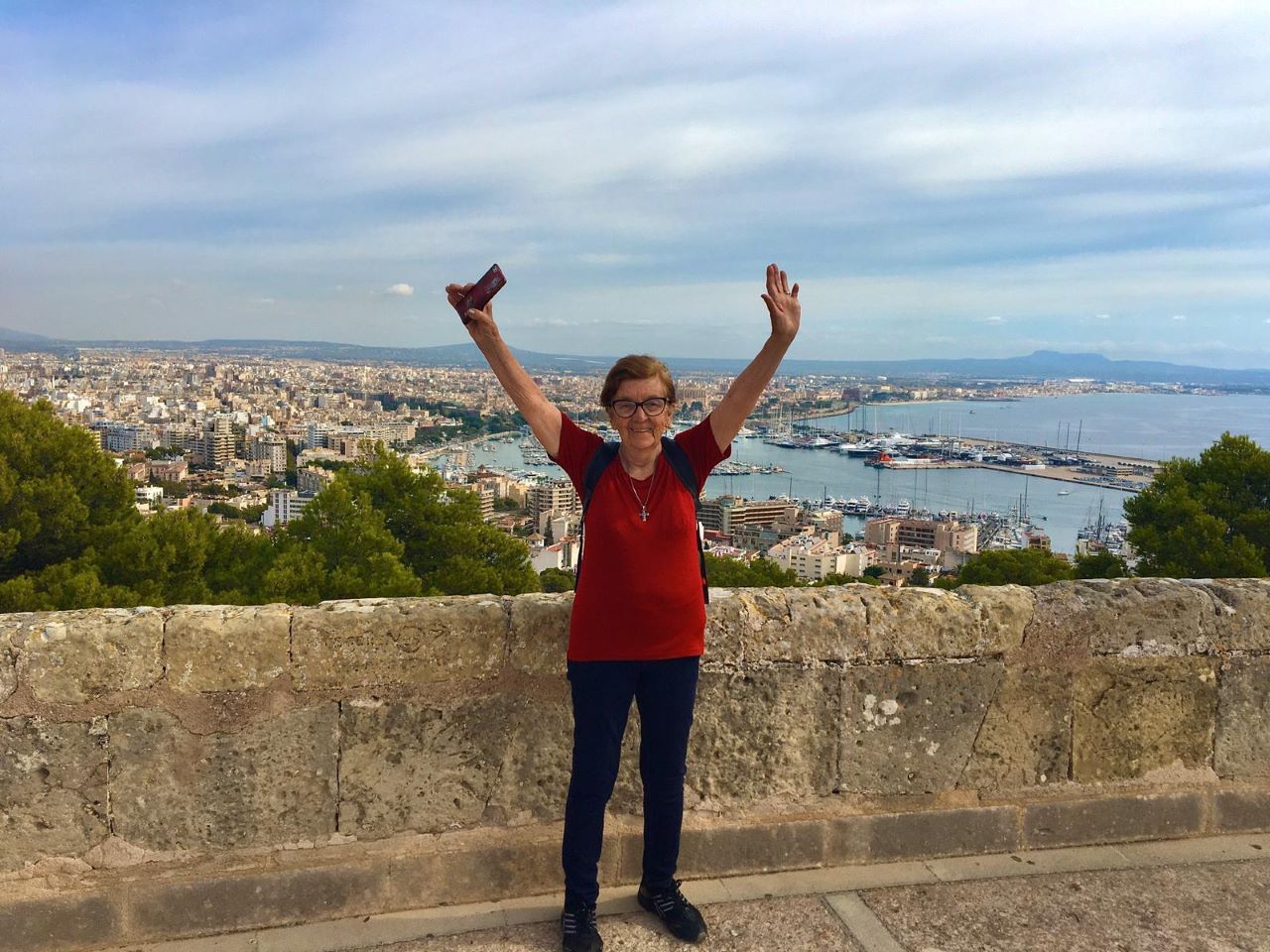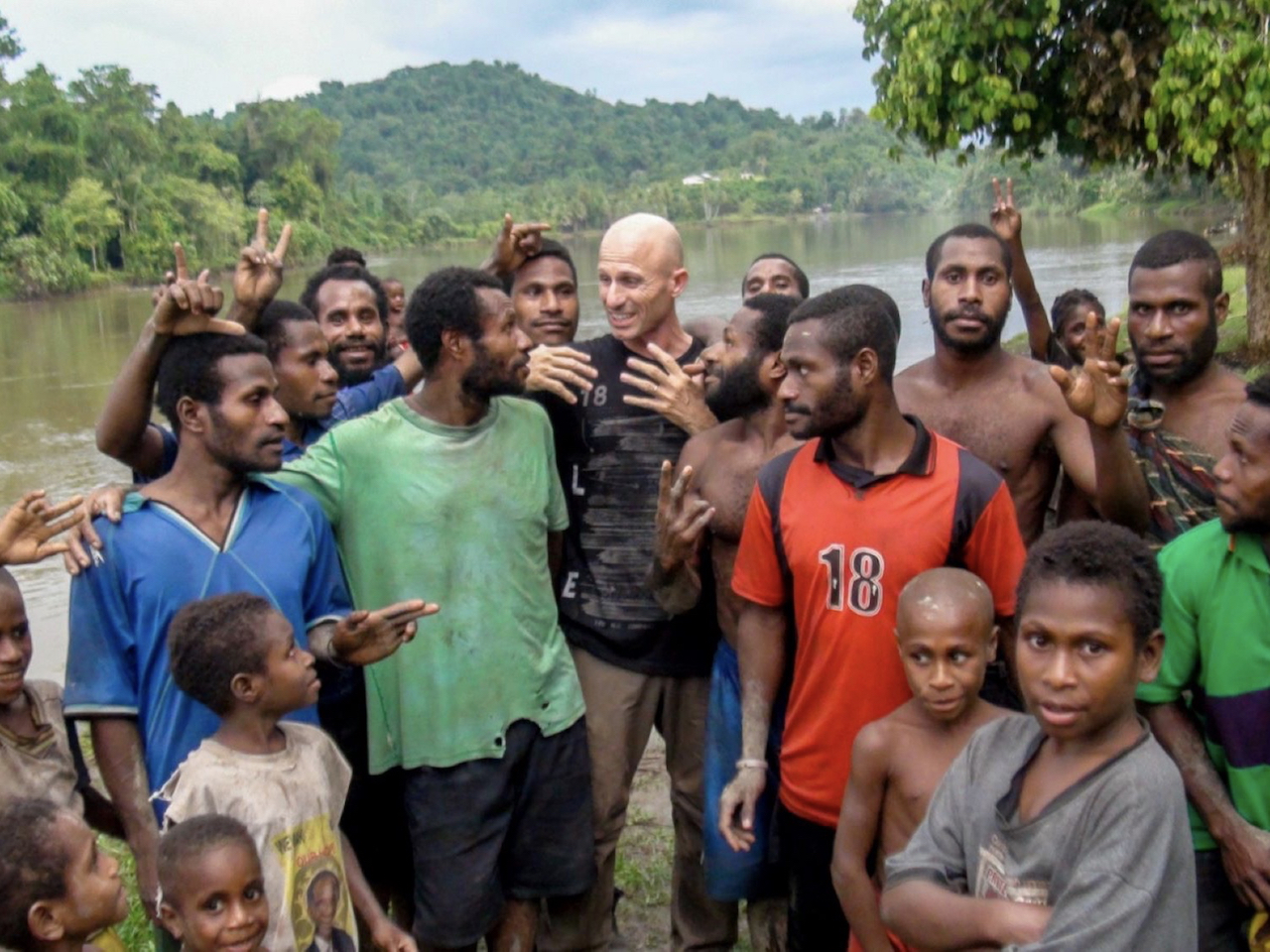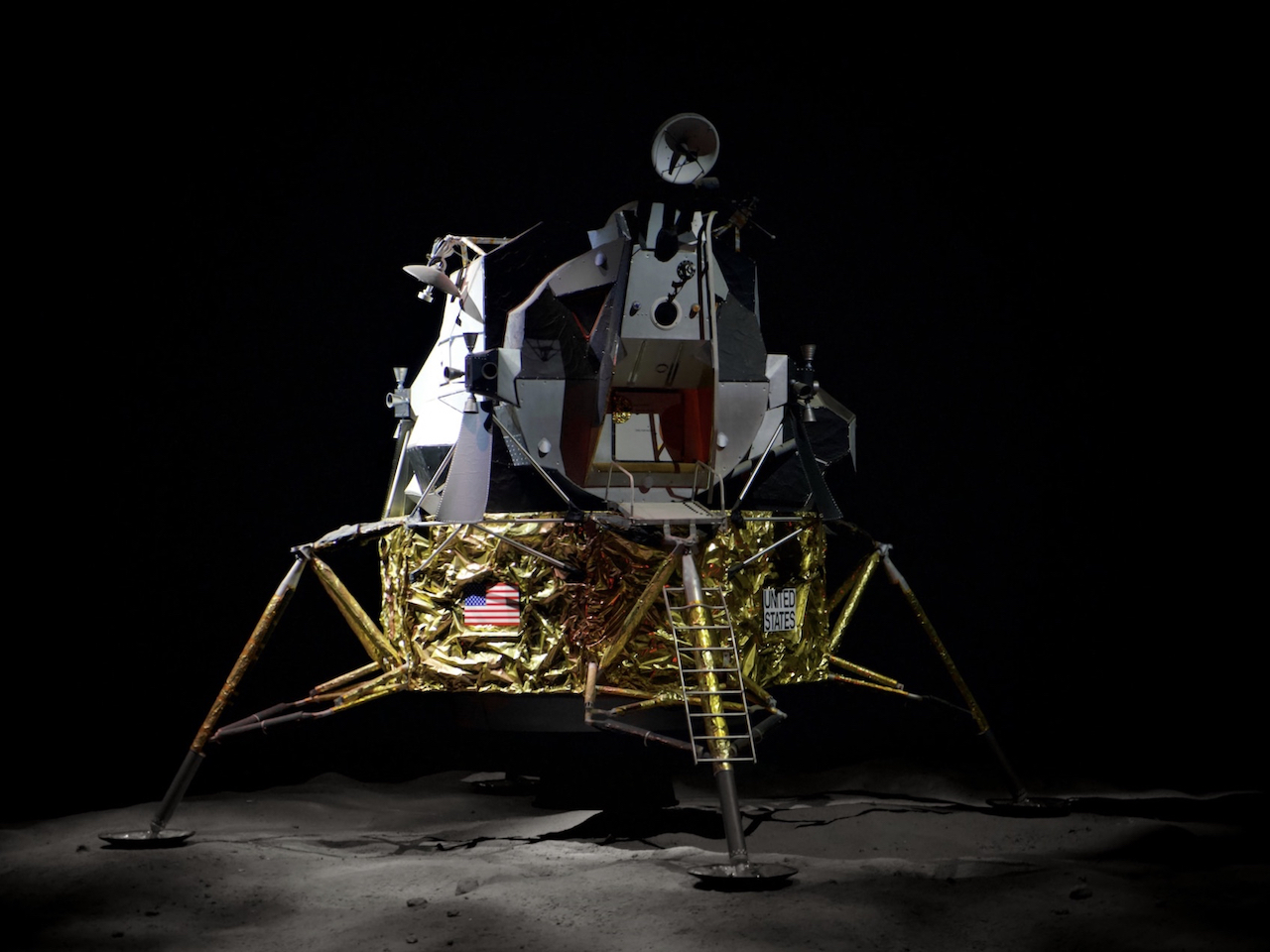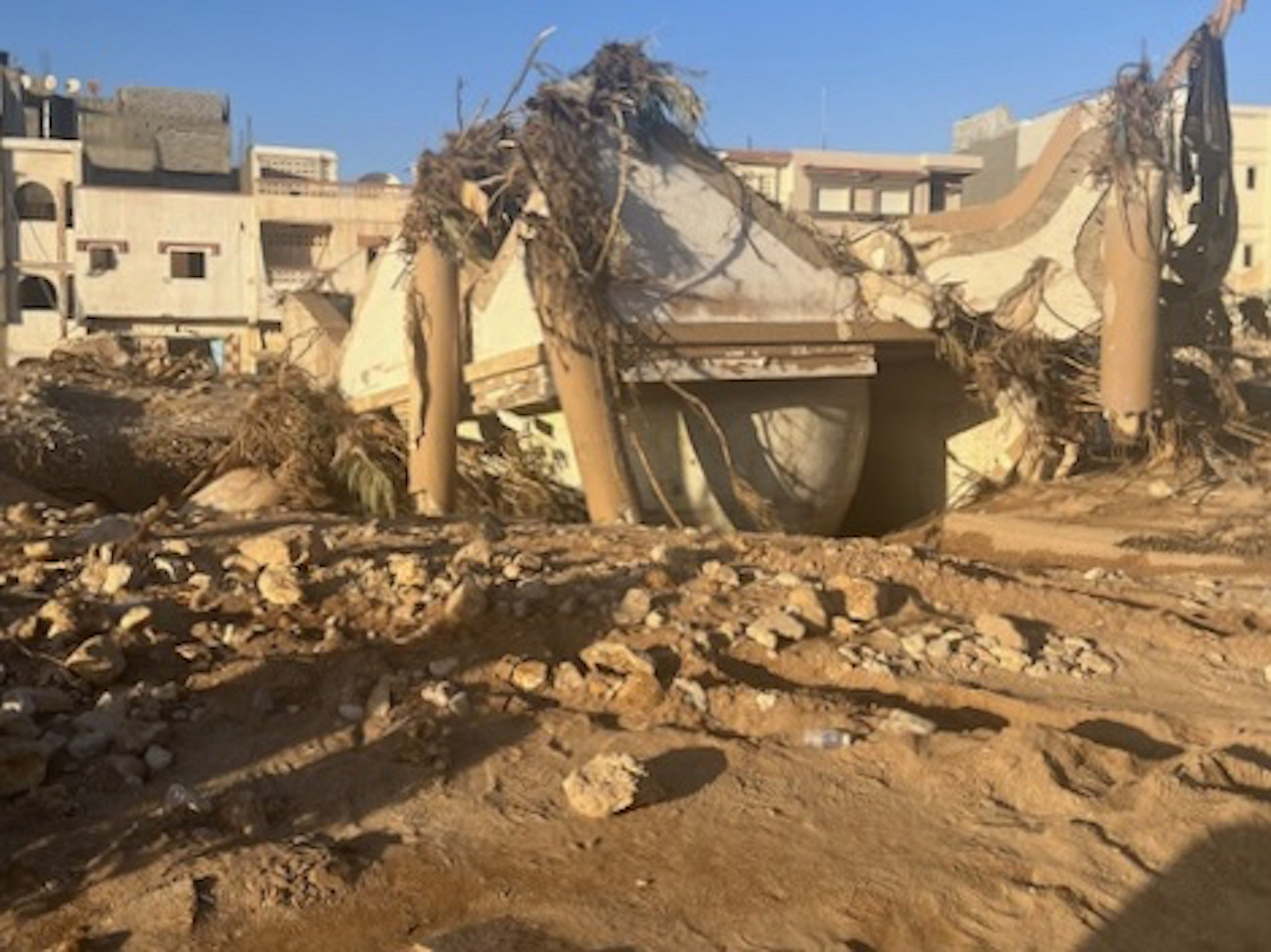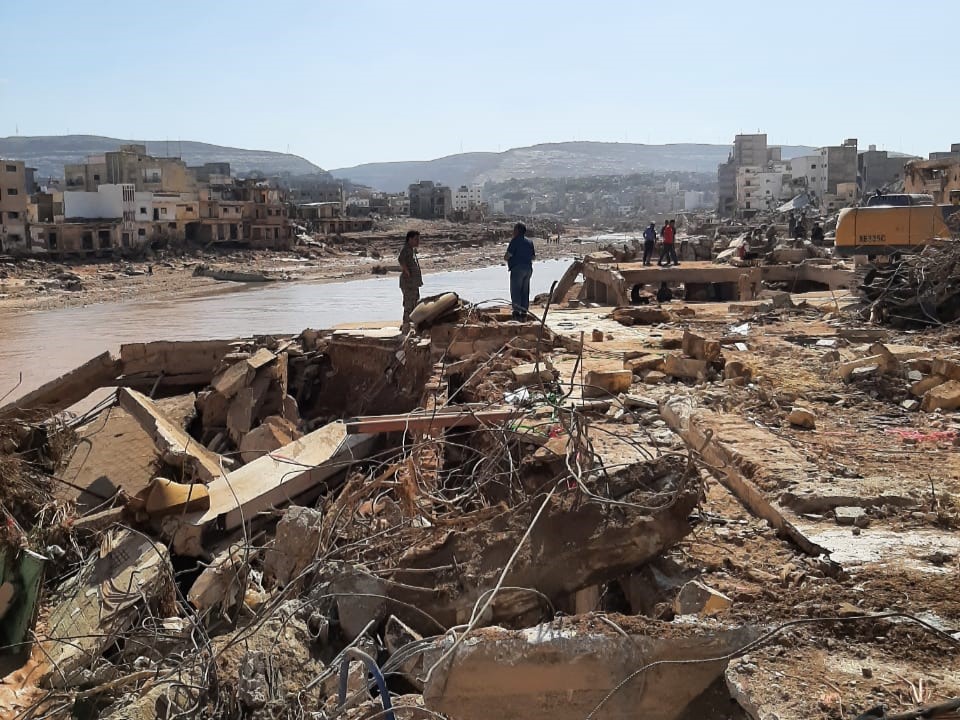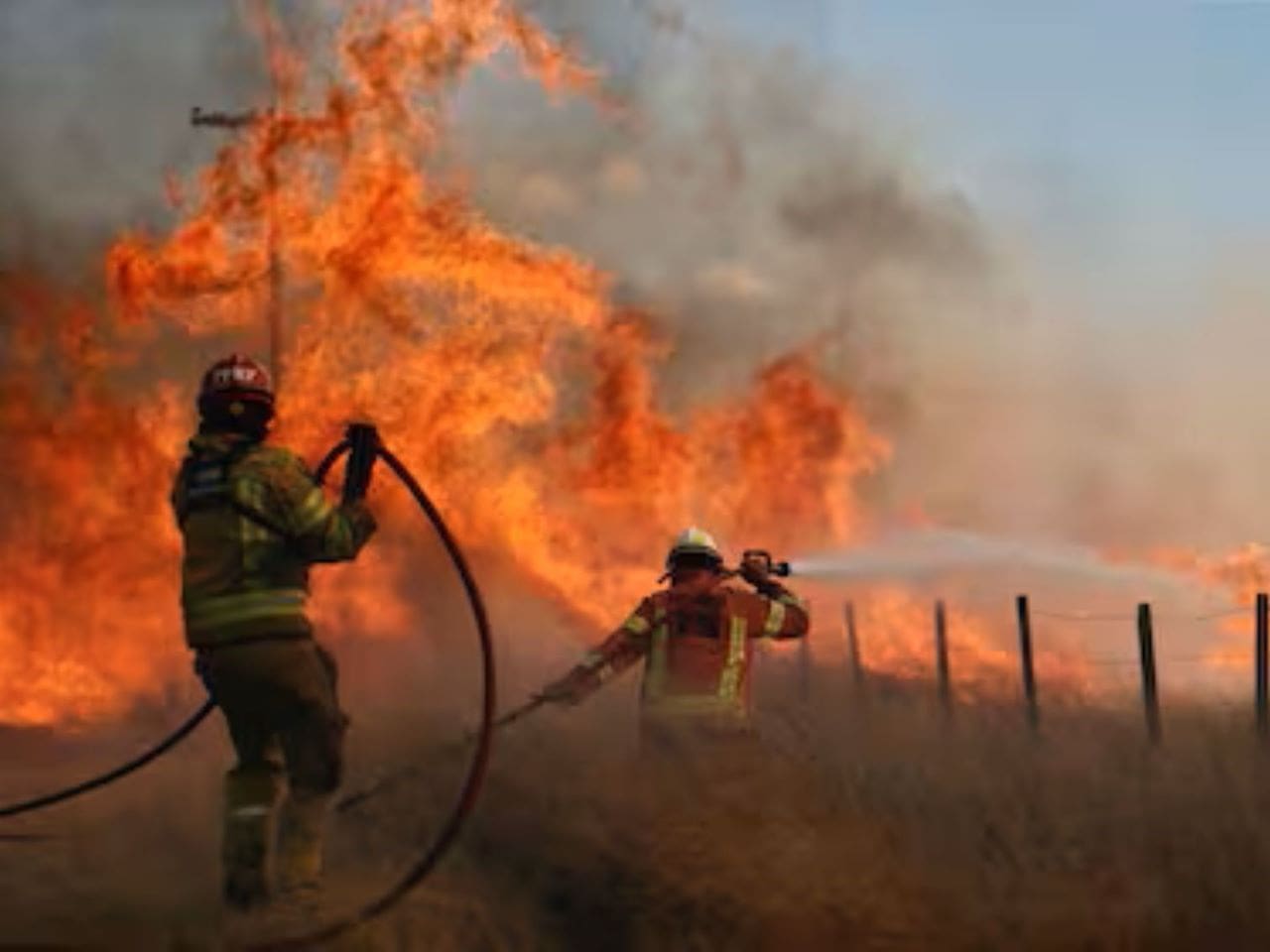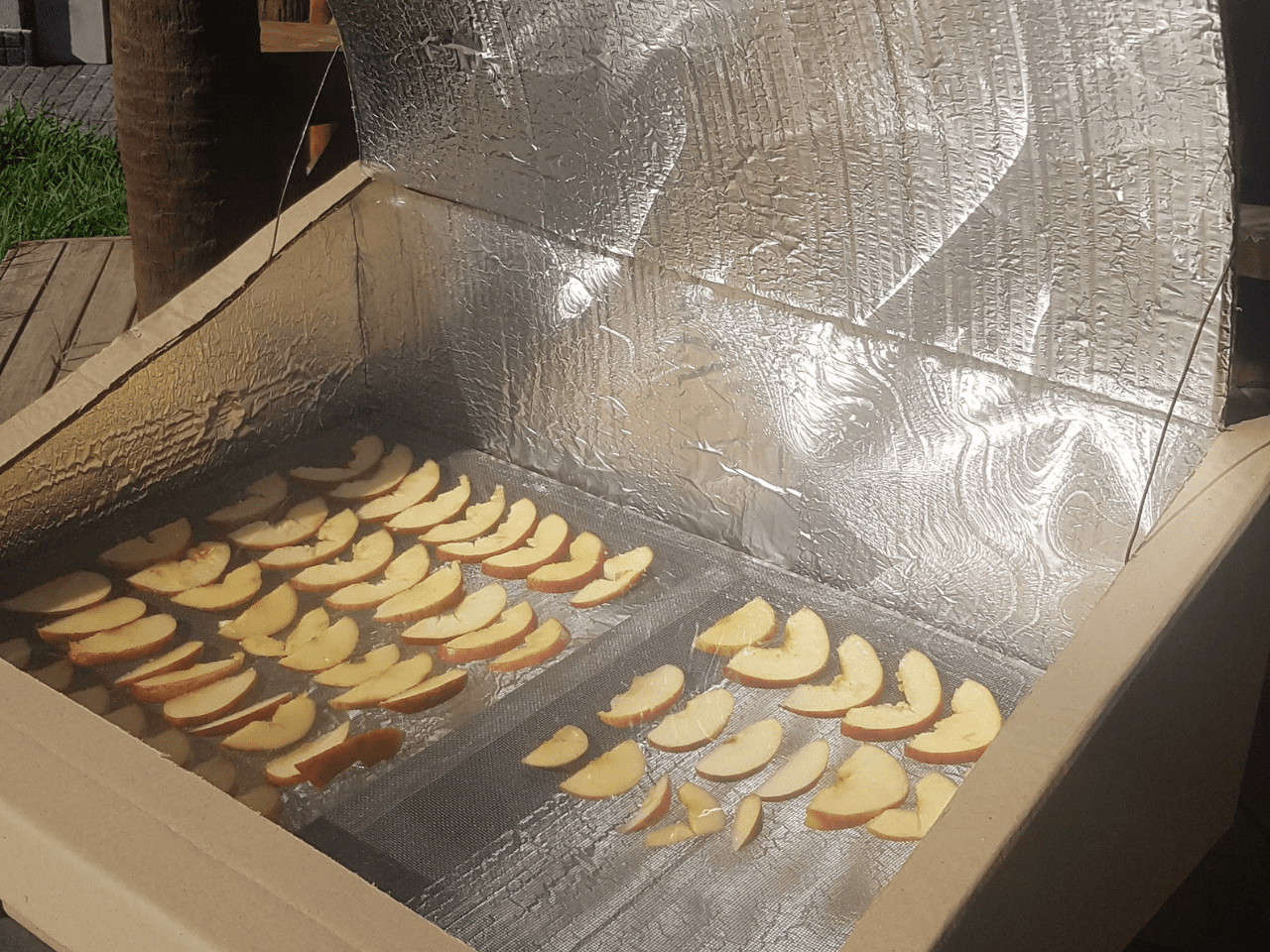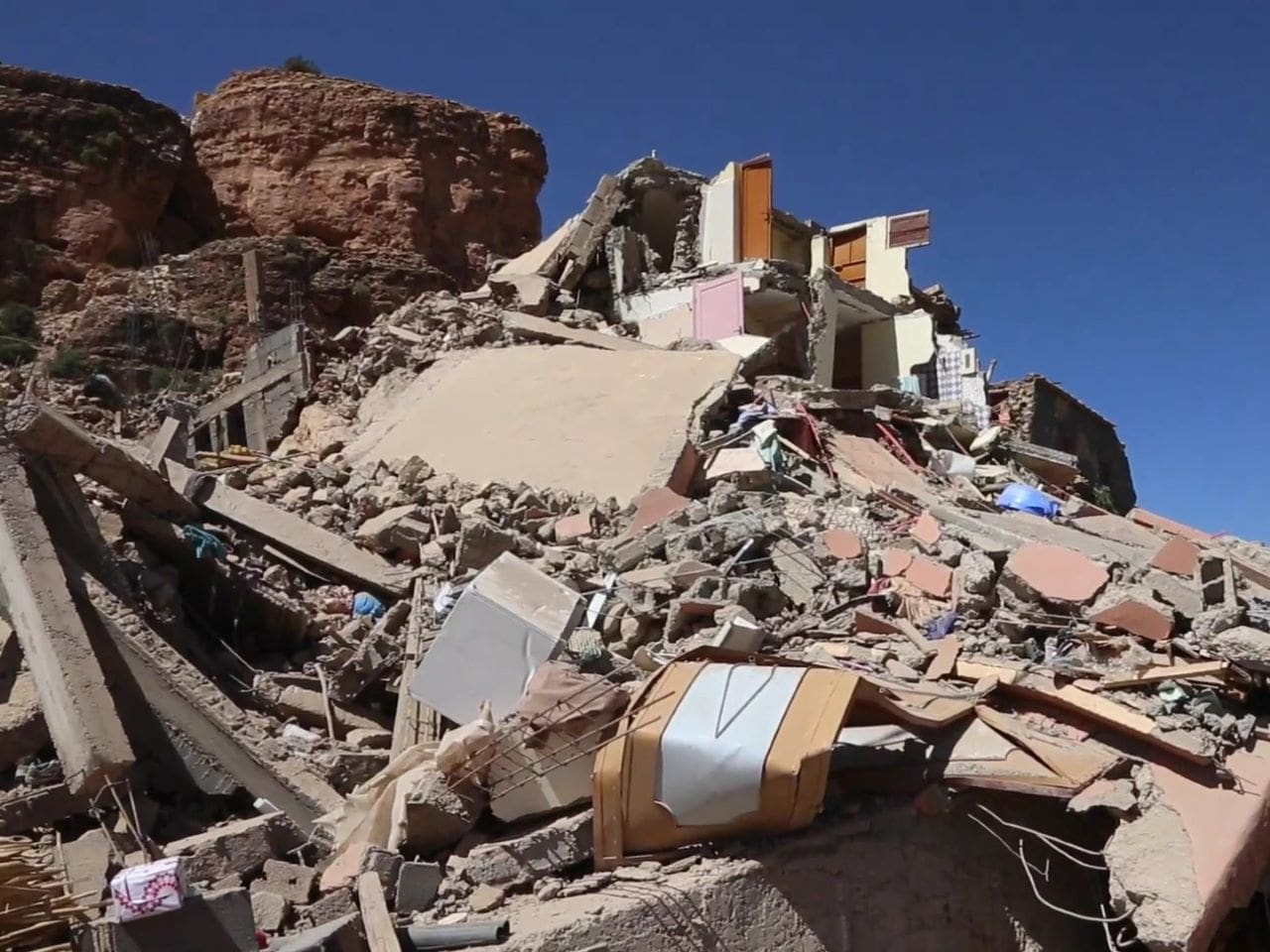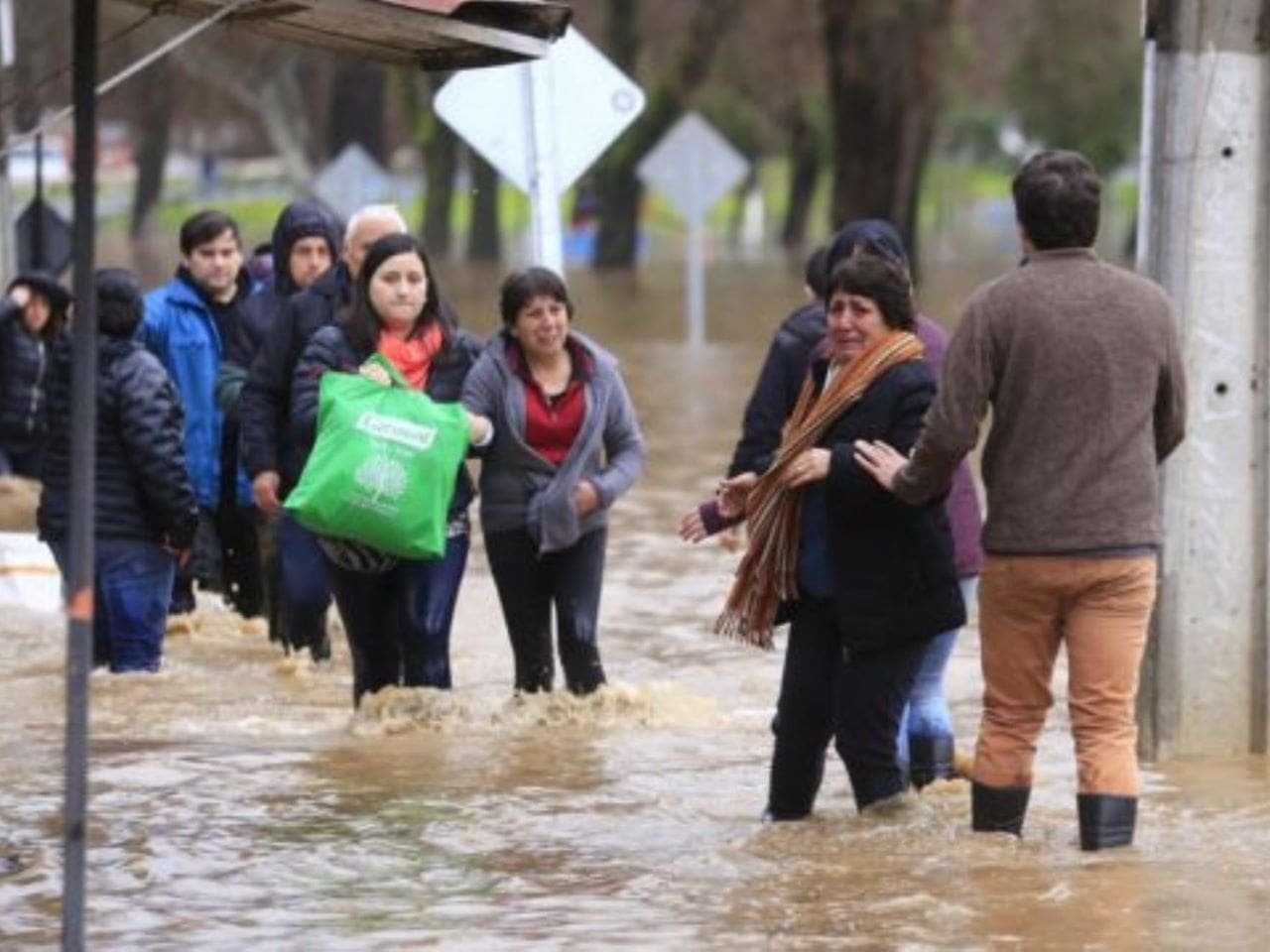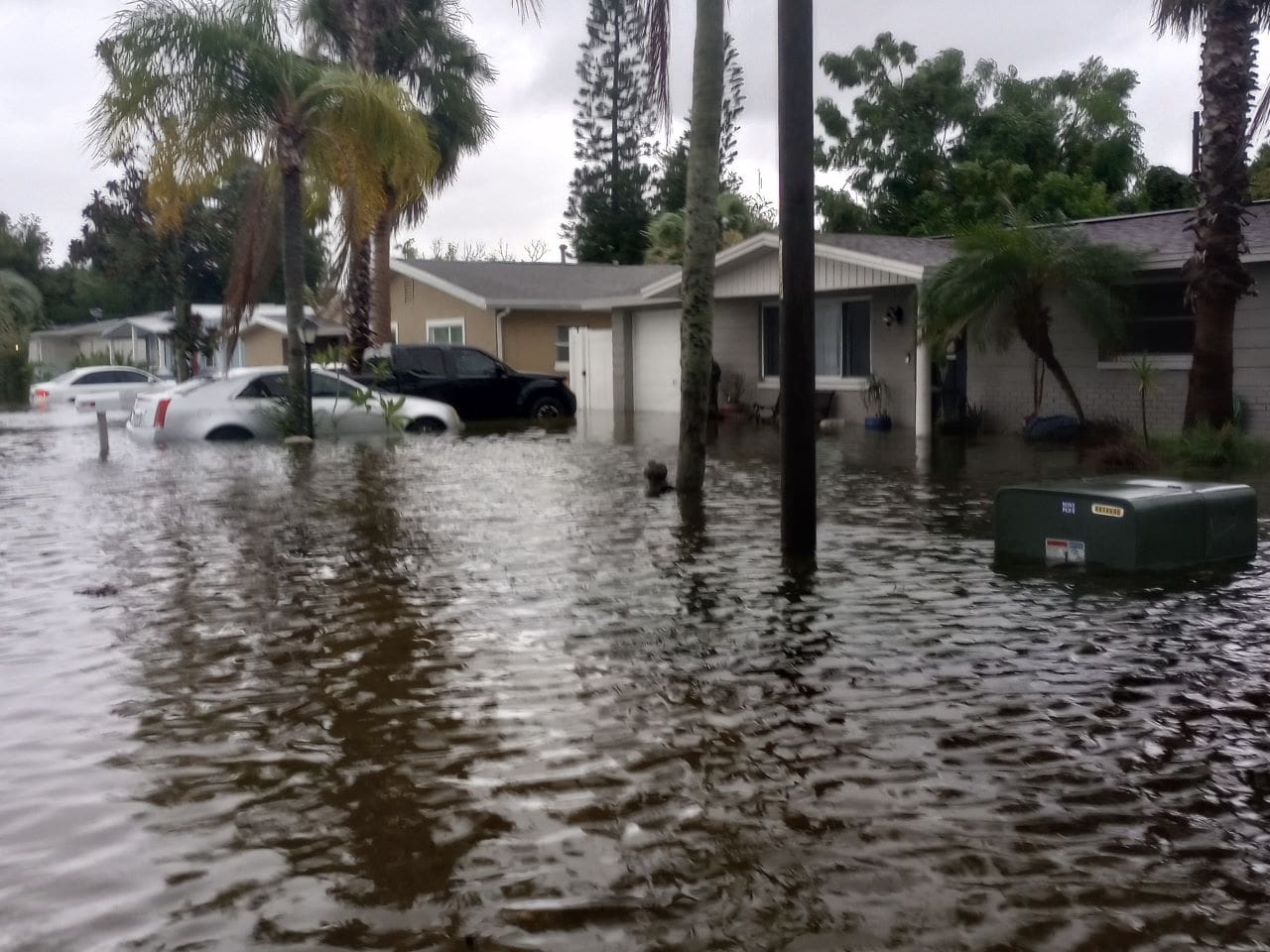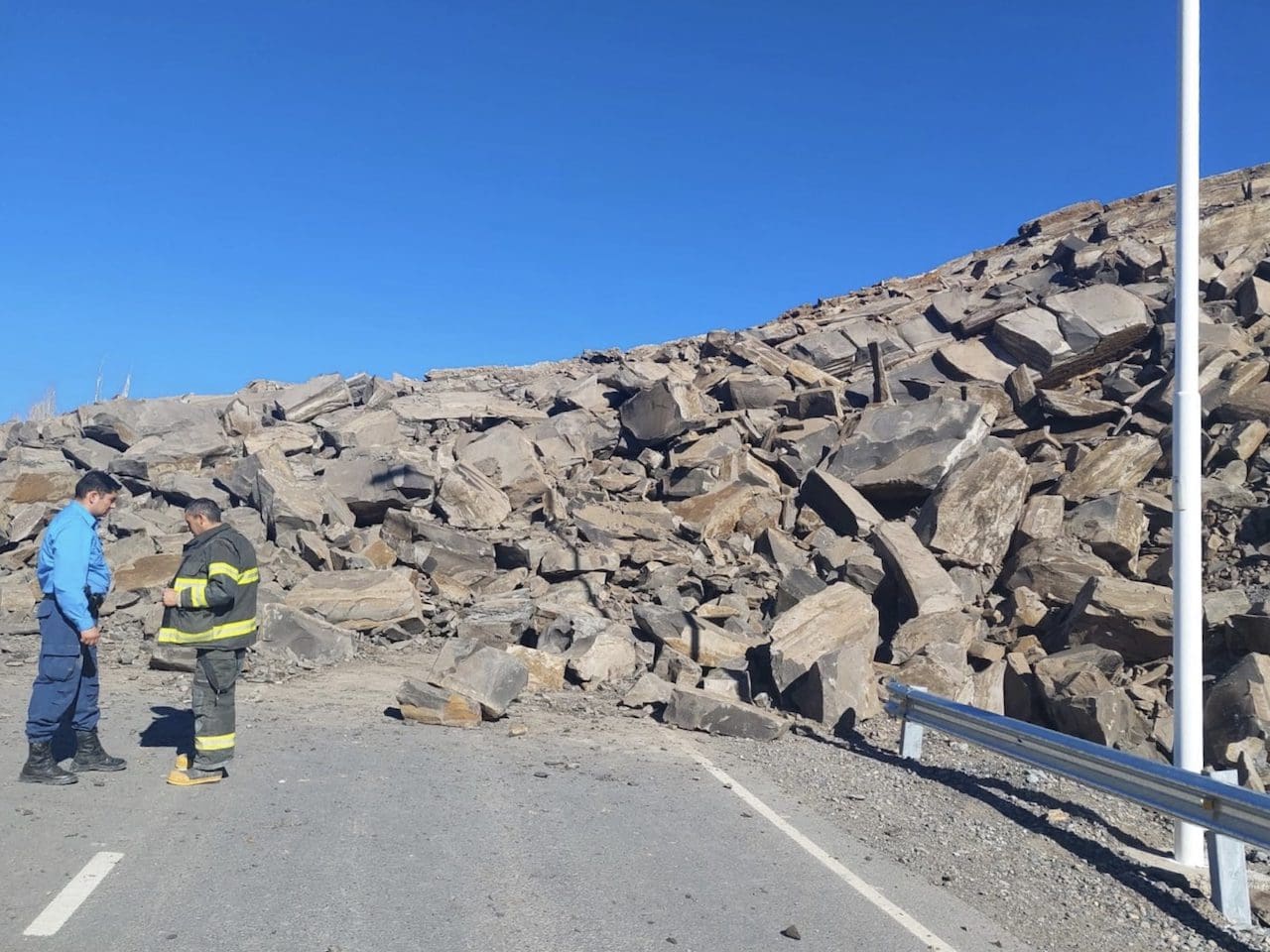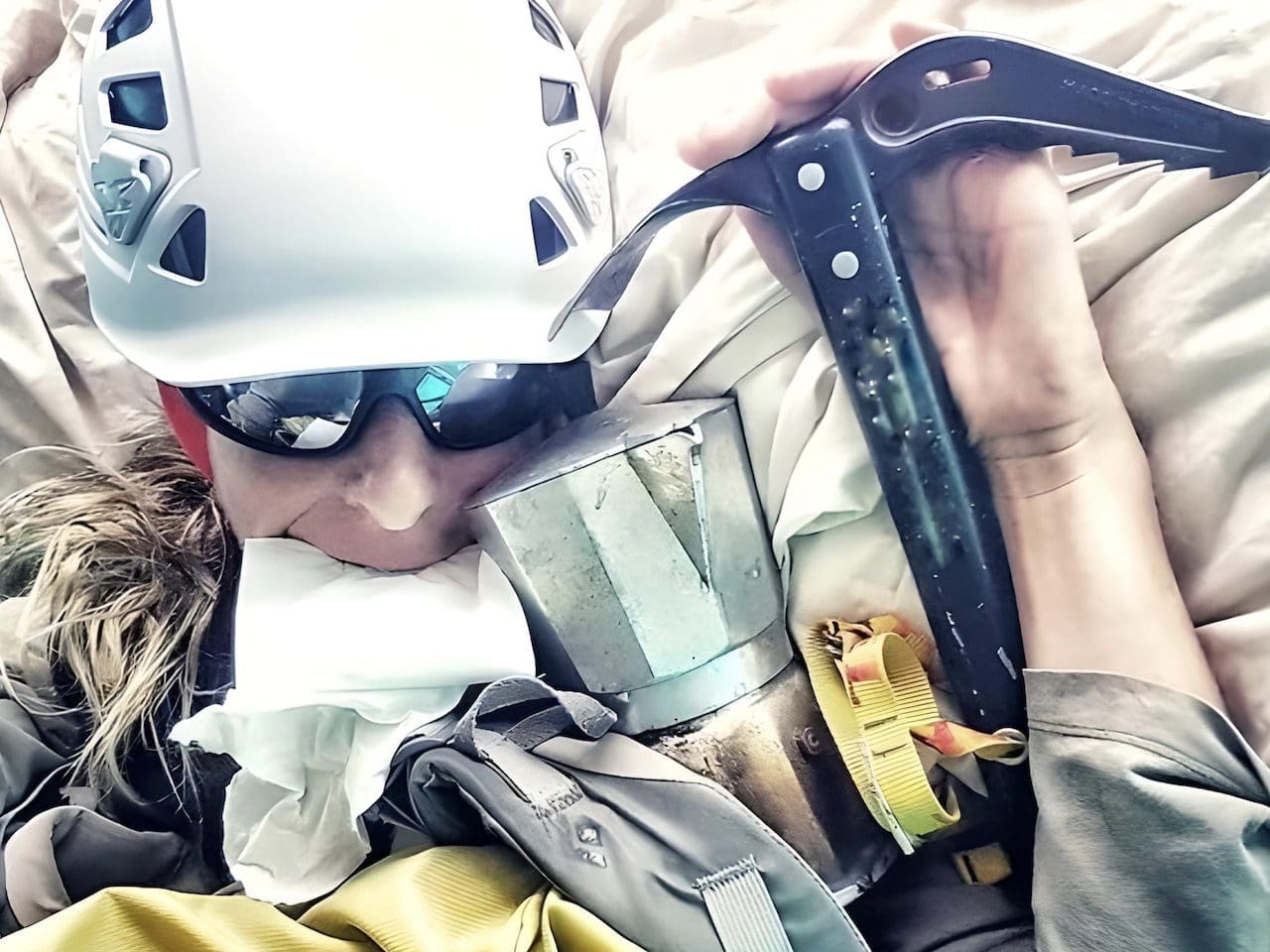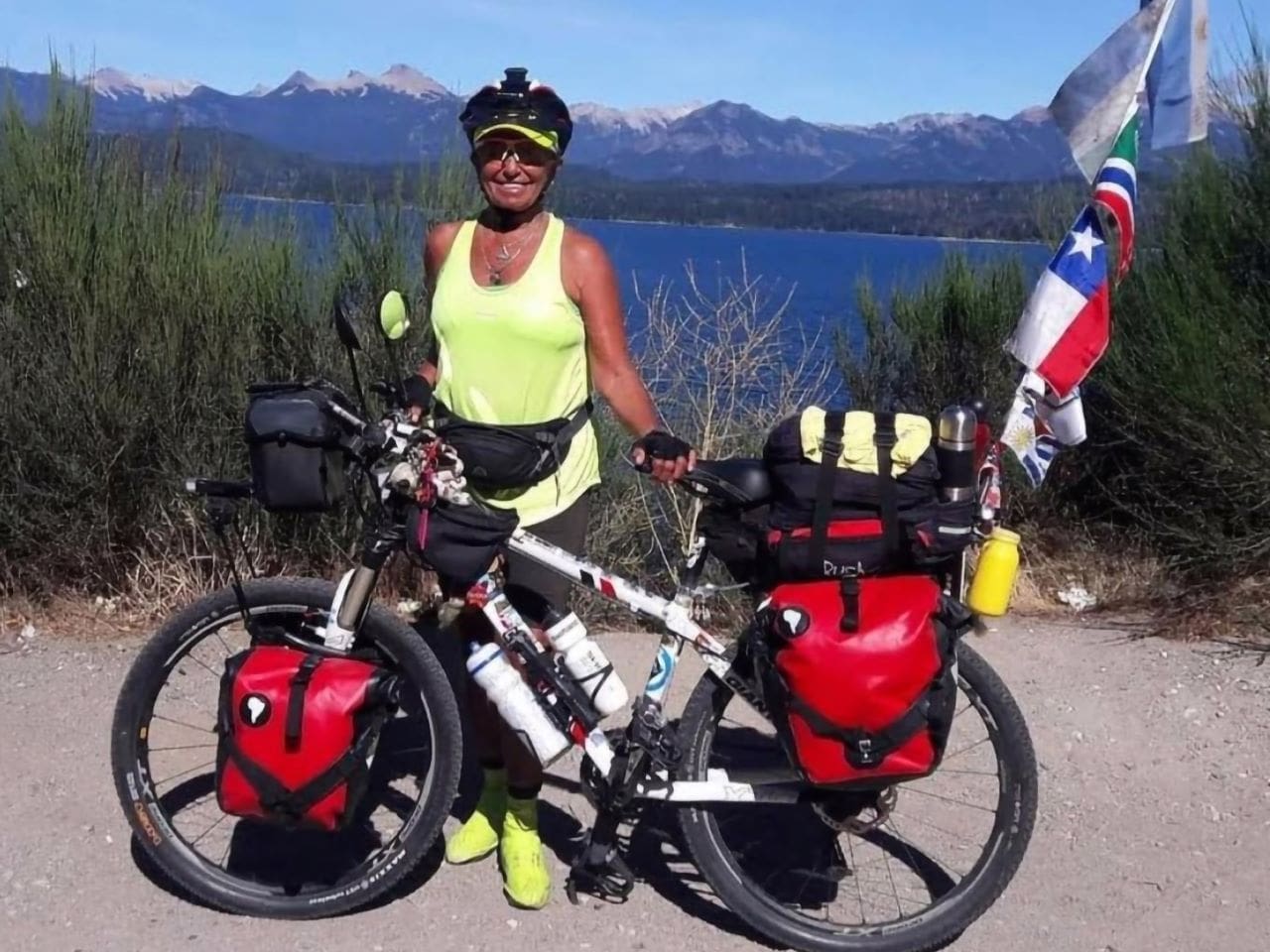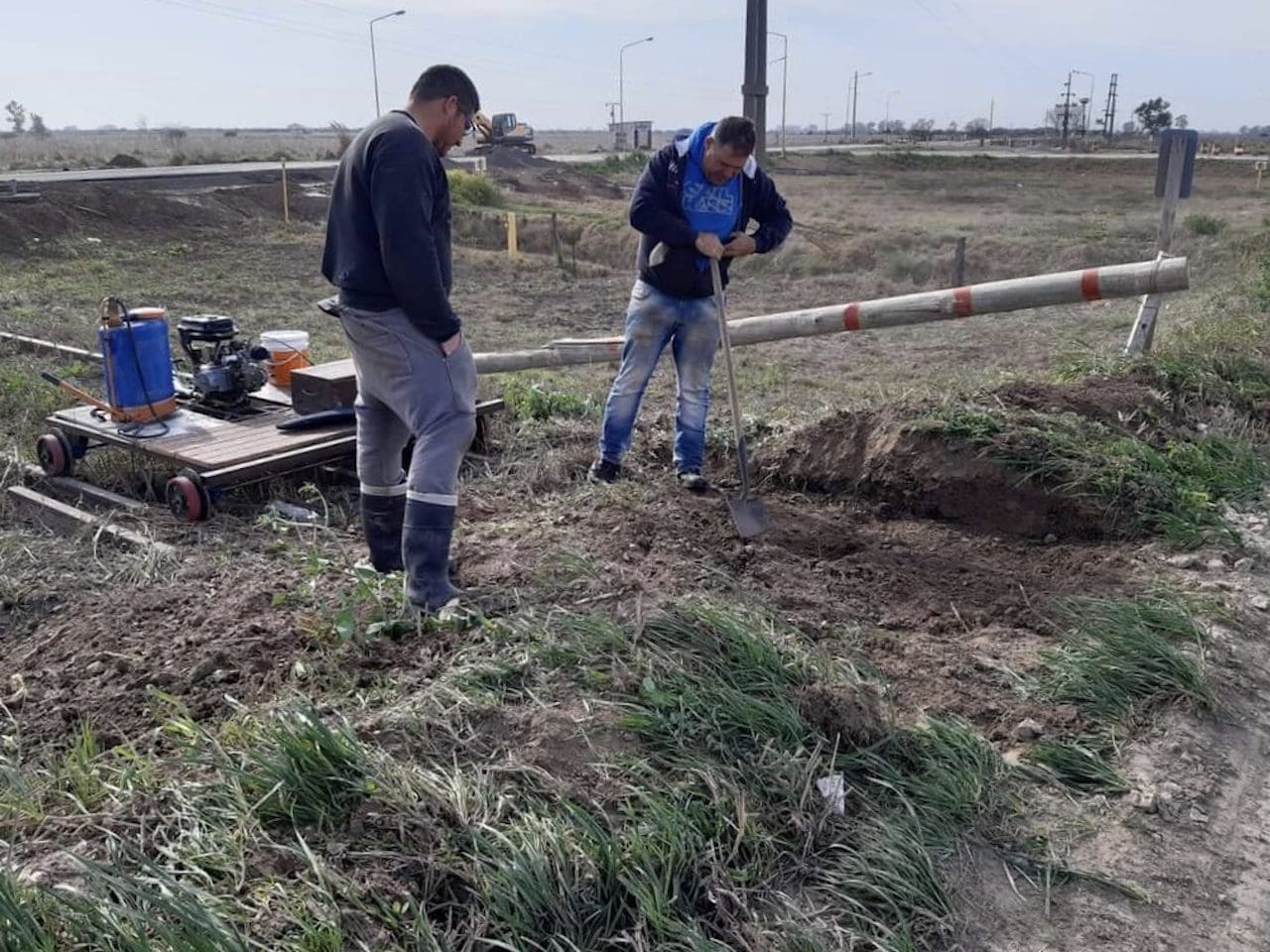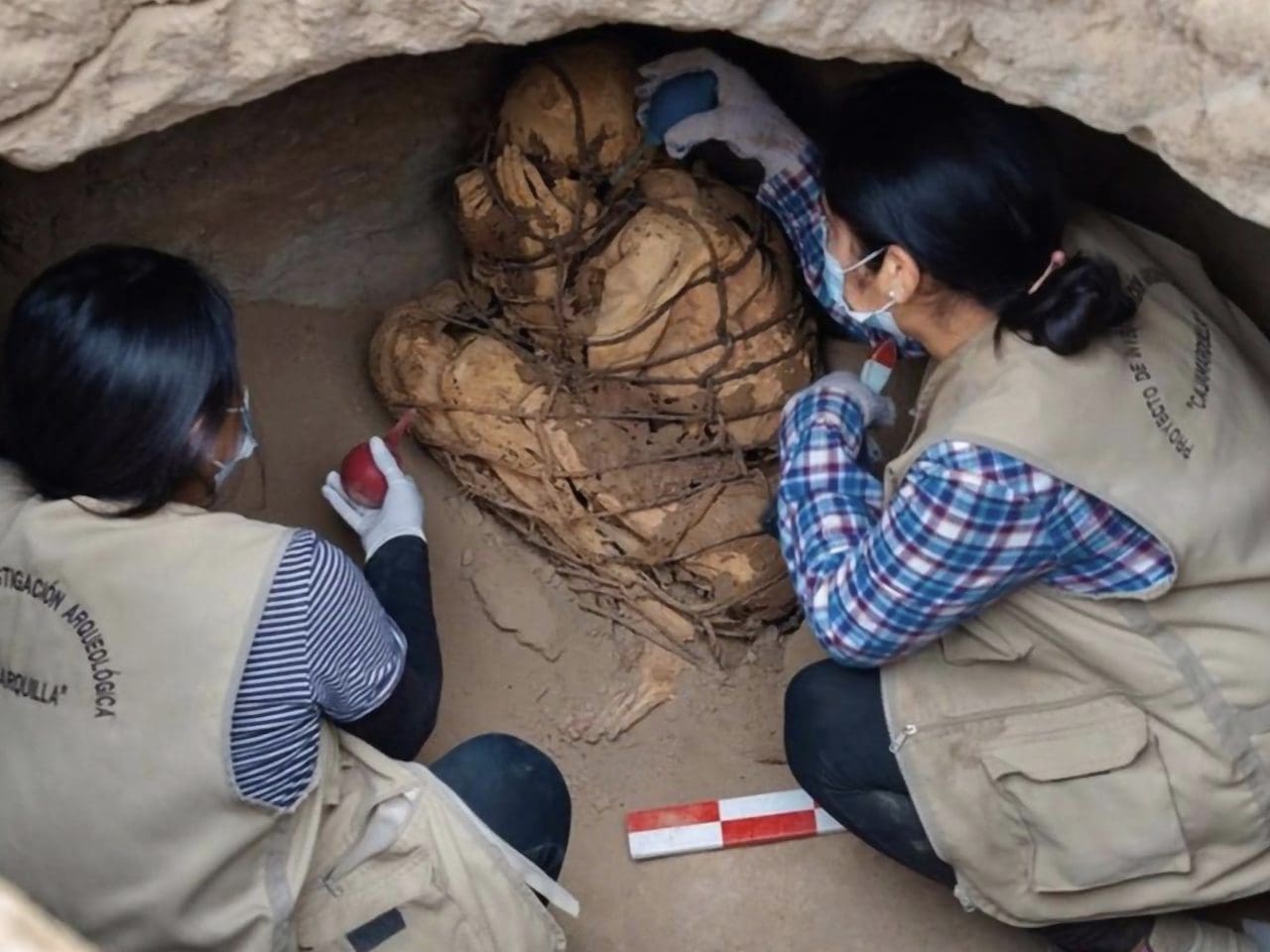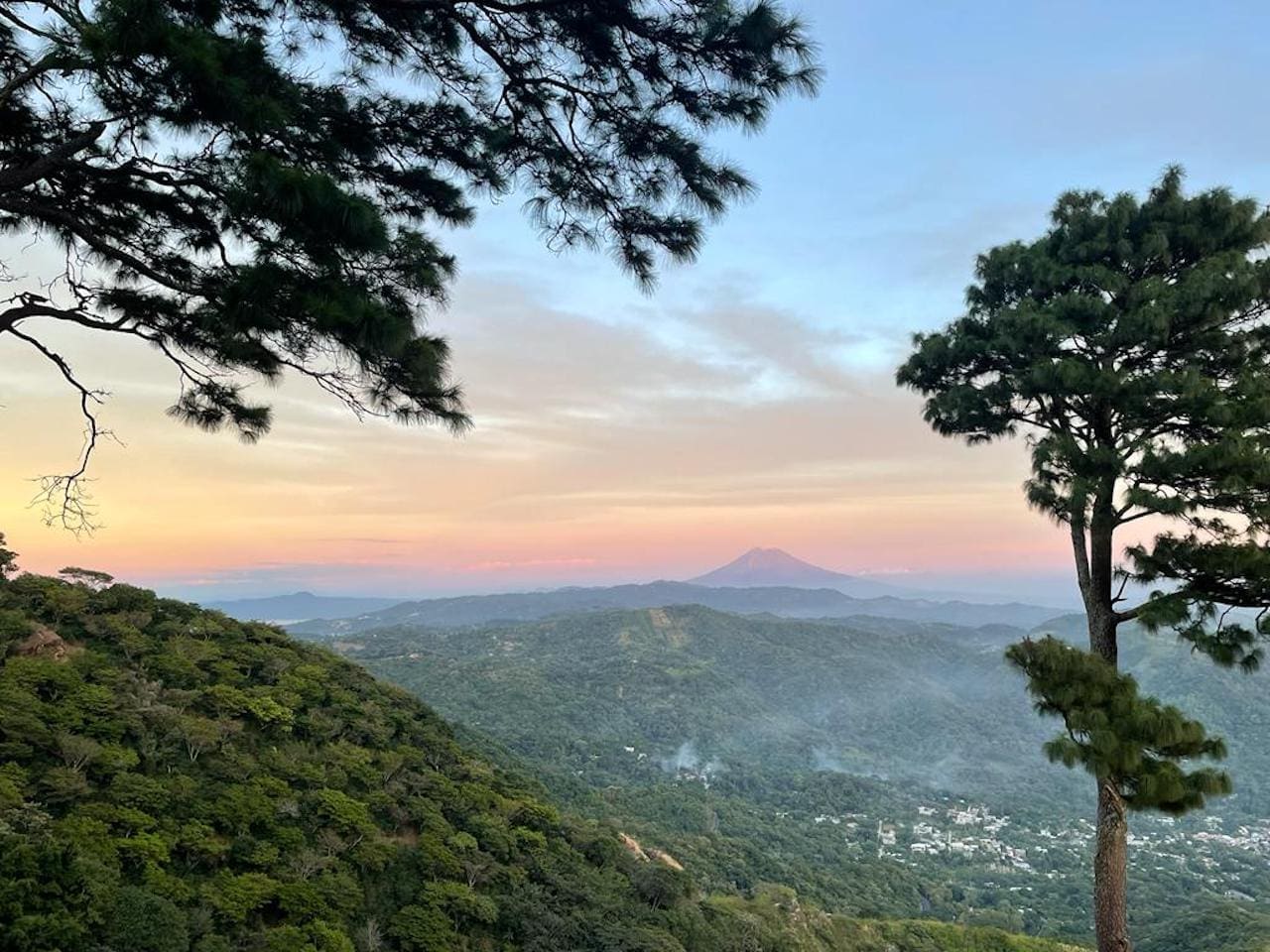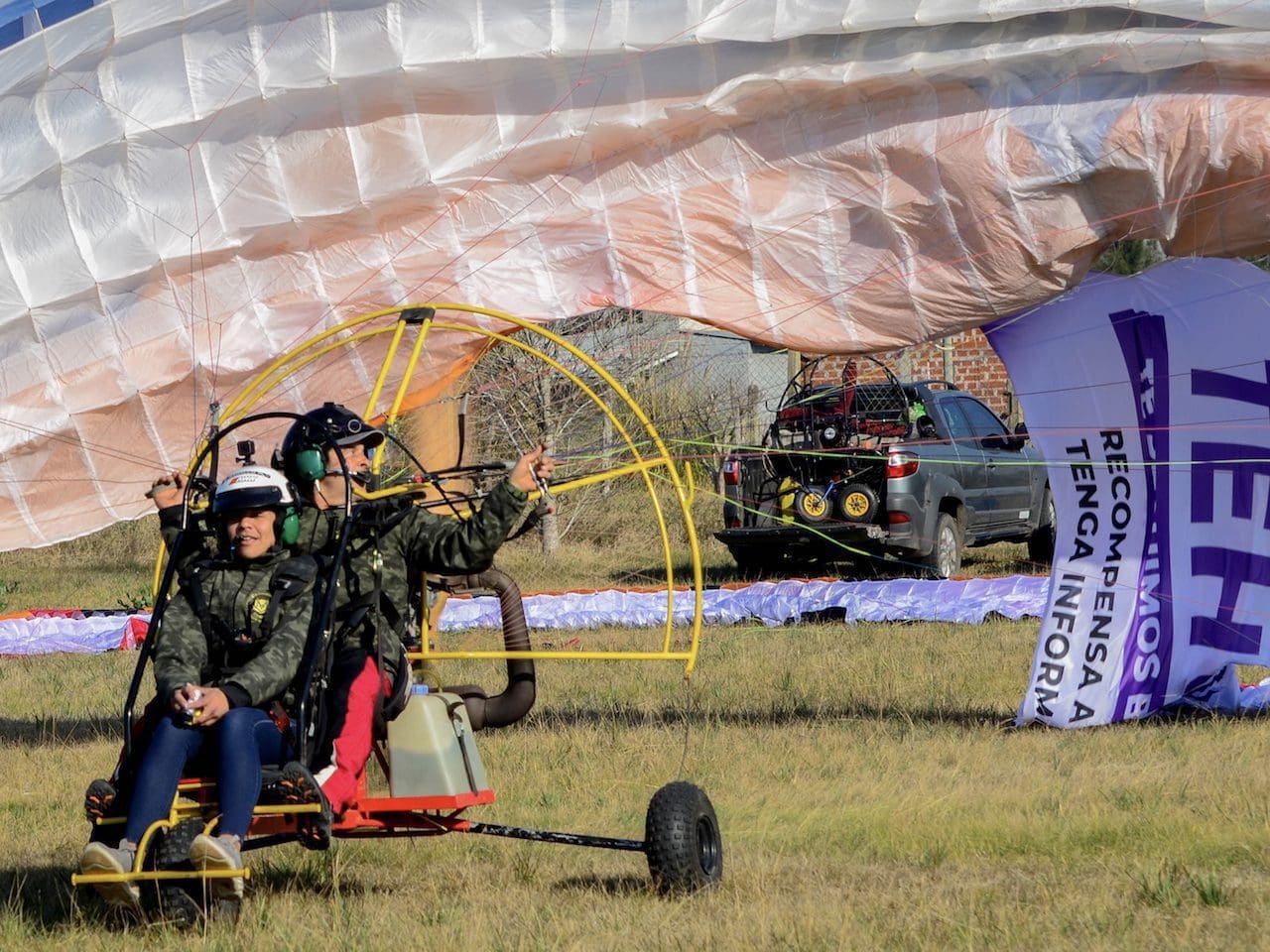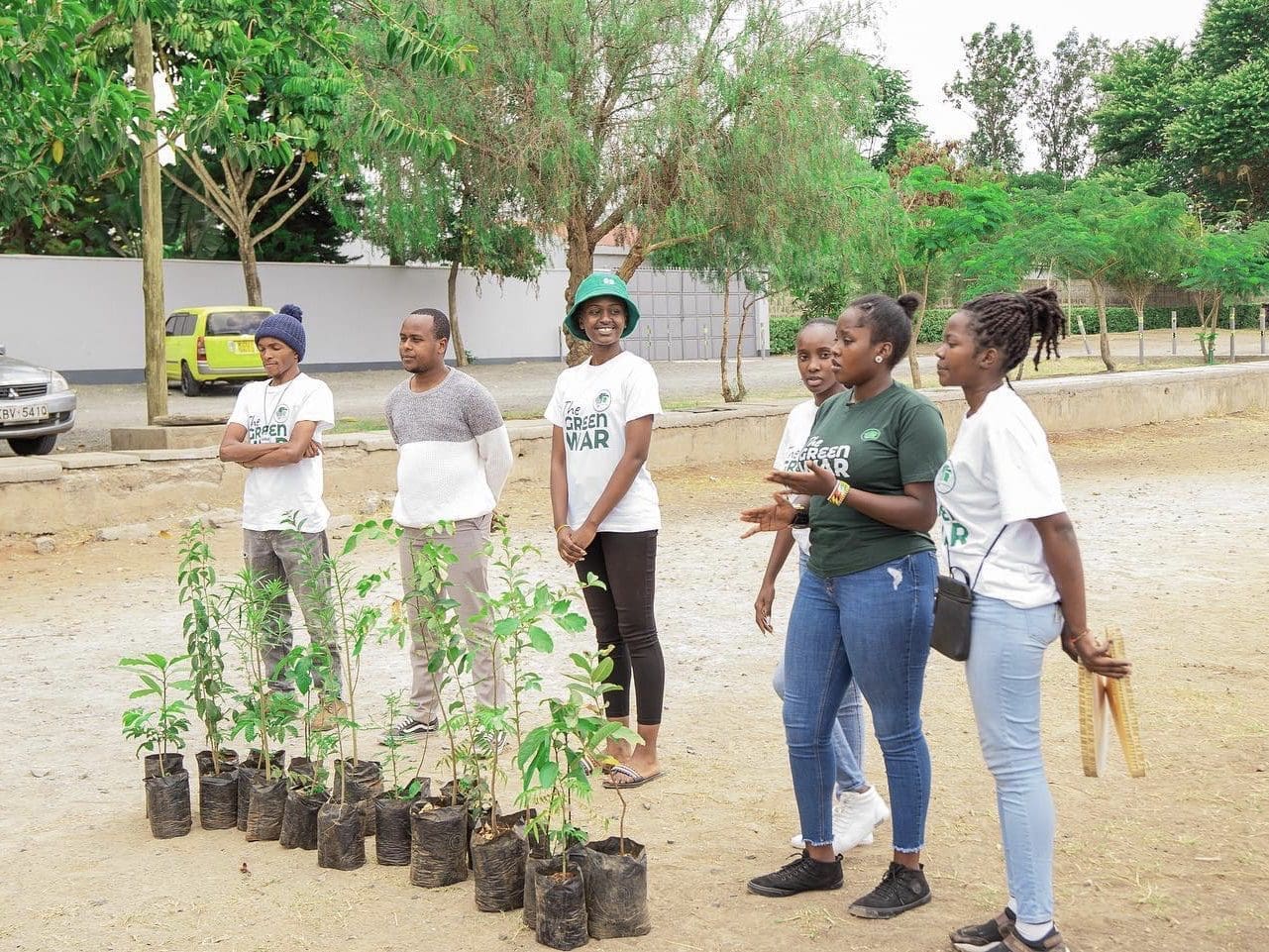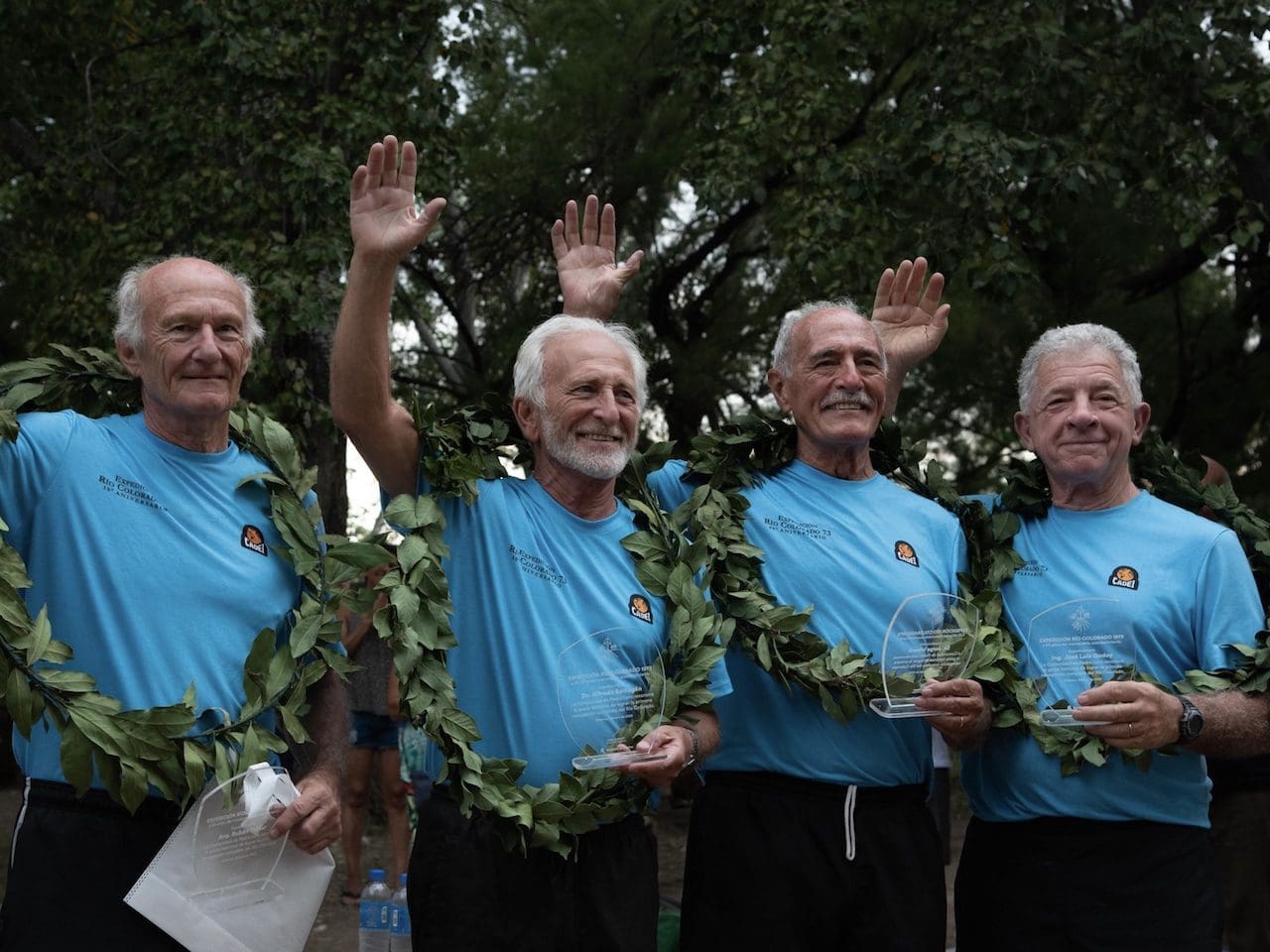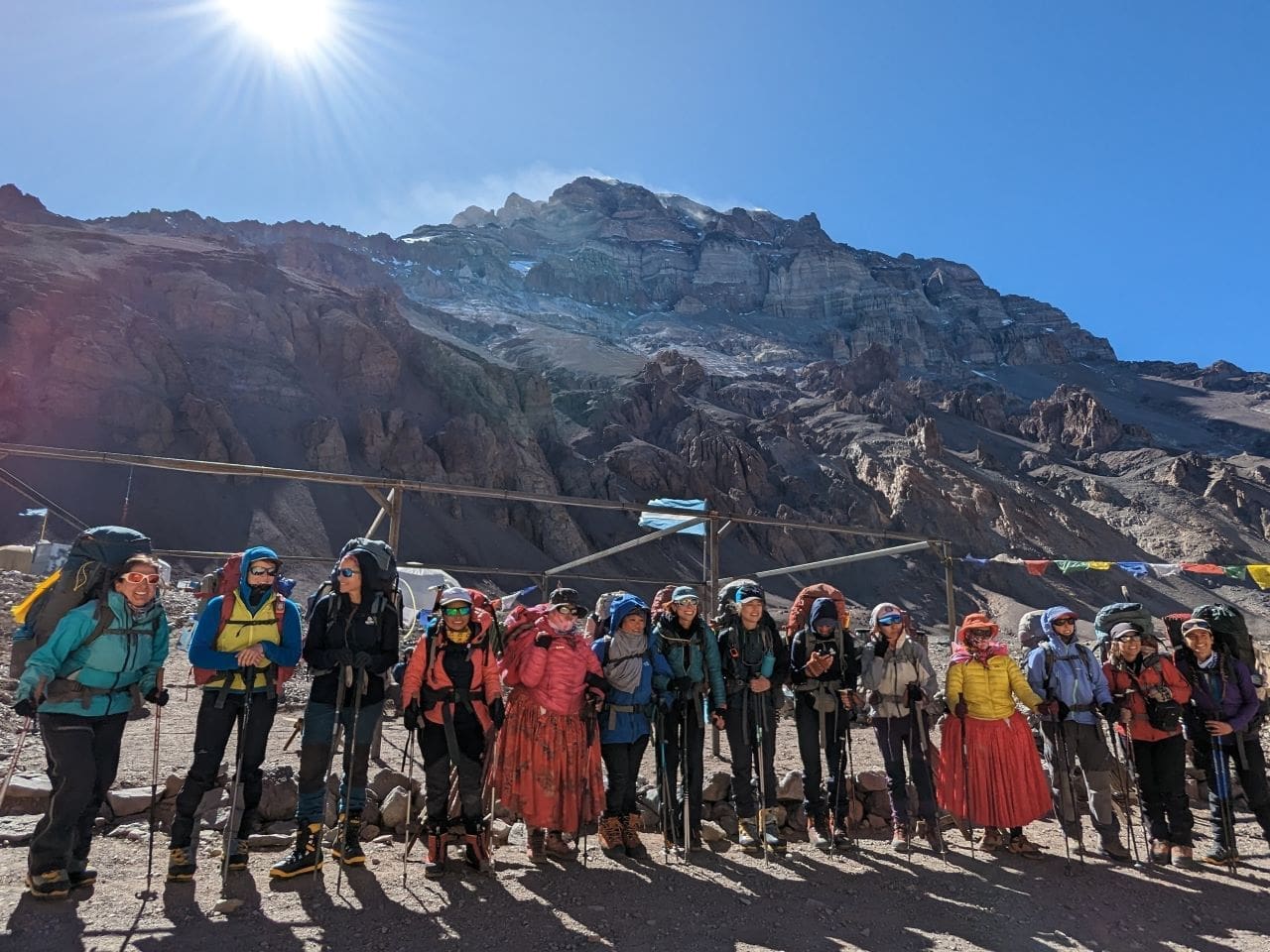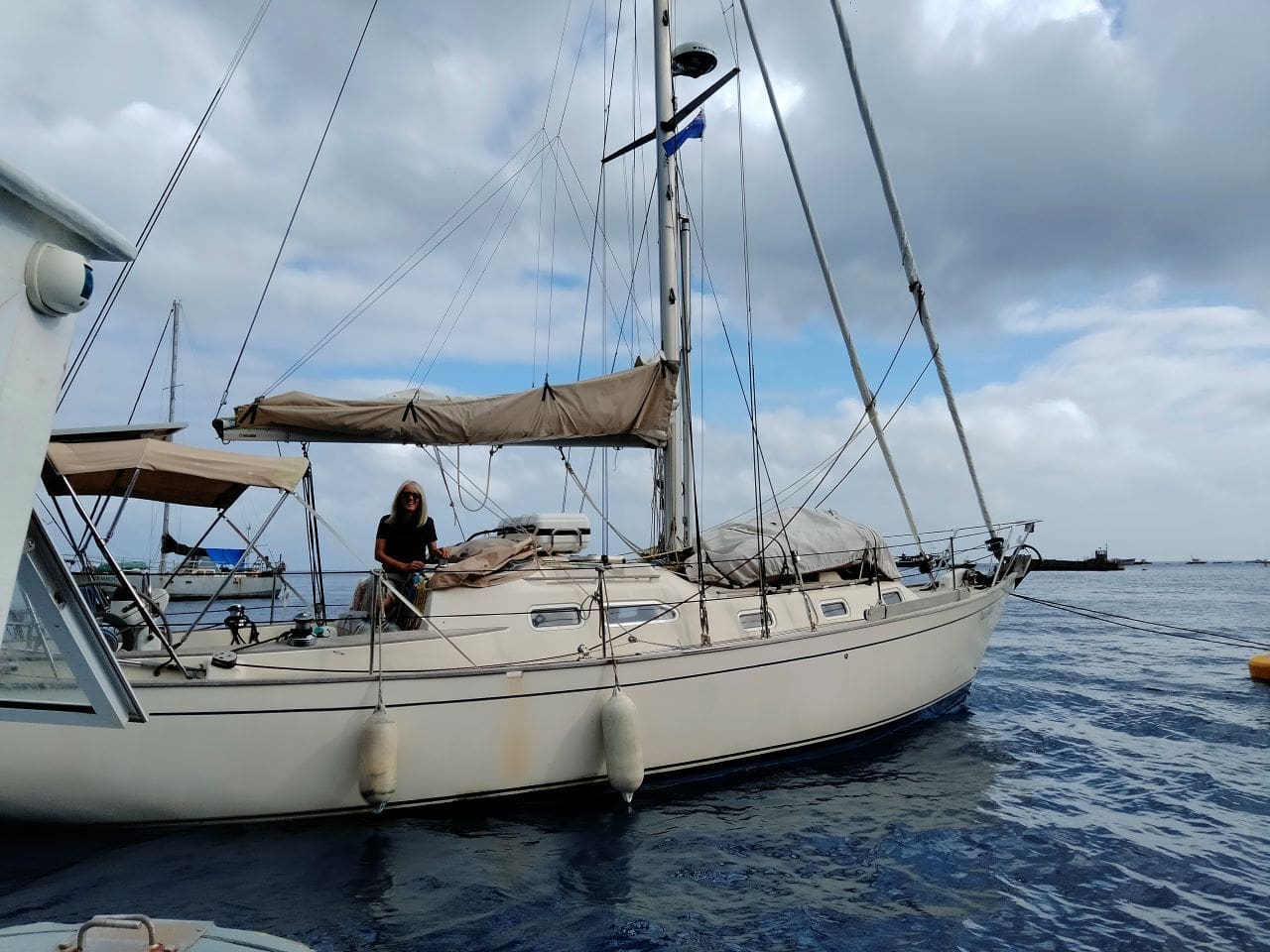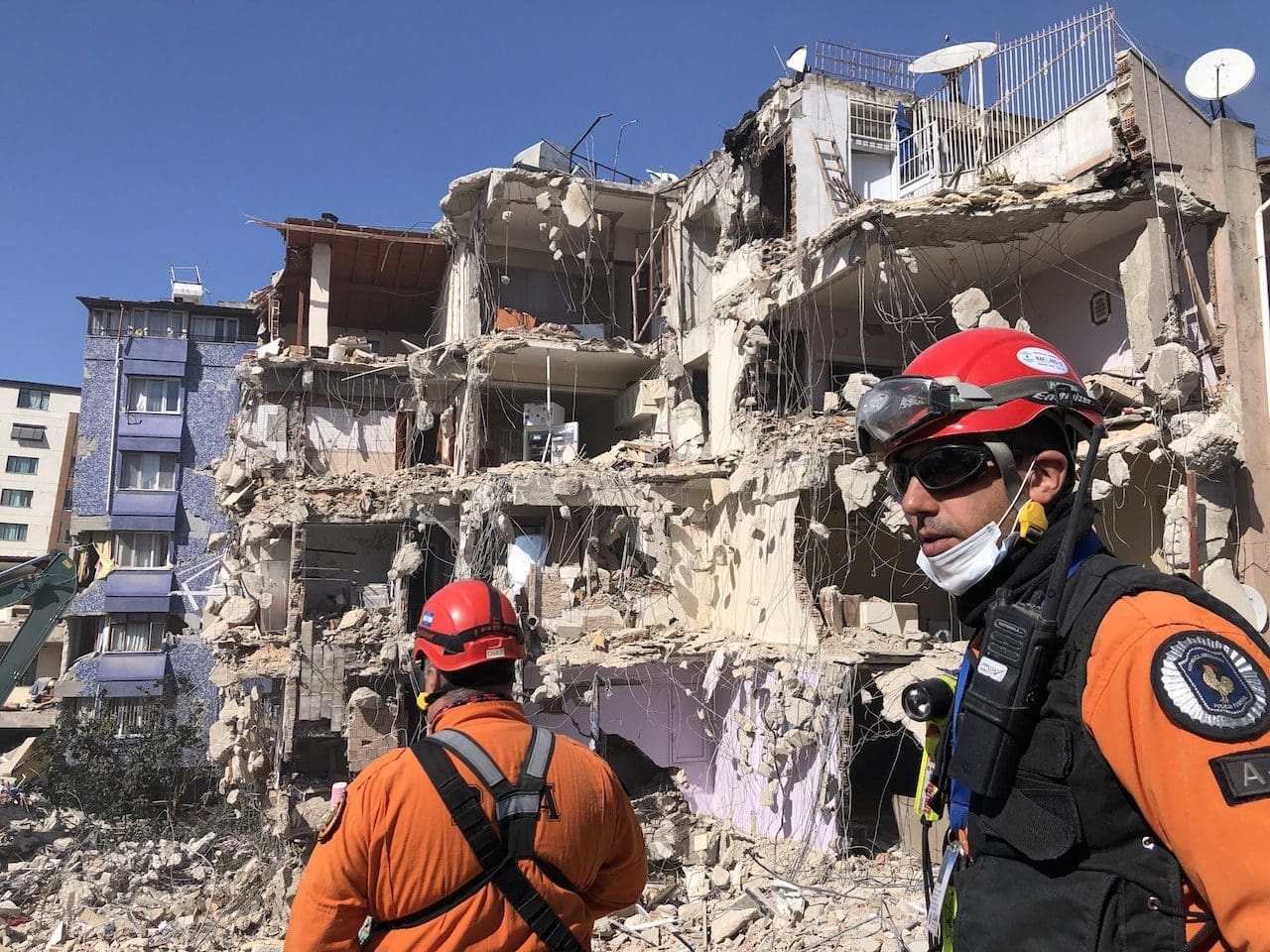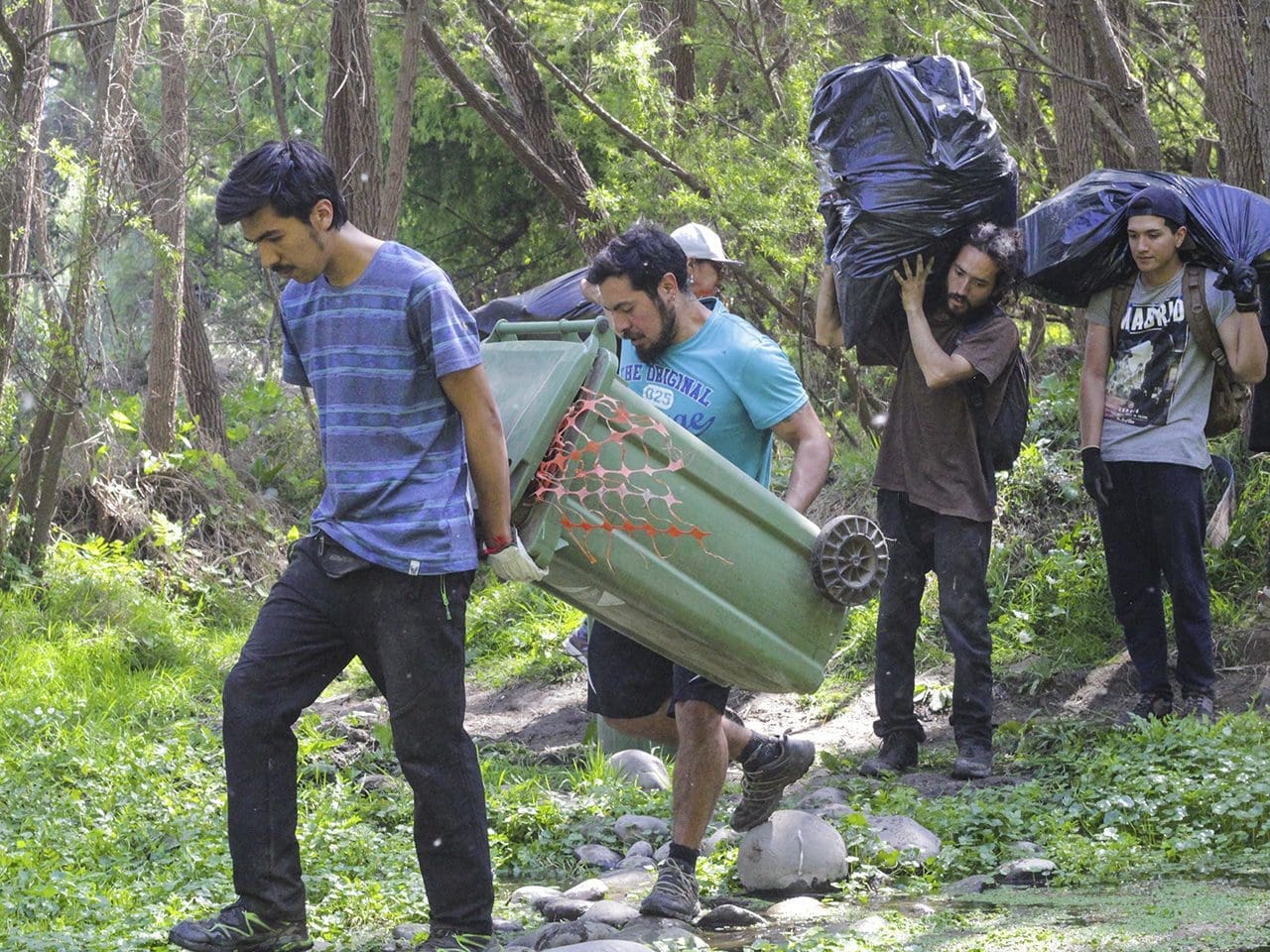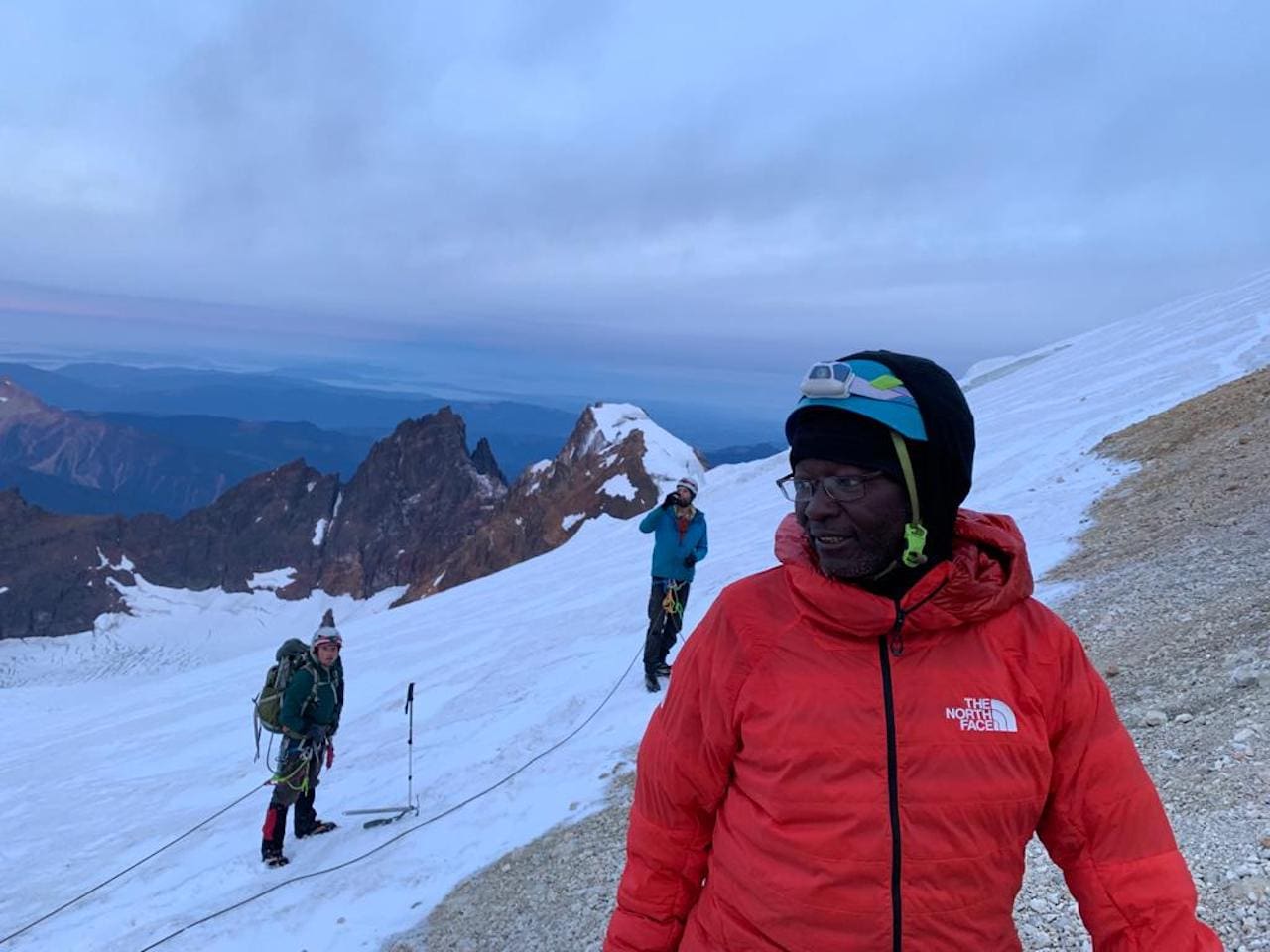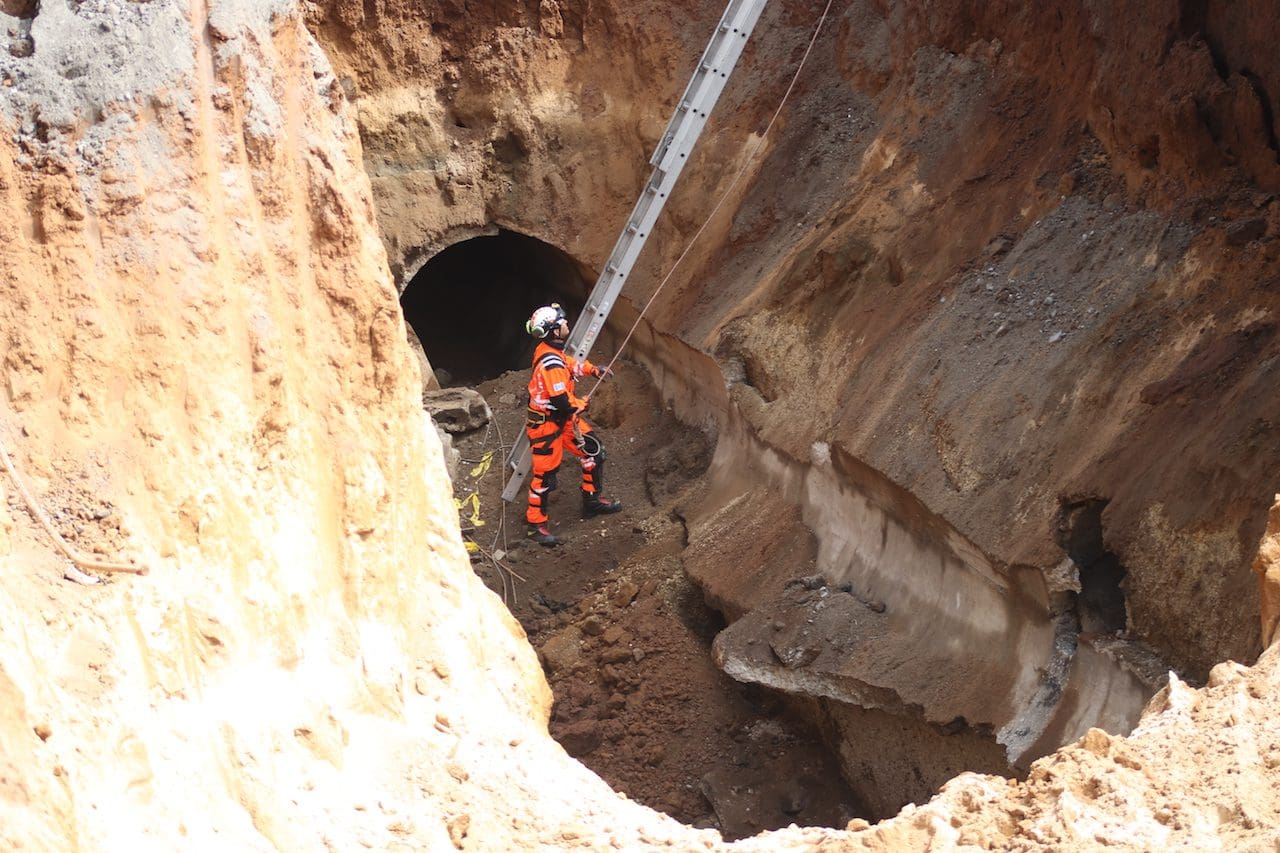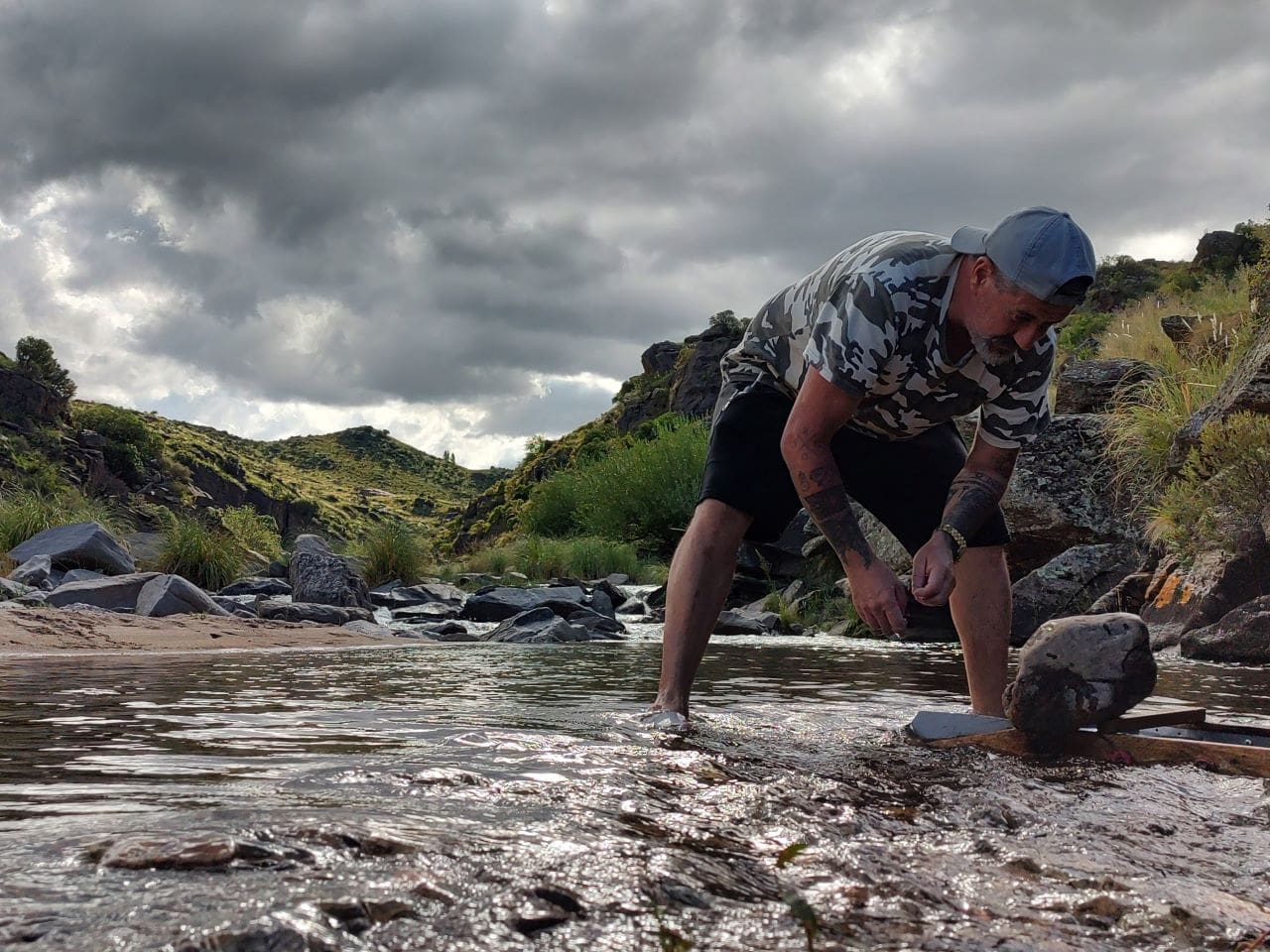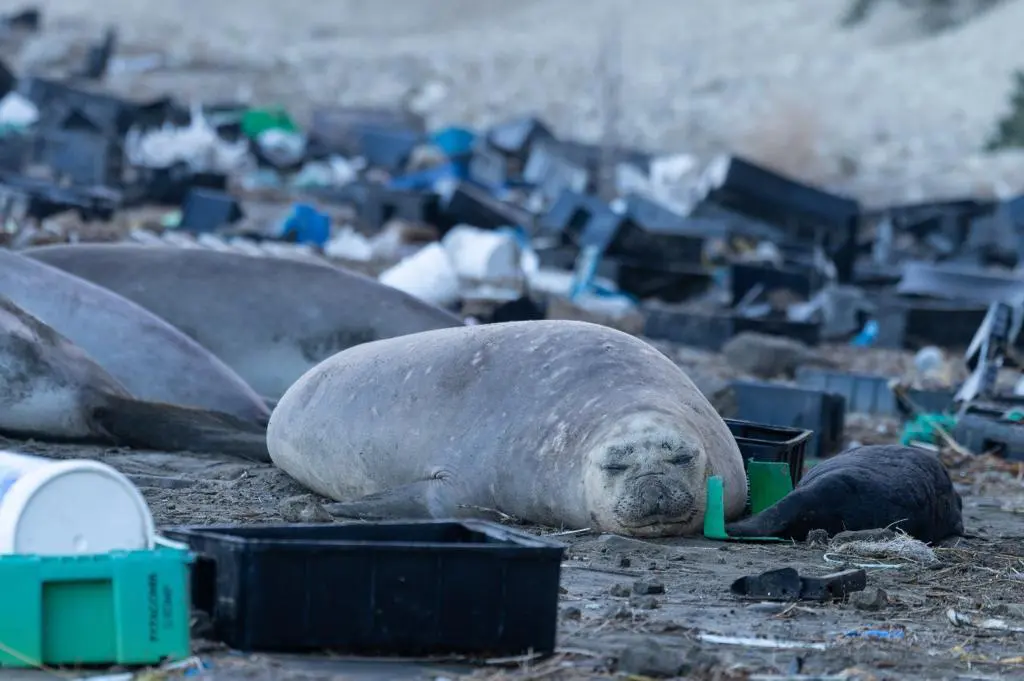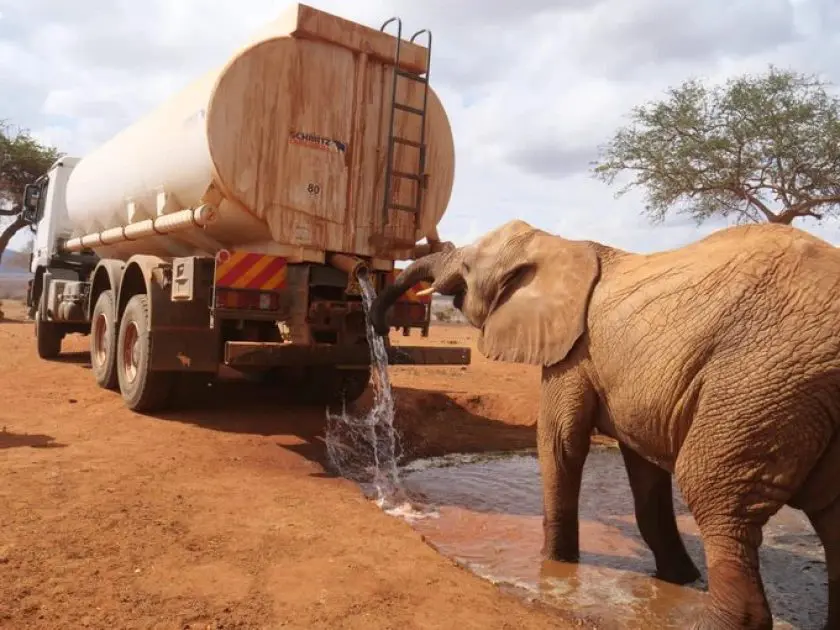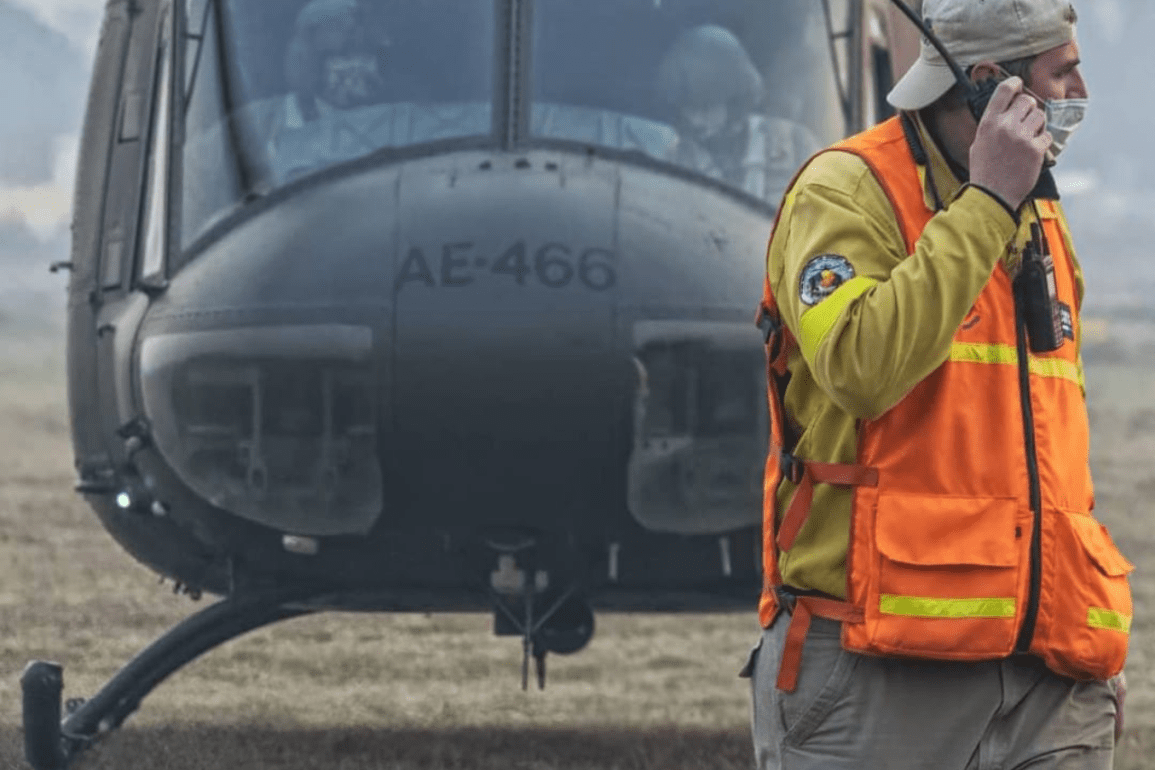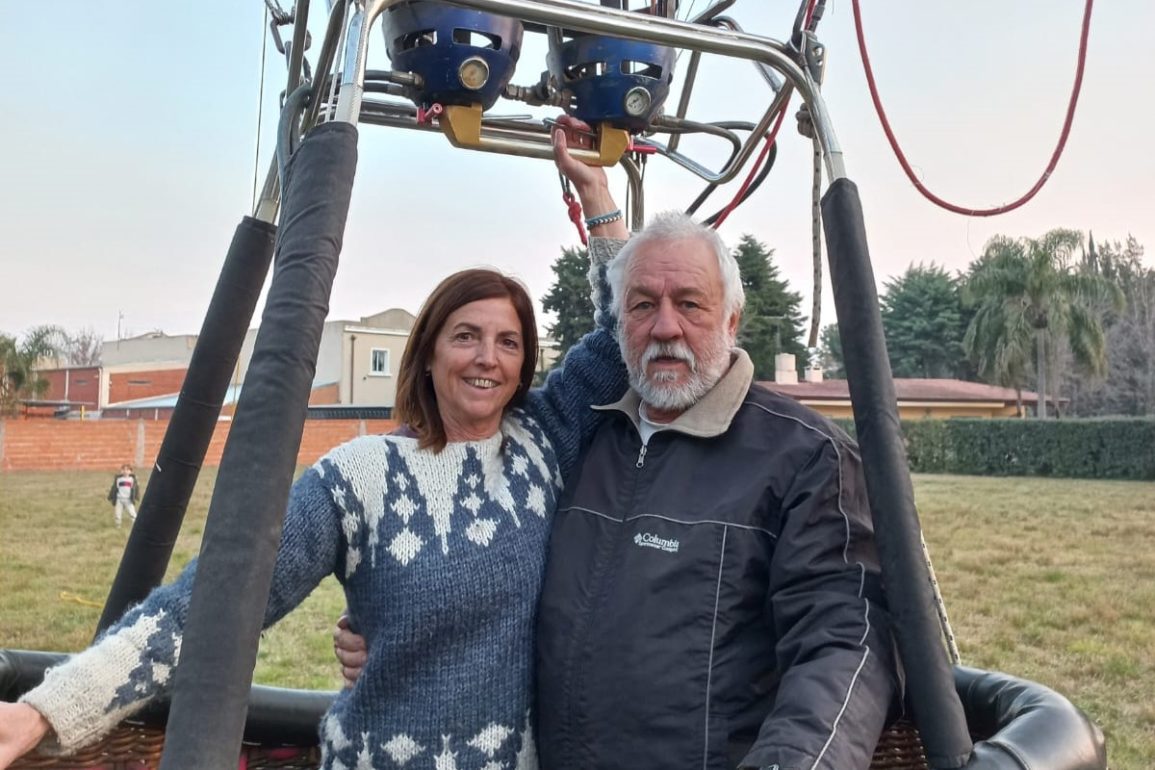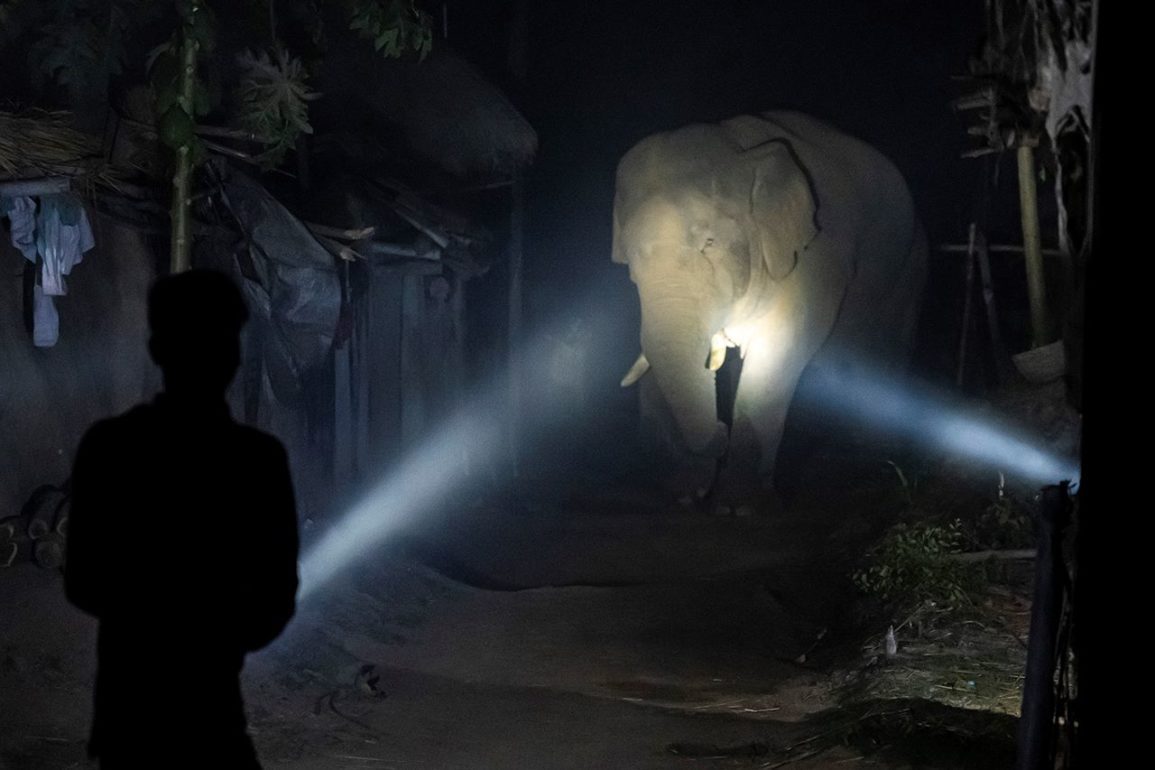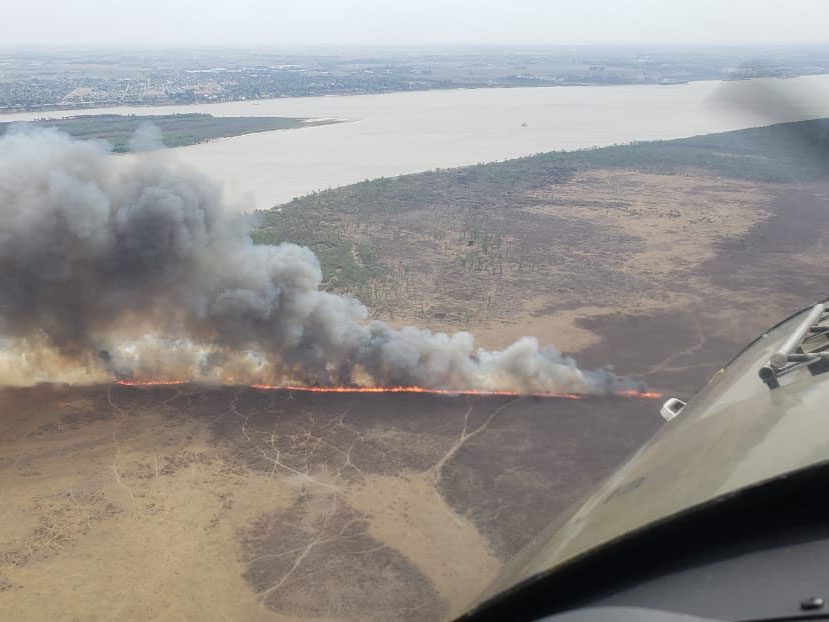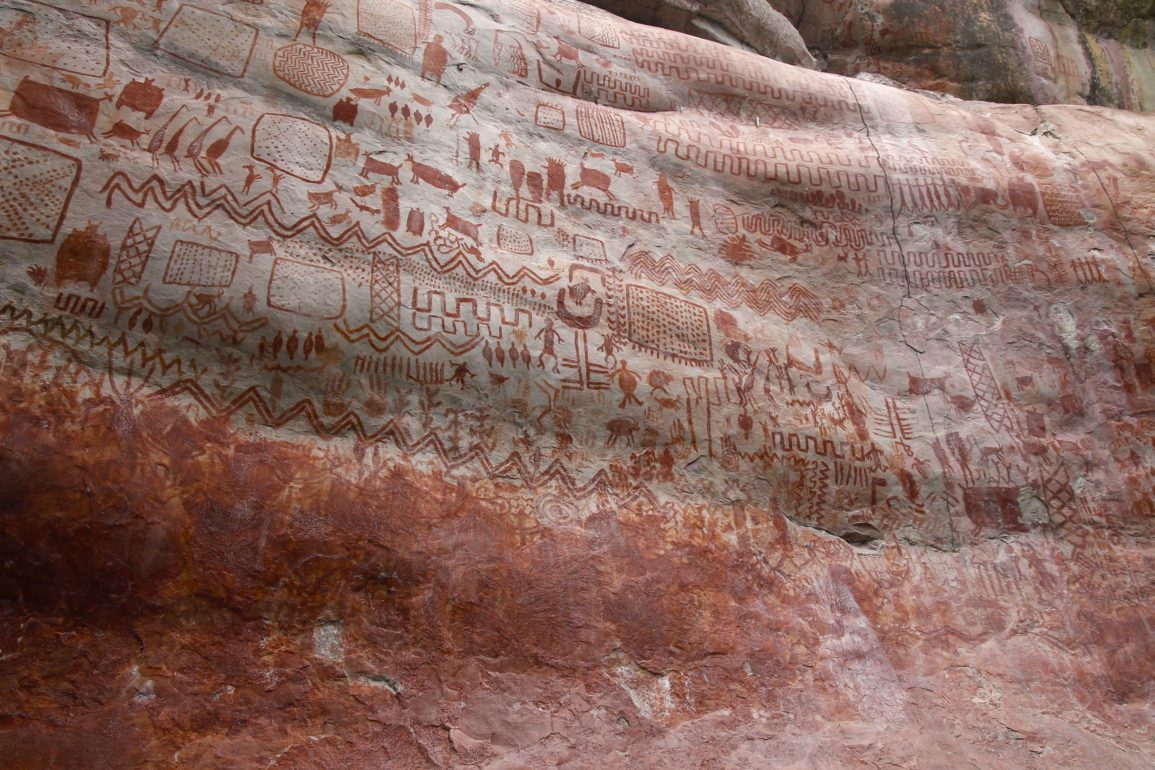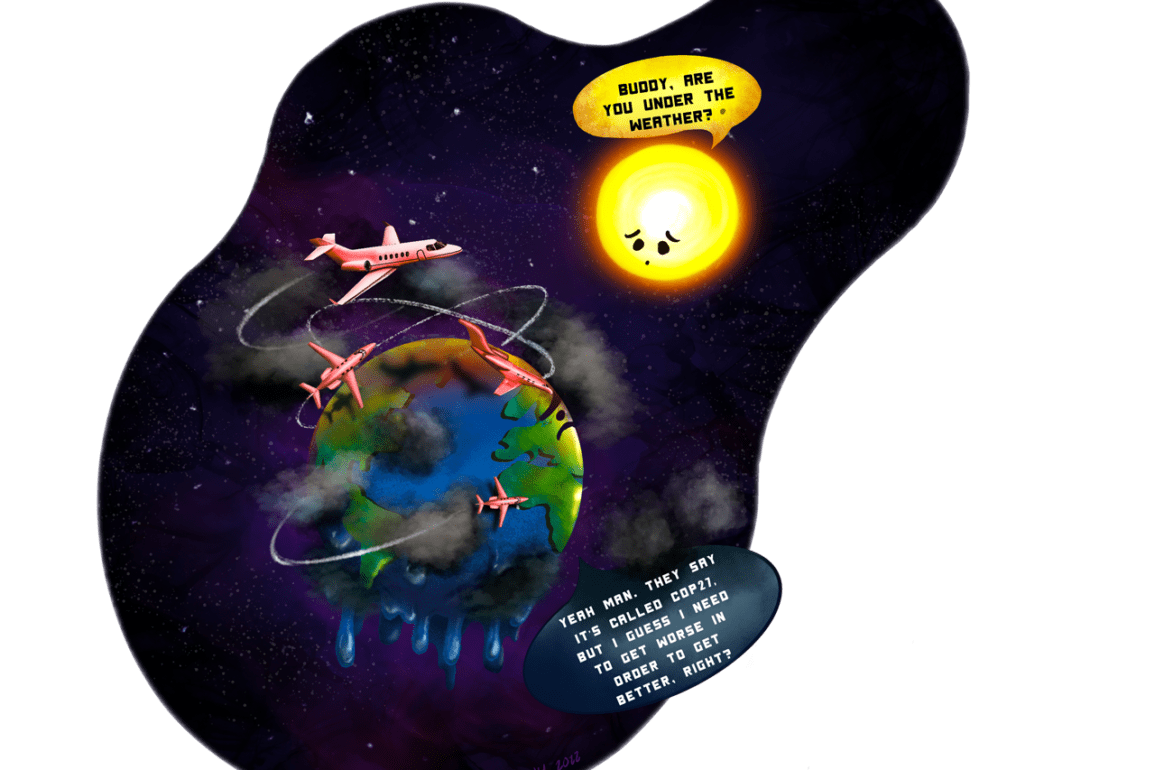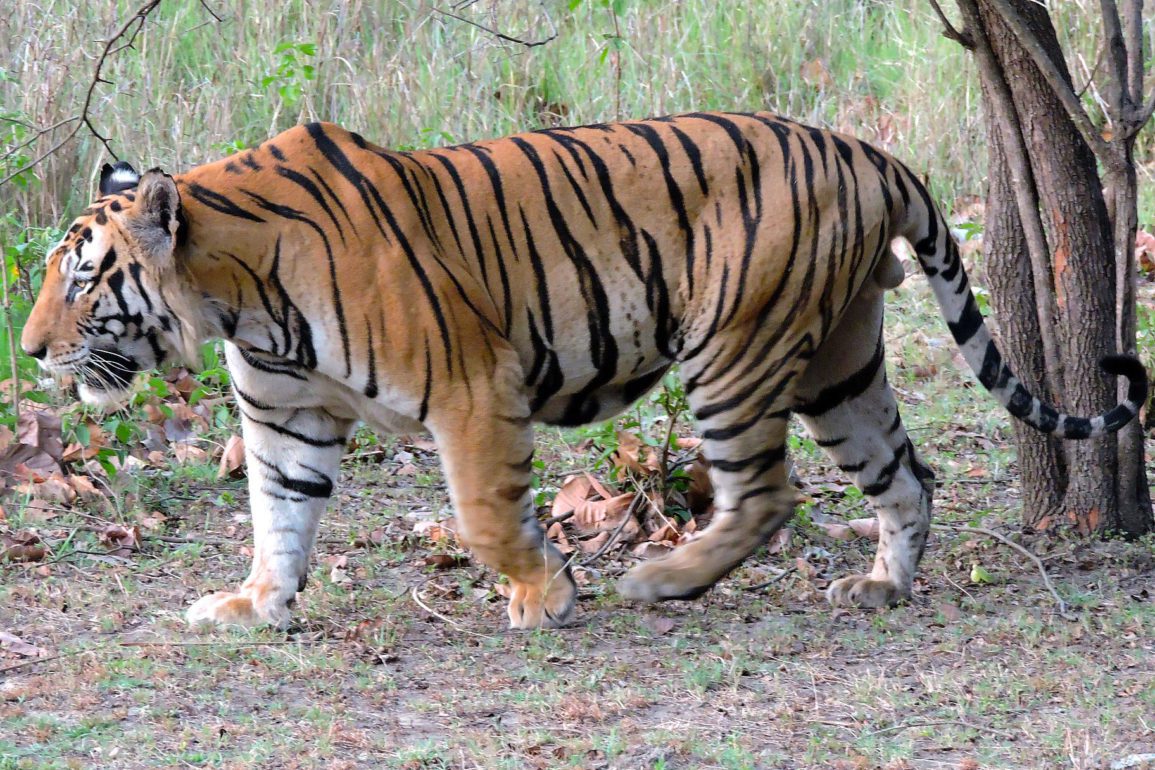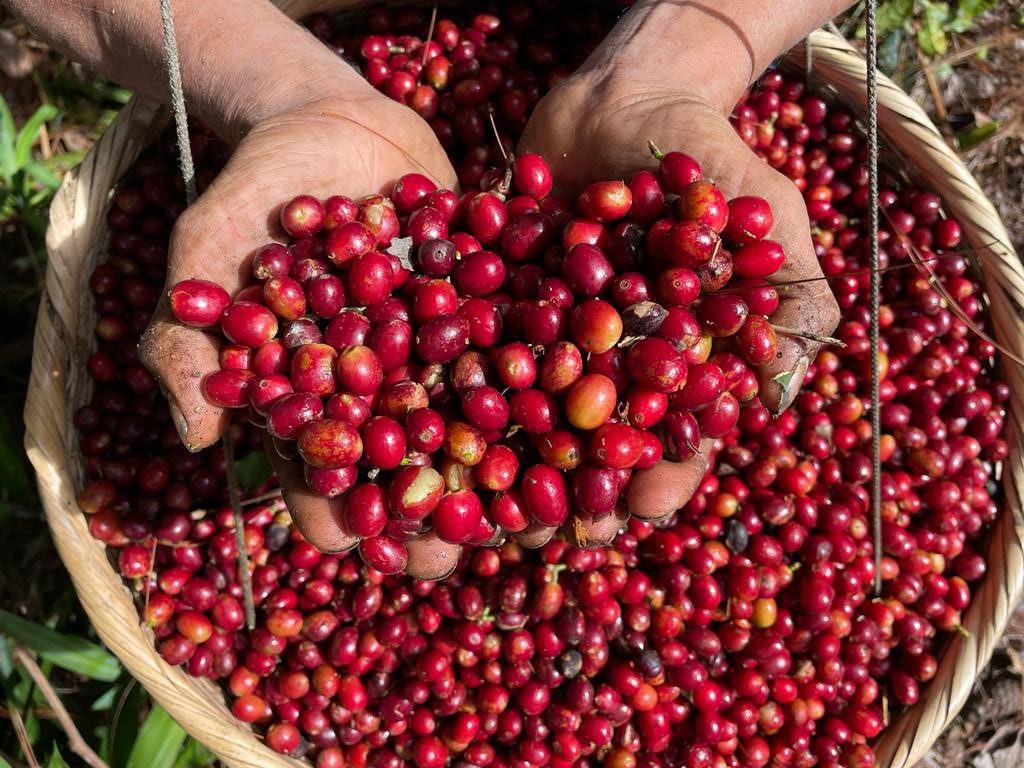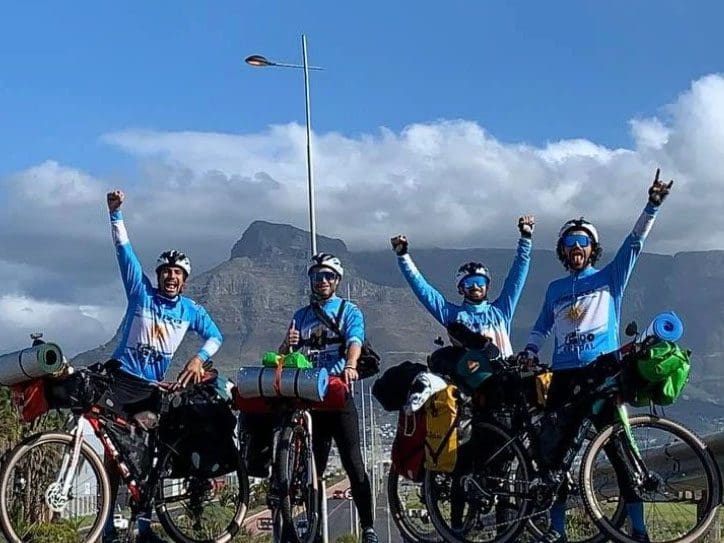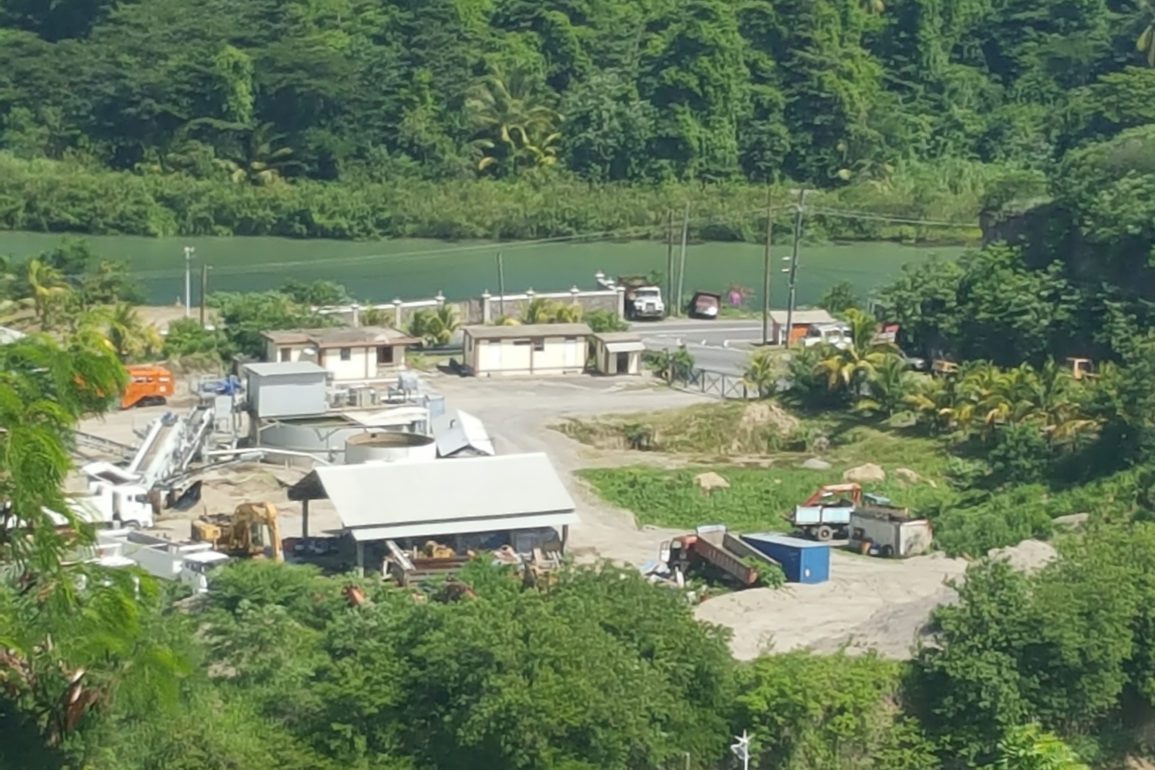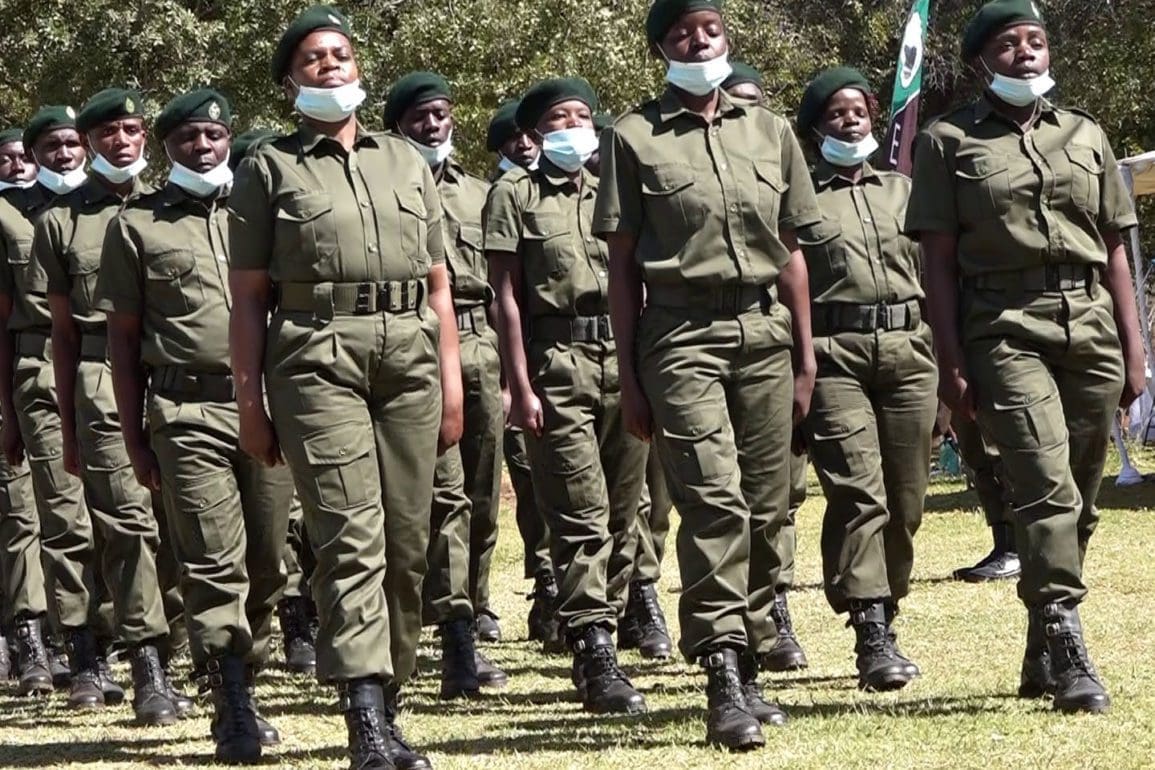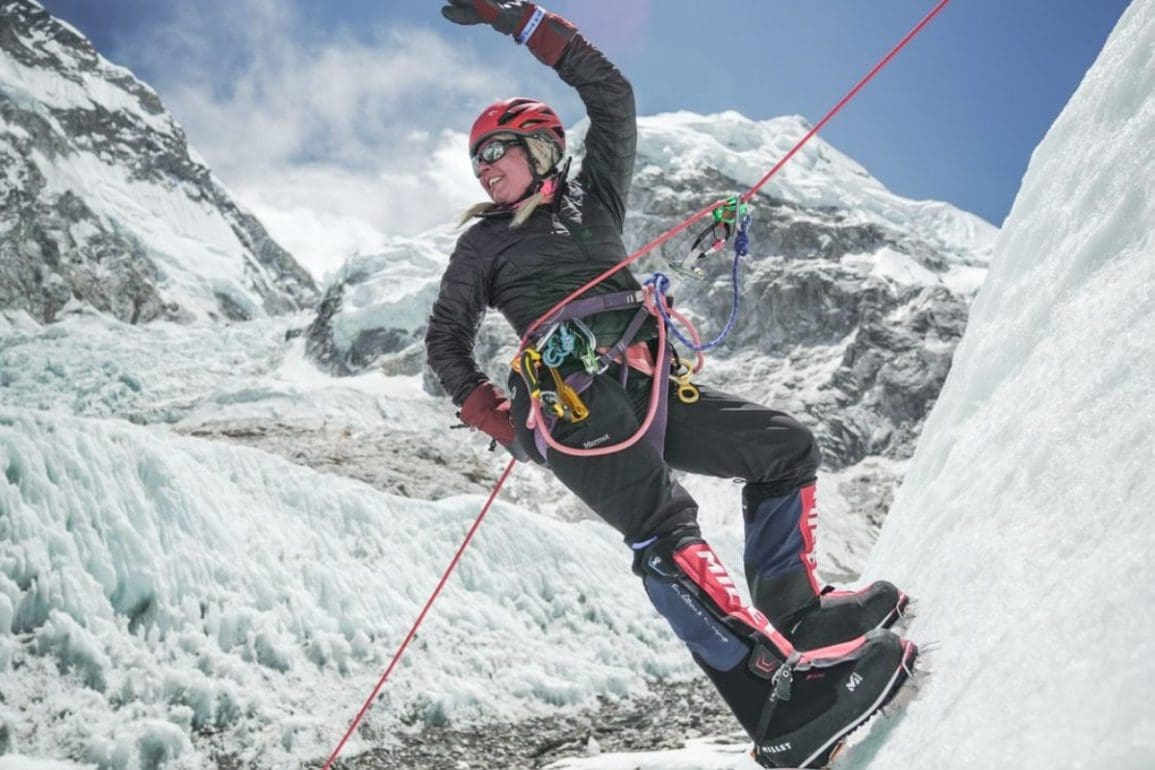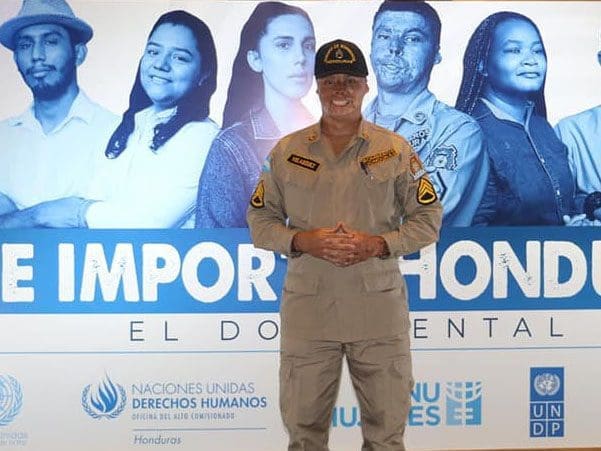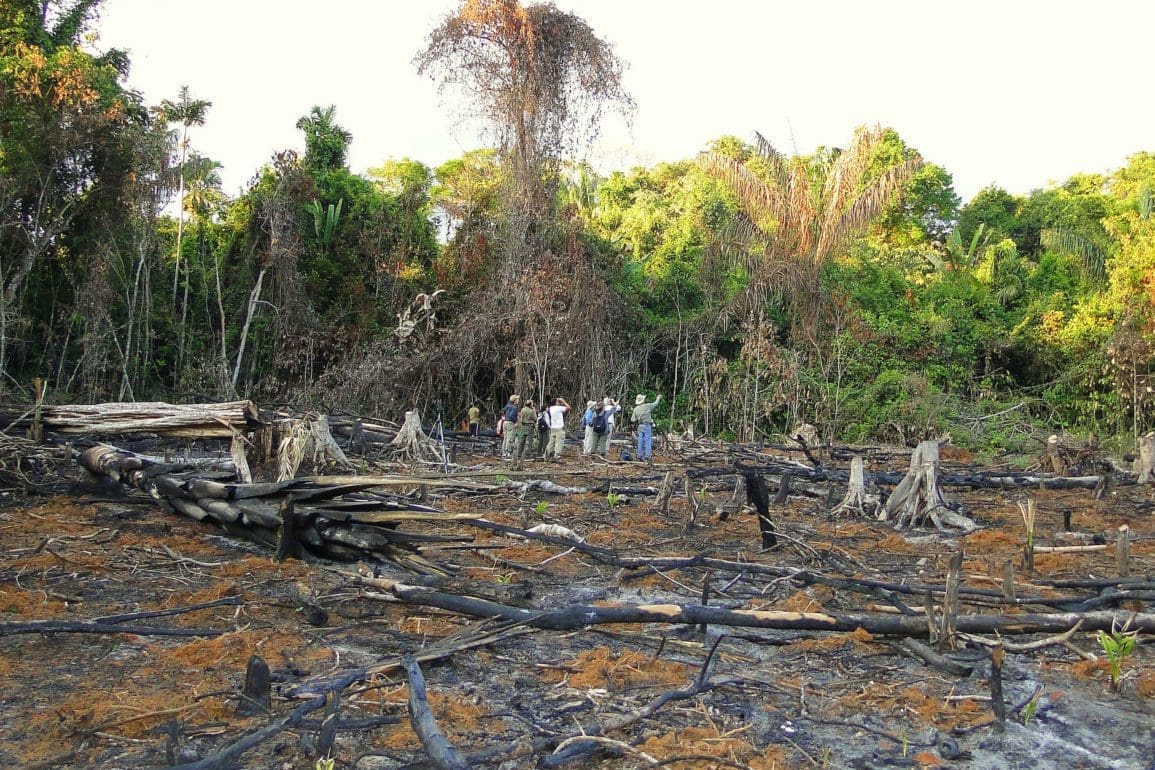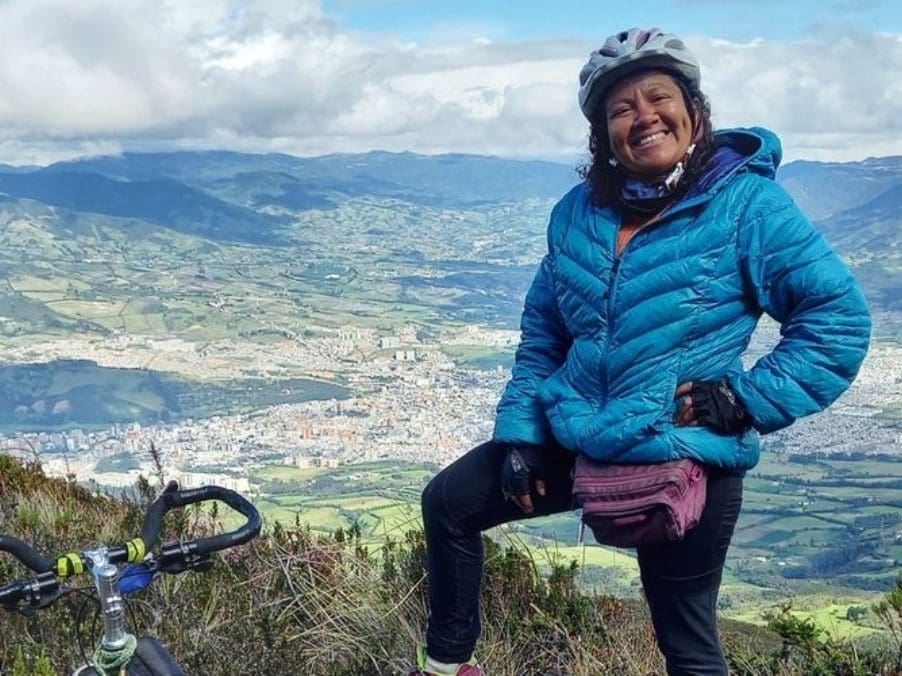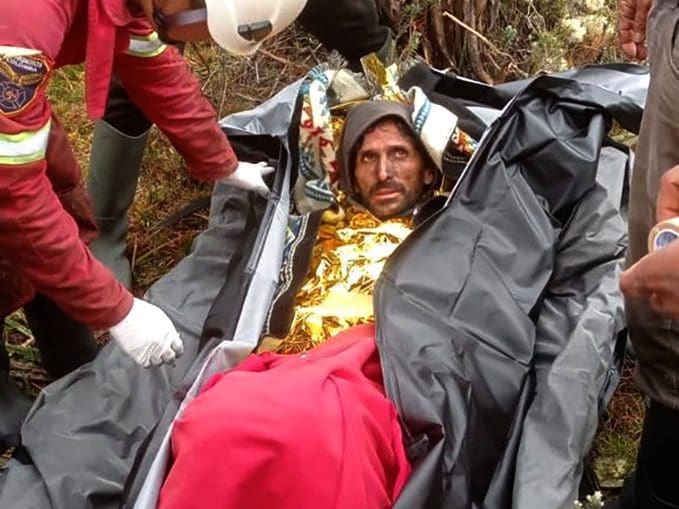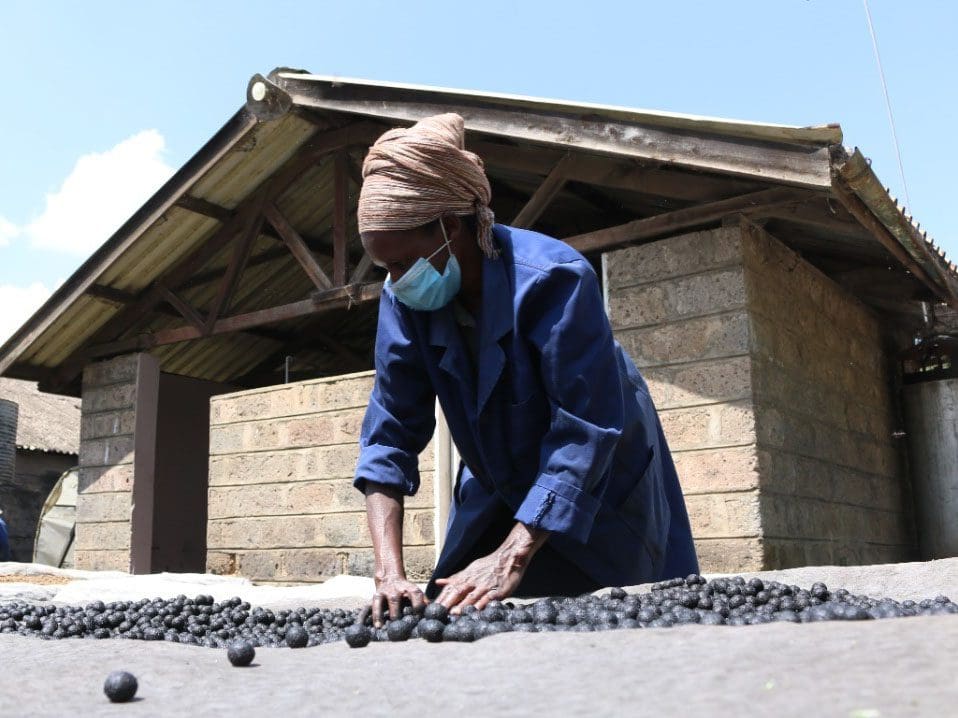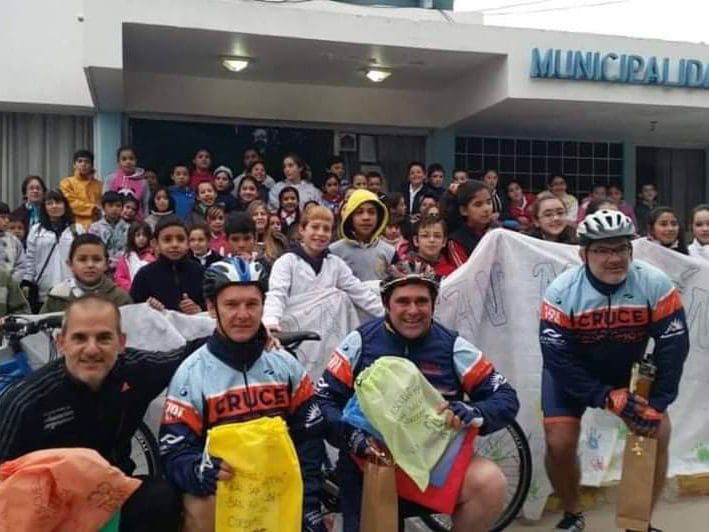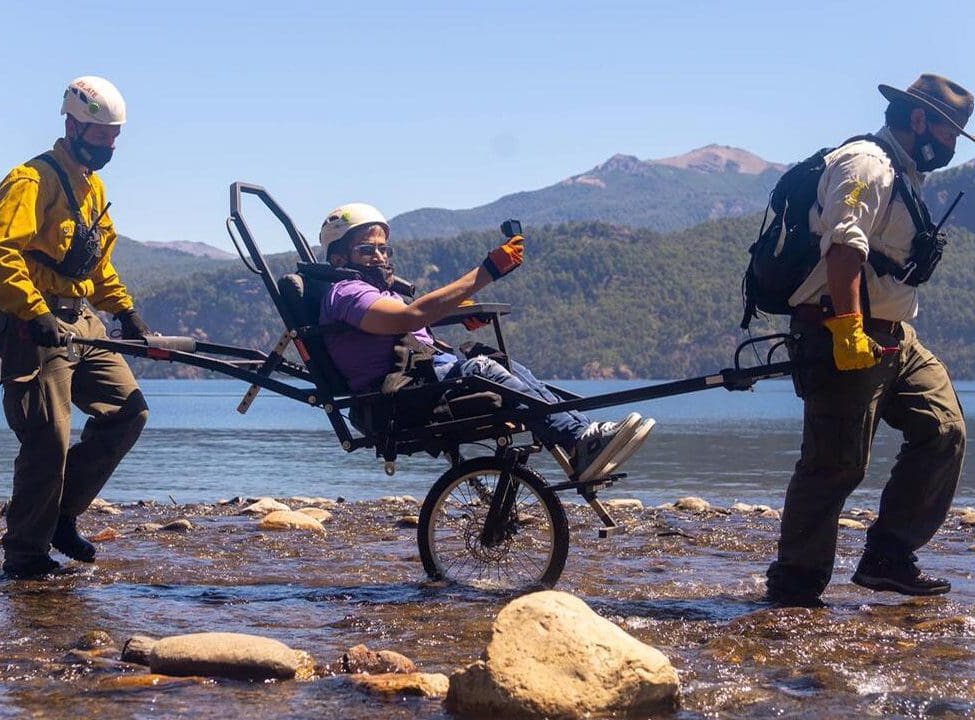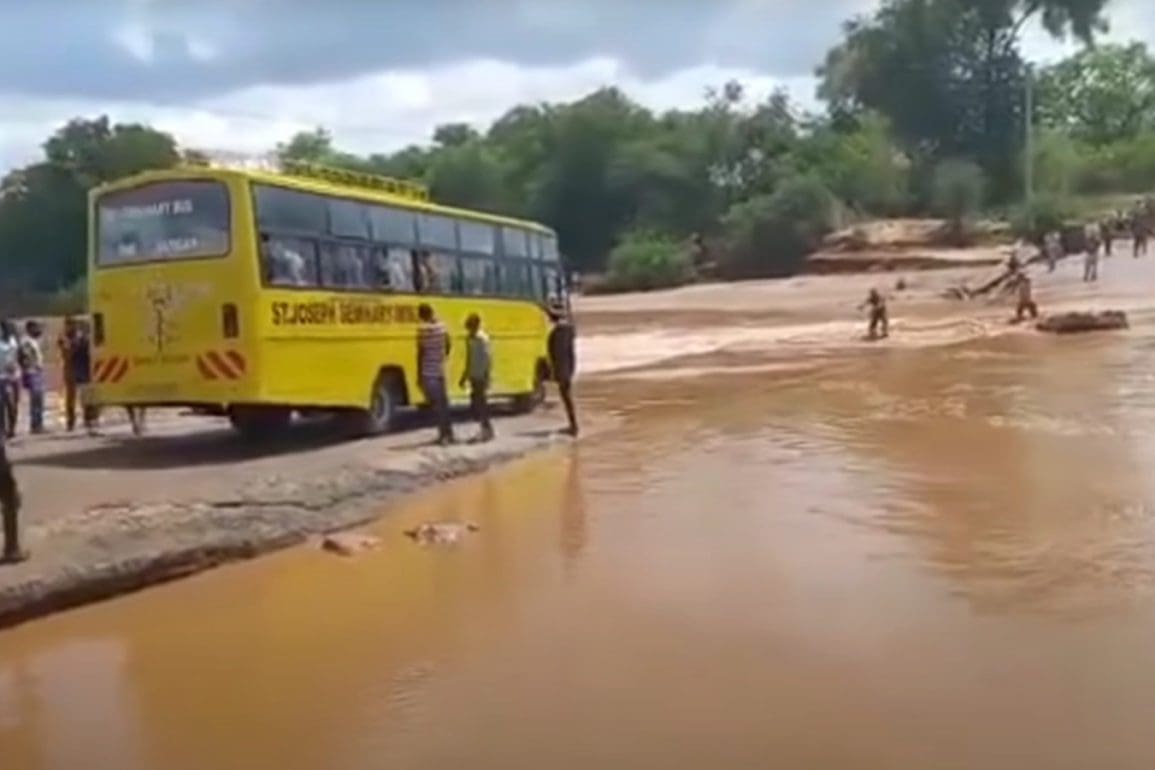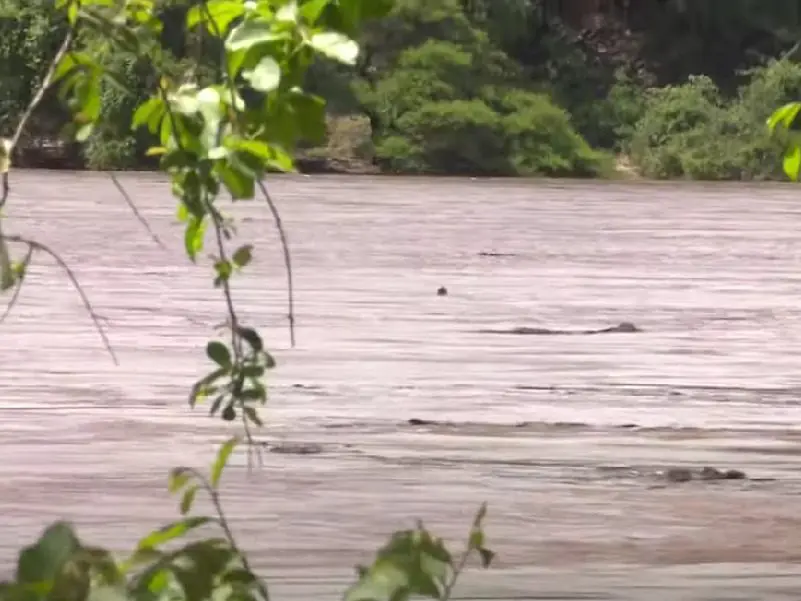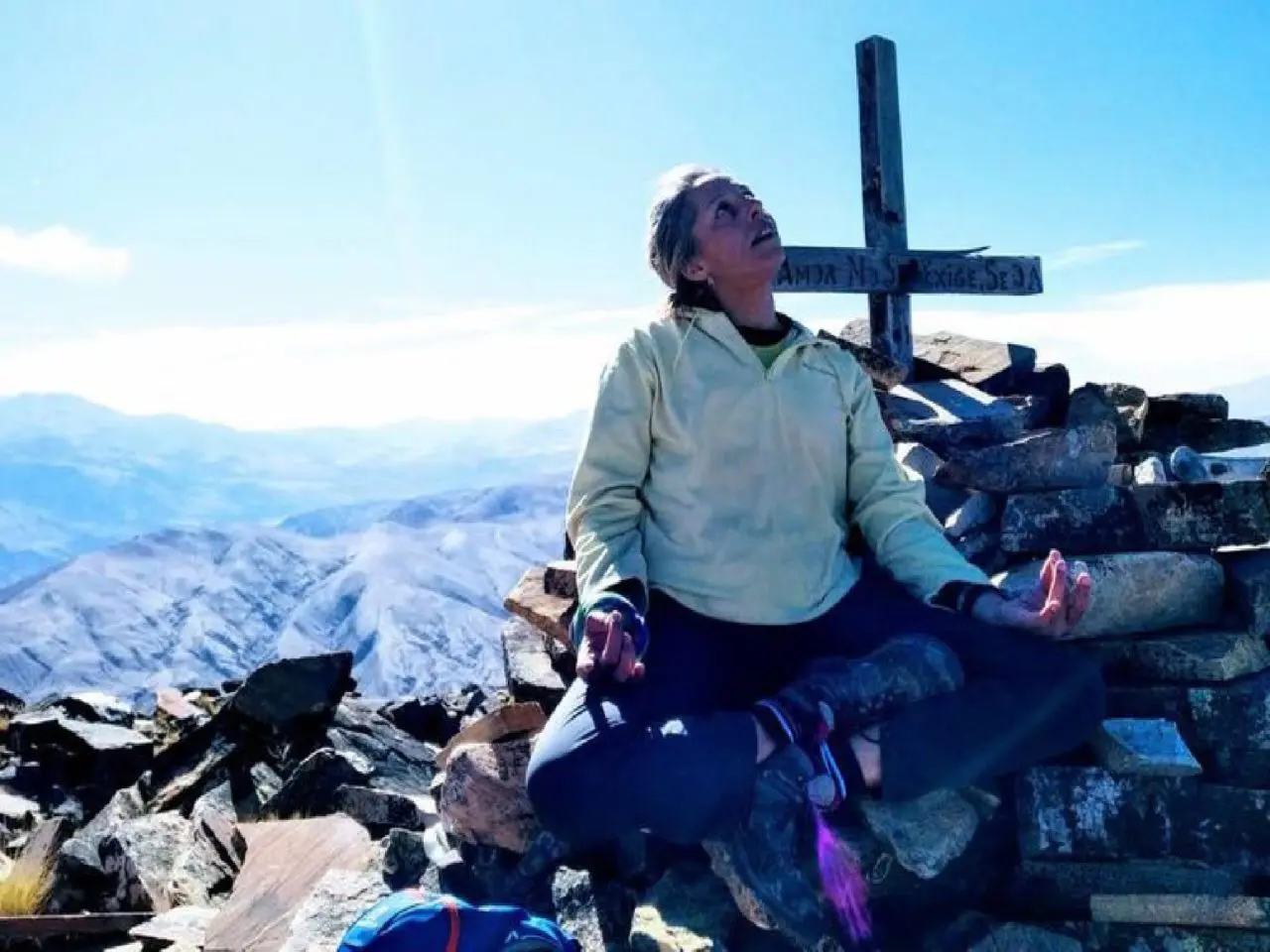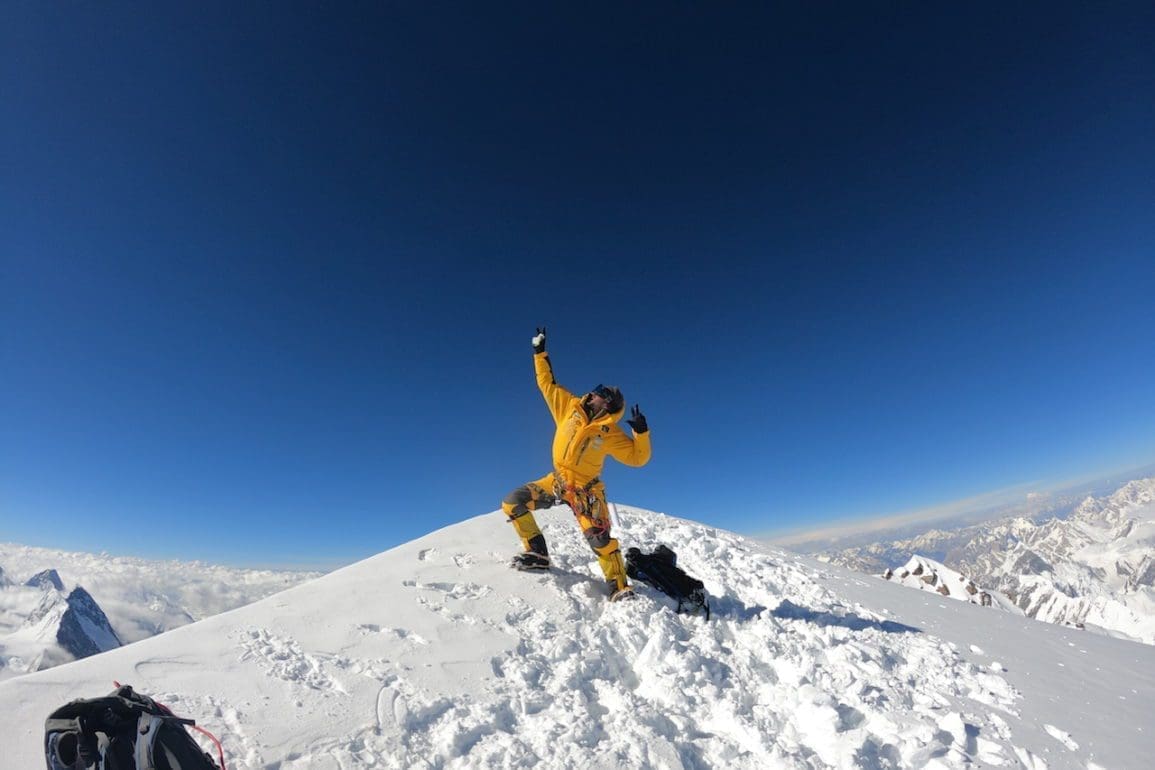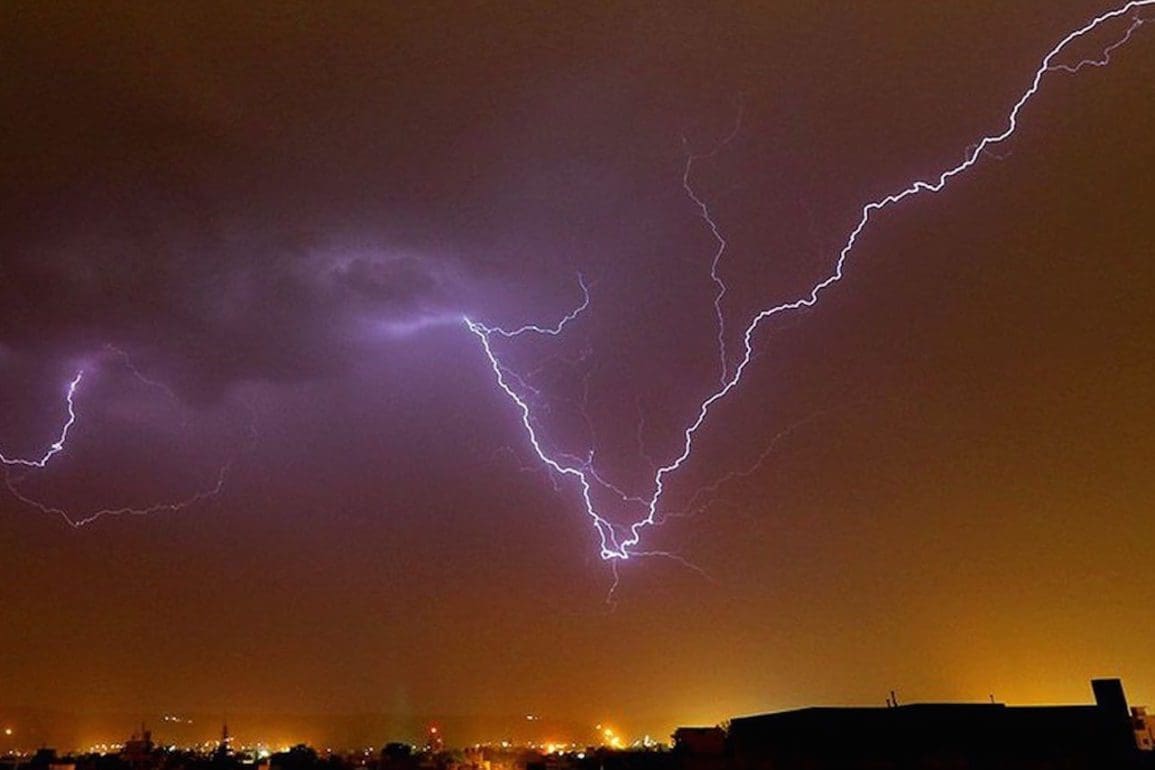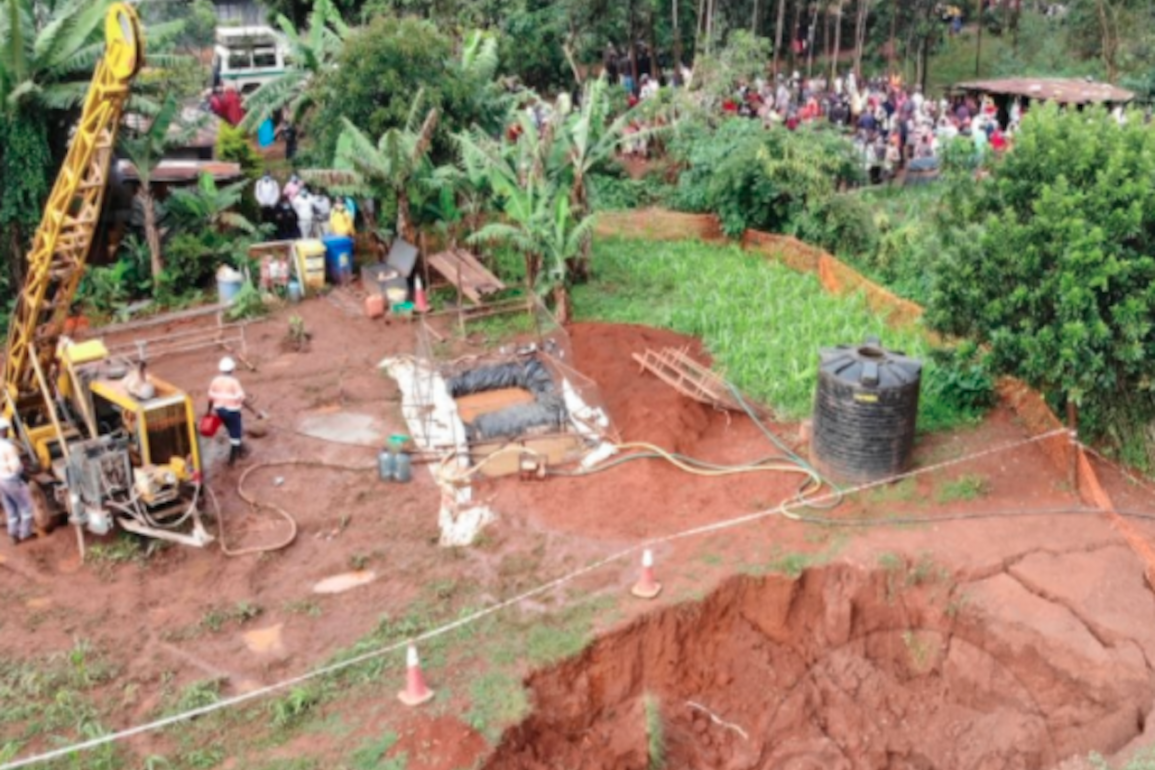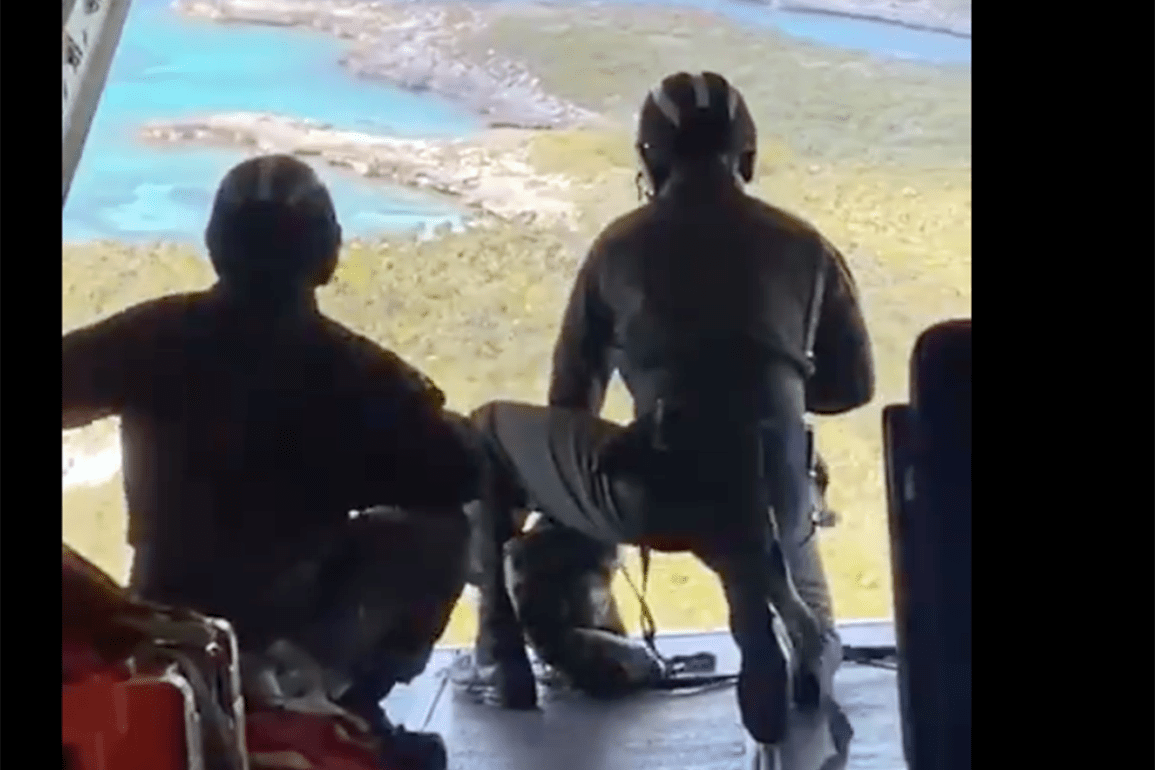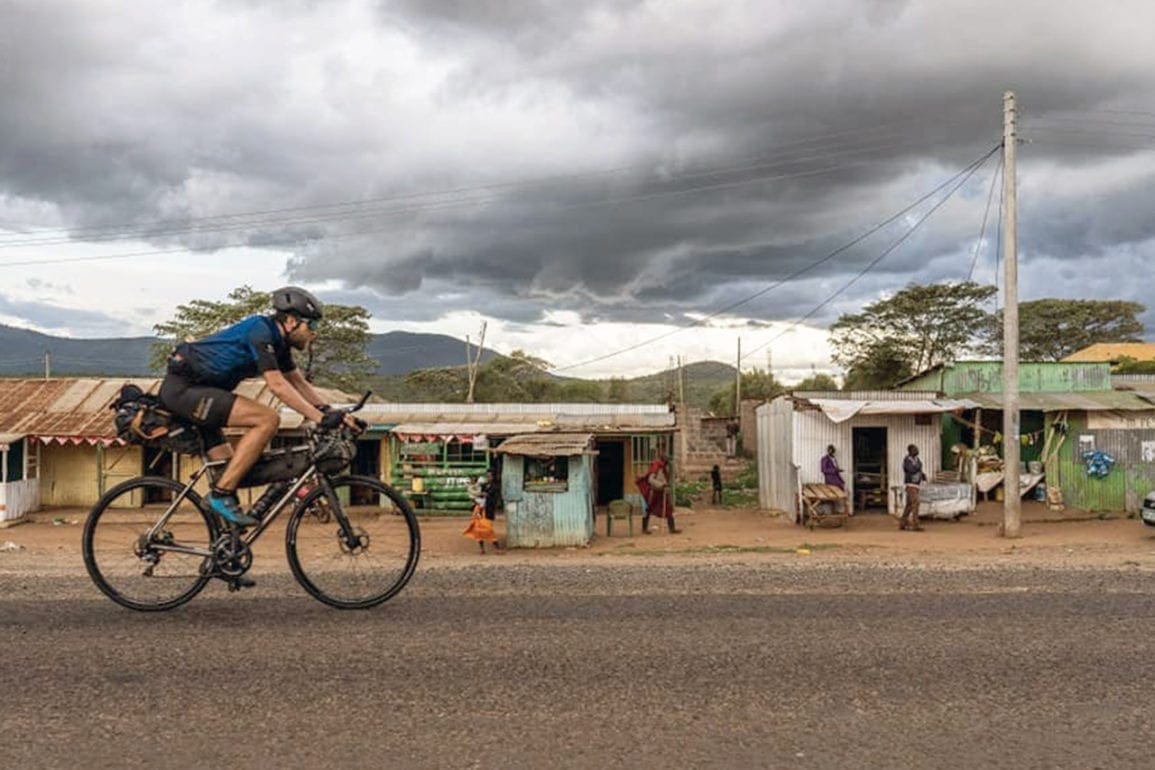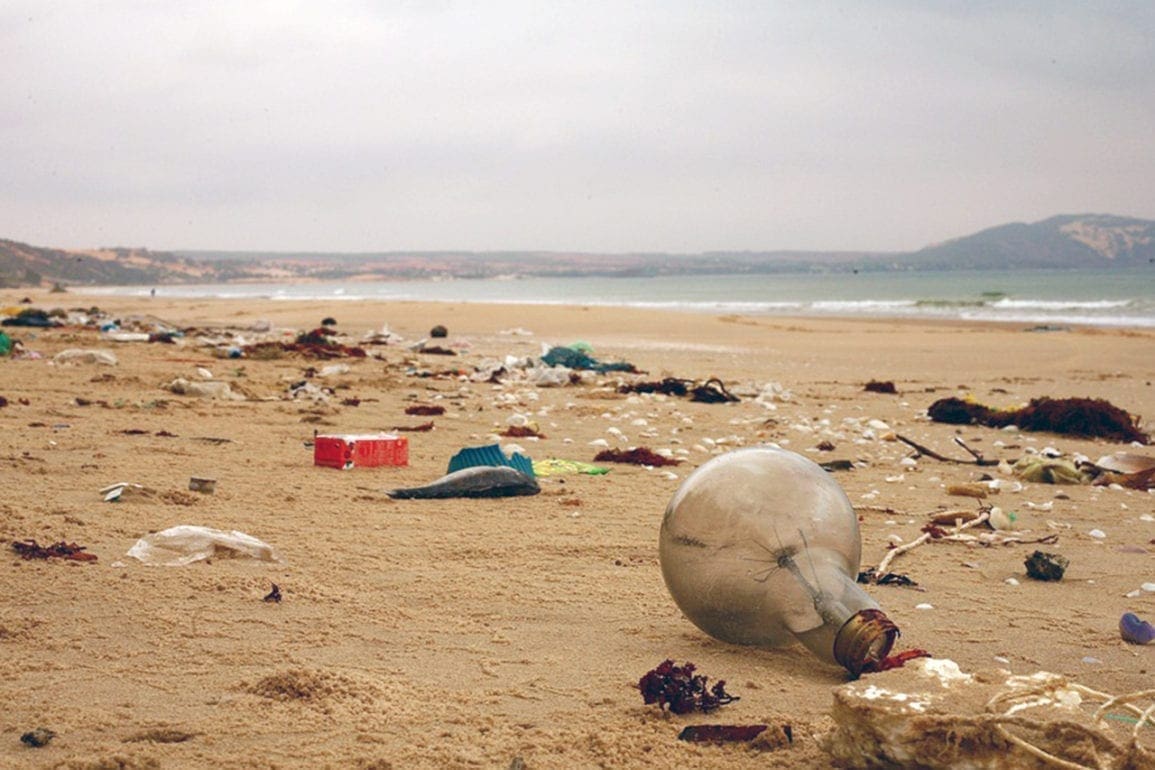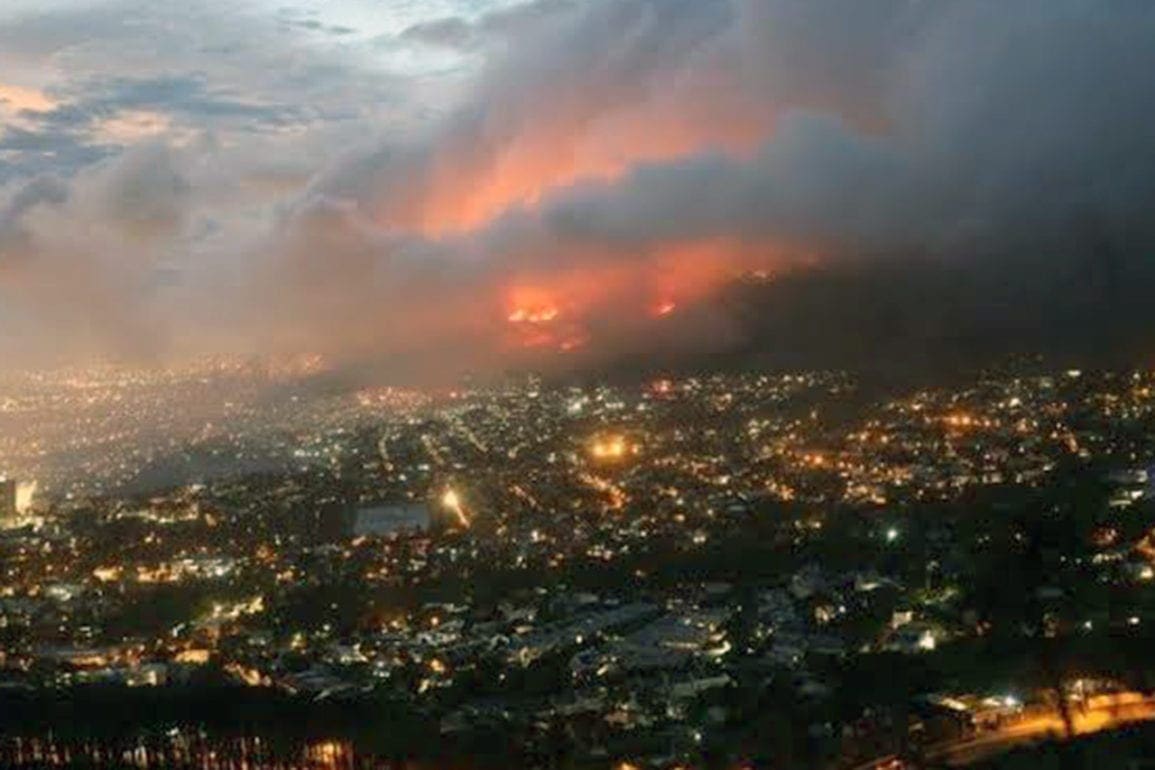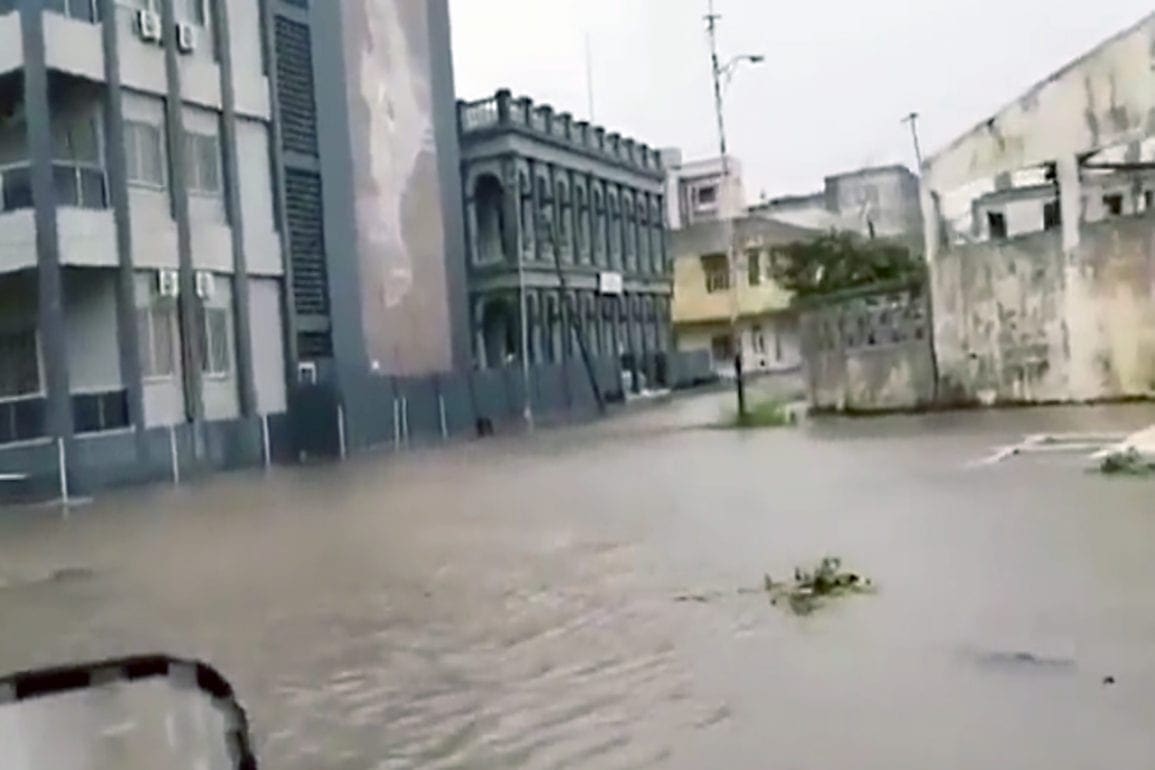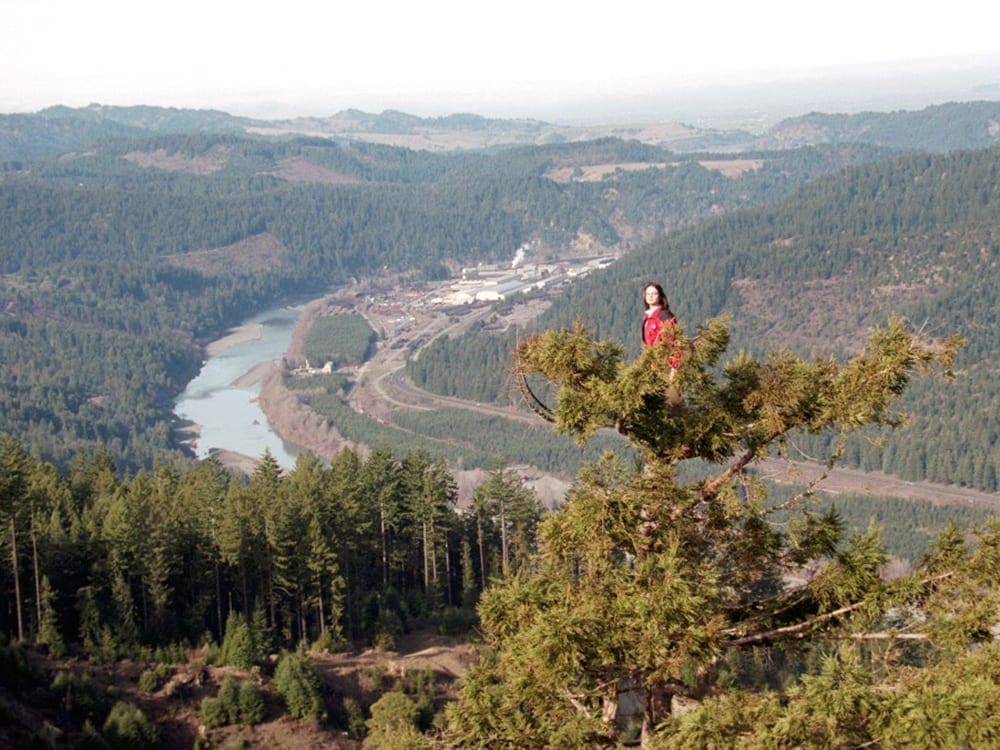Biologist identifies 550 species of flora in Patagonia, publishes most complete study in history
A strong energy erupted in my chest as I thought of the luminous colors of the flower peeking out from the rocks as the wind blew their sweet perfume through the air.
- 2 years ago
December 30, 2023



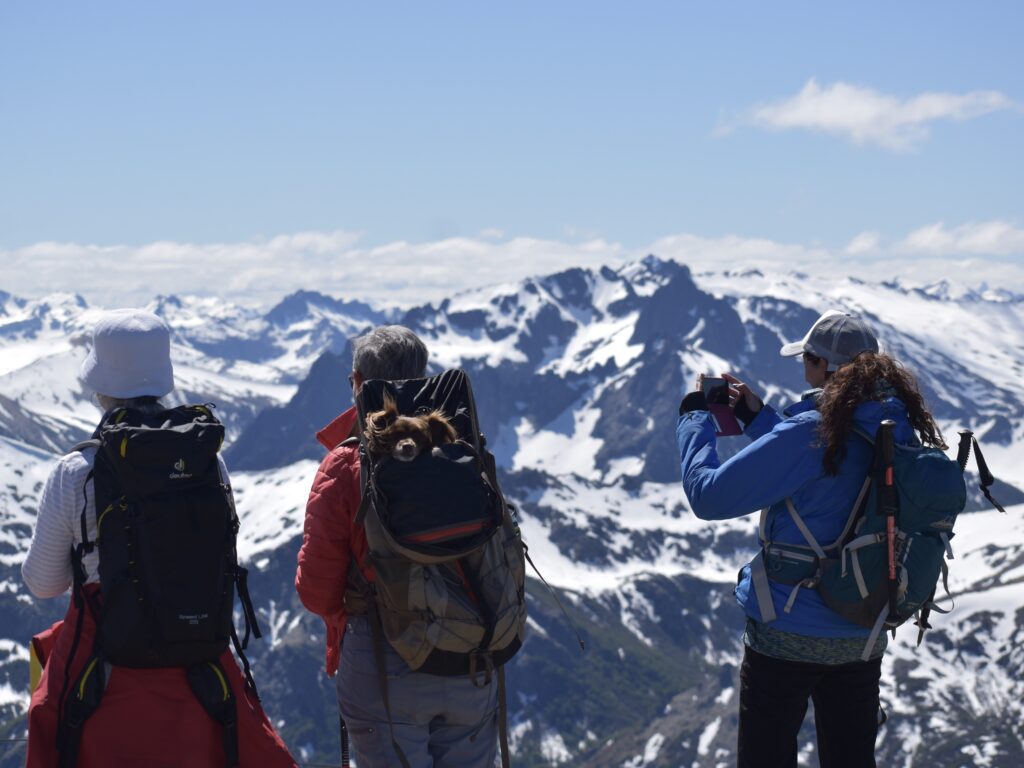
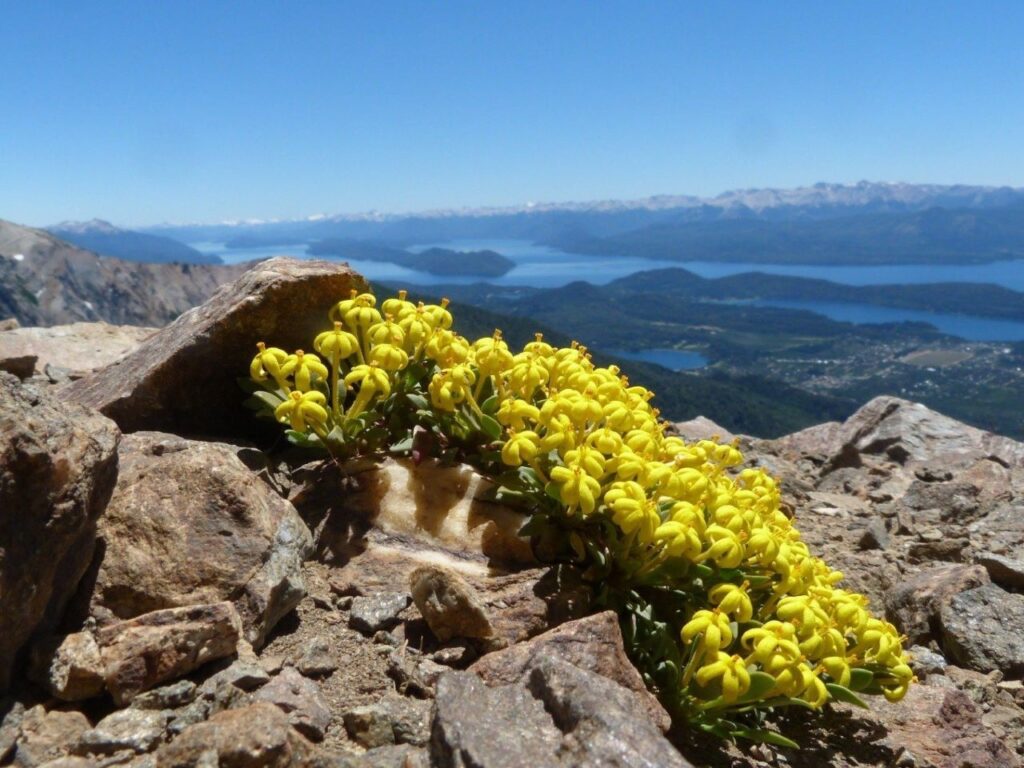
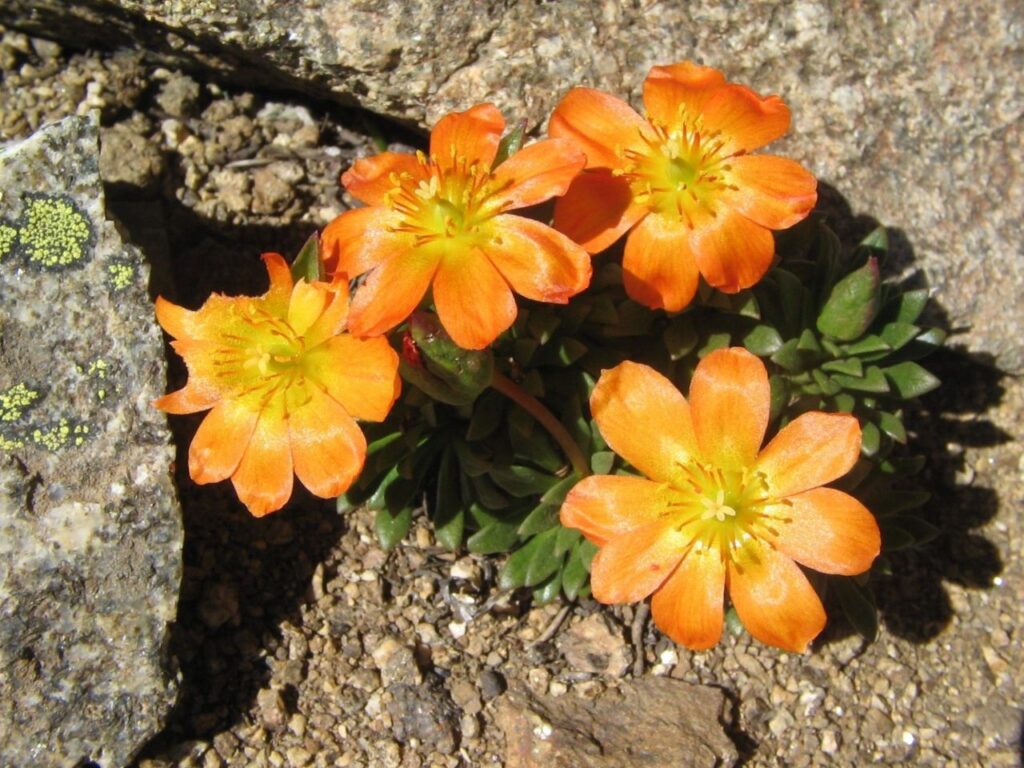
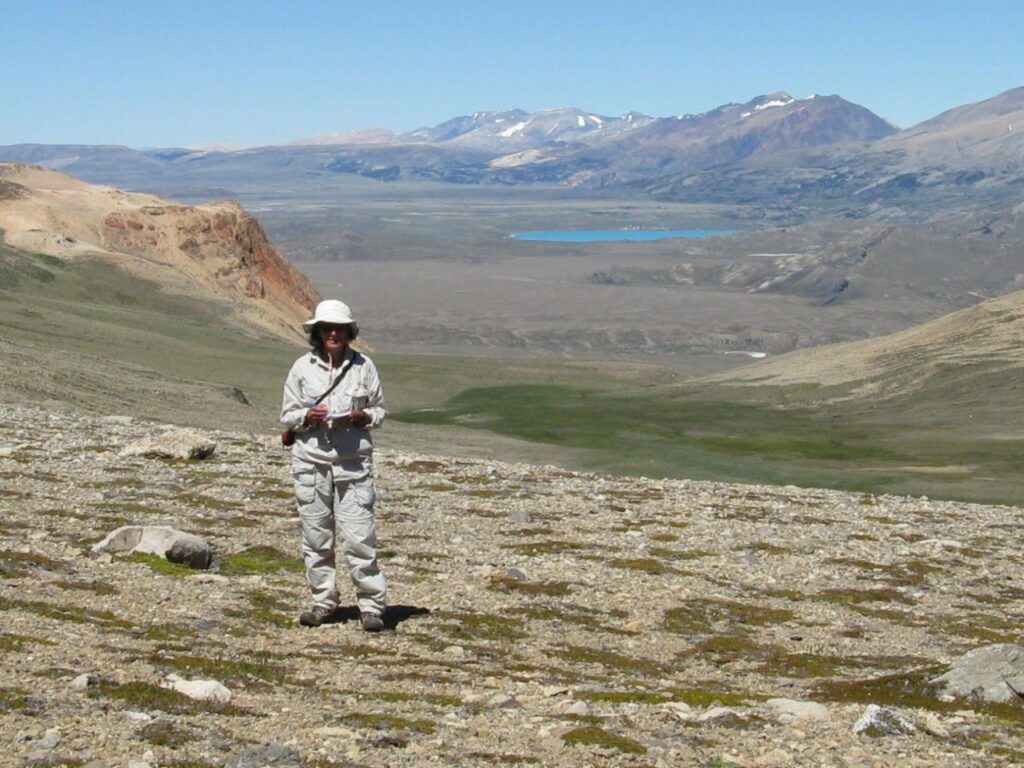

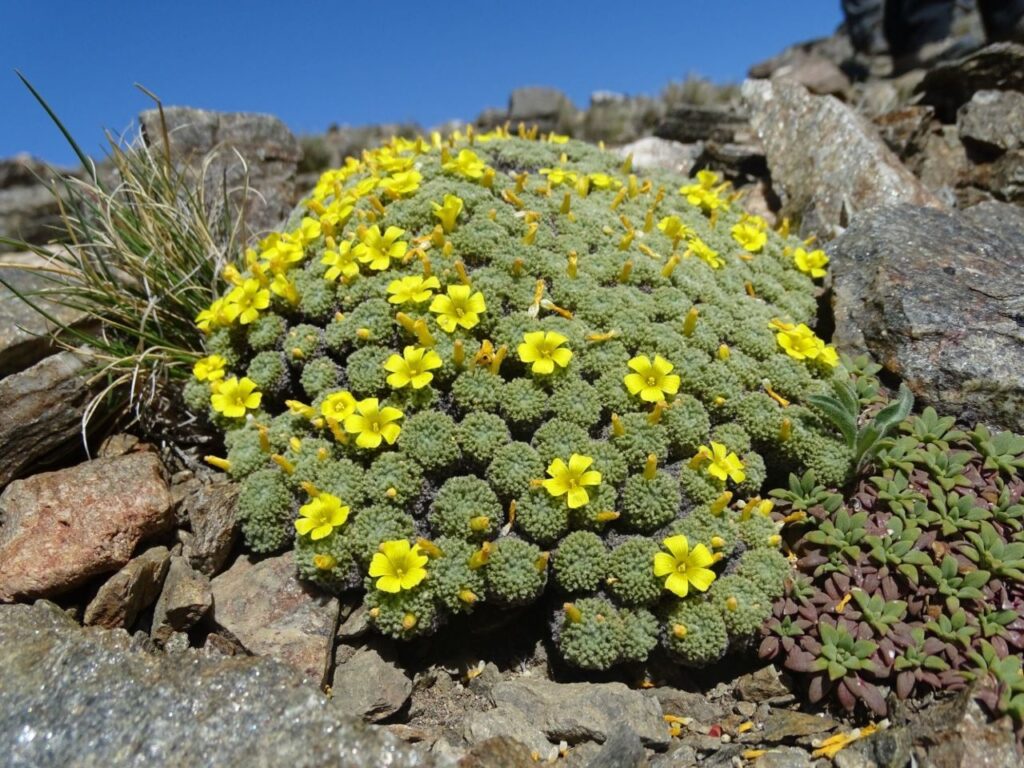
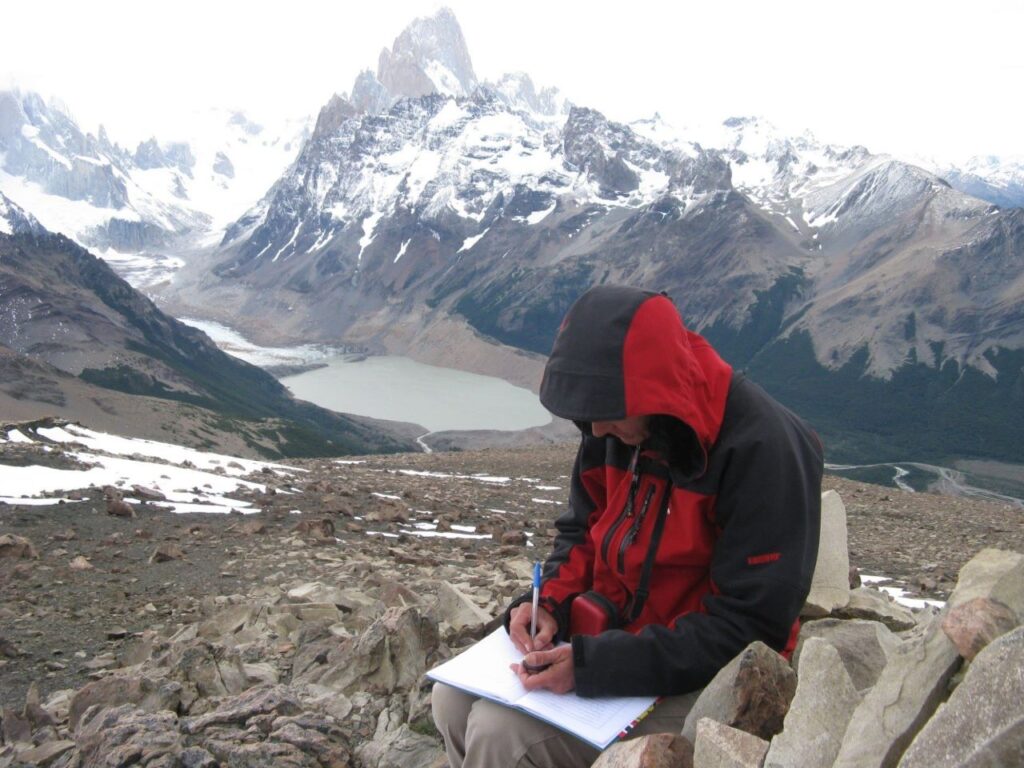

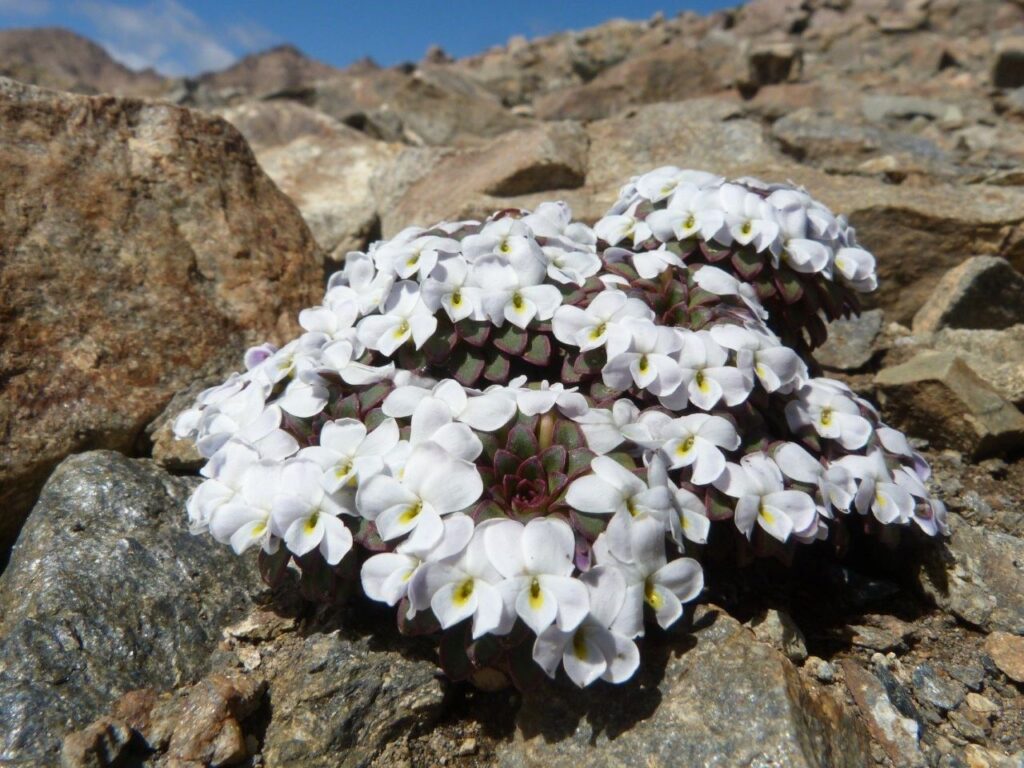
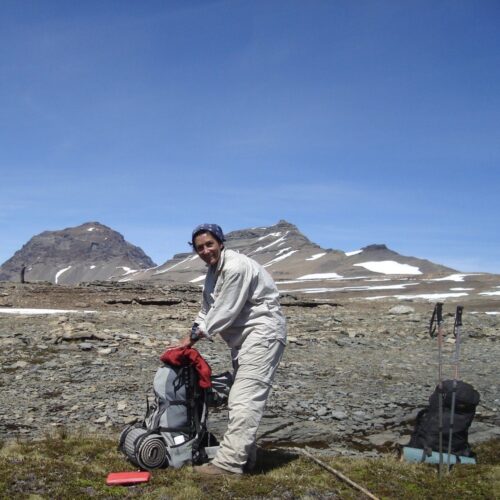
PATAGONIA, Argentina ꟷ After spending 30 years researching high mountain flora in Patagonia, I looked at all my discoveries, which I had jotted in notebooks. “What do I do with it all,” I asked myself. “Who could decipher my notes or recall all of the images in my mind?” I began cleaning up the data and I published my research after climbing 111 mountains. When I began to add up all I had seen, I counted 550 species of flora – nearly 23 percent of all the species that exist in Patagonia.
Looking at the publication felt like a journey through my life. With each turn of the page, I reveled in a past adventure. My work represented the most complete study ever done of the high-mountain plants of Patagonia.
Read more environmental stories at Orato World Media.
In the fields of Rio Cuarto, my love for biology emerged
Growing up in rural Rio Cuarto, the lush trees, expansive wheat fields, and roaming animals served as my playground. As the wind moved the ears of wheat, I listened to their gentle cadence amidst the orange sunsets. My father made me an explorer. We looked at fish in the river and studied plants and animals; we climbed trees and watched little birds being born. “Look, Marce,” he would say in amazement as the eggshell broke, little by little. It felt incredible to hear the chick calling for its mother.
In school, I developed a keen interest in Biology because of my upbringing. Though I initially focused on animals, one of my botany teachers inspired me and I fell madly in love with plants. I began discovering new species and it felt like another planet – a micro world – opened up before me.
When a friend took me hiking in the mountains of Patagonia for the first time in 1992, I could barely believe it. The experience inspired me to move to Bariloche and write my college thesis on the high mountain flora.
Very little research existed at that time on these species, and I found a void in scholarly publications. With a deep desire to know the names of the plants, and where and how they lived, I threw myself into a new world and my great life adventure began.
Early expeditions in Patagonia tested my resolve
Walking up the Tronador Mountain in the Andes, 3,500 meters above sea level, I caught sight of a beautiful plant. Its divine flower made me curious to know more. I began photographing it and describing it in detail in my field notebook. I discovered that plants living this high cannot depend on wind for pollination, so they invest extra energy to make very attractive flowers. The flowers draw in pollinators. On my trips I would see bumblebees, butterflies, little flies, spider mites, and even ants visiting the flowers.
My expeditions in the high mountains proved challenging as I found myself subjected to extremely low temperatures and major thermal challenges from day to night. I faced strong winds, extreme radiation, and dehydrating environments with massive amounts of snow. Yet the very process of adaption felt magical, transporting me to another universe.
Small grasses sought protection around rocks and bushes. They looked like small cushions pressed against the ground. Half their structure including their organs remained underground, storing reserves for photosynthesis.
For days in those early explorations, we went without mobile phones and accurate forecasts. We carried big, heavy backpacks with limited technology or equipment. In a flash, you could be caught in a storm. Certainty remained elusive, and we learned to adapt. As the years passed, our expeditions became richer and more complex and in time, I felt the environment speaking to me. It became my home, and I understood its language. I read each of its corners and wrote what it told me in my own language.
I discovered a never-before-seen species of flora
Whether facing the imposing ice on the Perito Moreno Glacier or traveling by horseback over hills, I fell in love more and more with the high mountains of Patagonia and my heart exploded with happiness. Gradually, resources modernized and I could begin using GPS, weather forecasting, and digital images.
One day, after the difficult years of the COVID-19 Pandemic, my dream of traveling to a specific mountain in the Zapala area in the province of Neuquén became a reality. When we reached the summit, I spent several hours exploring when I came face to face with a unique plant. It looked similar to a Viola but boasted several unique features.
“What is it,” I thought. Certain I never saw it before, I snapped some photographs, lingering for a little bit longer. Back at base, I searched through reference books and found nothing, so I sent the images to the Darwinian Institute. The investigation confirmed this was a new species, never before recorded.
I stood in disbelief, in a magical state, when they informed me of another crucial detail. They baptized the new species of flower with a name. They called it Viola Marcelaferreyra – after me! A strong energy erupted in my chest as I thought of the luminous colors of the flower peeking out from the rocks as the wind blew their sweet perfume in the air. I felt an immense sense of freedom and a connection to the universe.
Serving as a custodian for plant life in the high mountains of Patagonia
I continue my expeditions, even now in my sixties, more than 30 years after that first revealing ascent that opened my eyes to Patagonia. Today, I understand my connection with plants at a deeper level. When I walk up the slopes, like a magic phrase, I ask, “Where is the species I am looking for? I want to see you.” Then I close my eyes tightly, breath in deeply, and let an external force guide me.
My experience and knowledge, along with that force, allow routes to materialize before me and as I walk them, I am in fluid dialogue with nature. My current goal is to achieve more protection for the vulnerable species, affected by human encroachment on their environments.
This unique gene pool of plant life representing thousands of years of evolution remains in a fragile and delicate environment. If they are lost, they will be lost forever. I feel as if my role is to be their custodian.
As I work my way along different paths and routes – alone or with other mountaineers, park rangers, photographers, or friends – I return to my playground. At night, I crawl into my sleeping bag alone under the stars and the magic of the milky way. It is then, I feel small again – existing in the middle of something perfect. I take in the immensity all around me in the high mountains of Patagonia.



